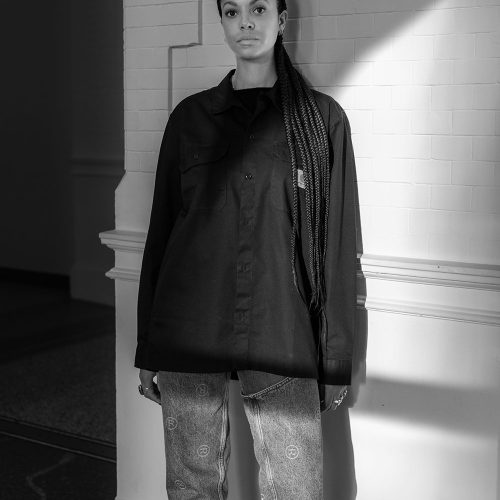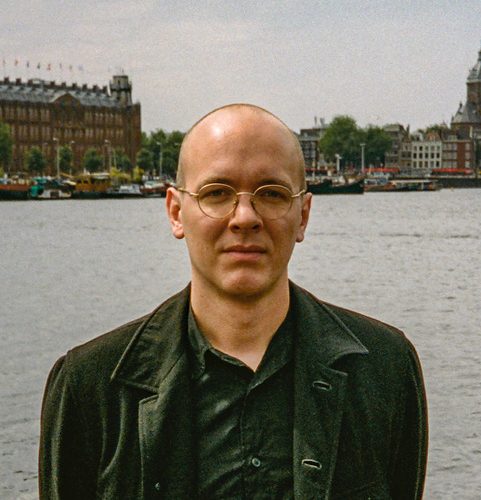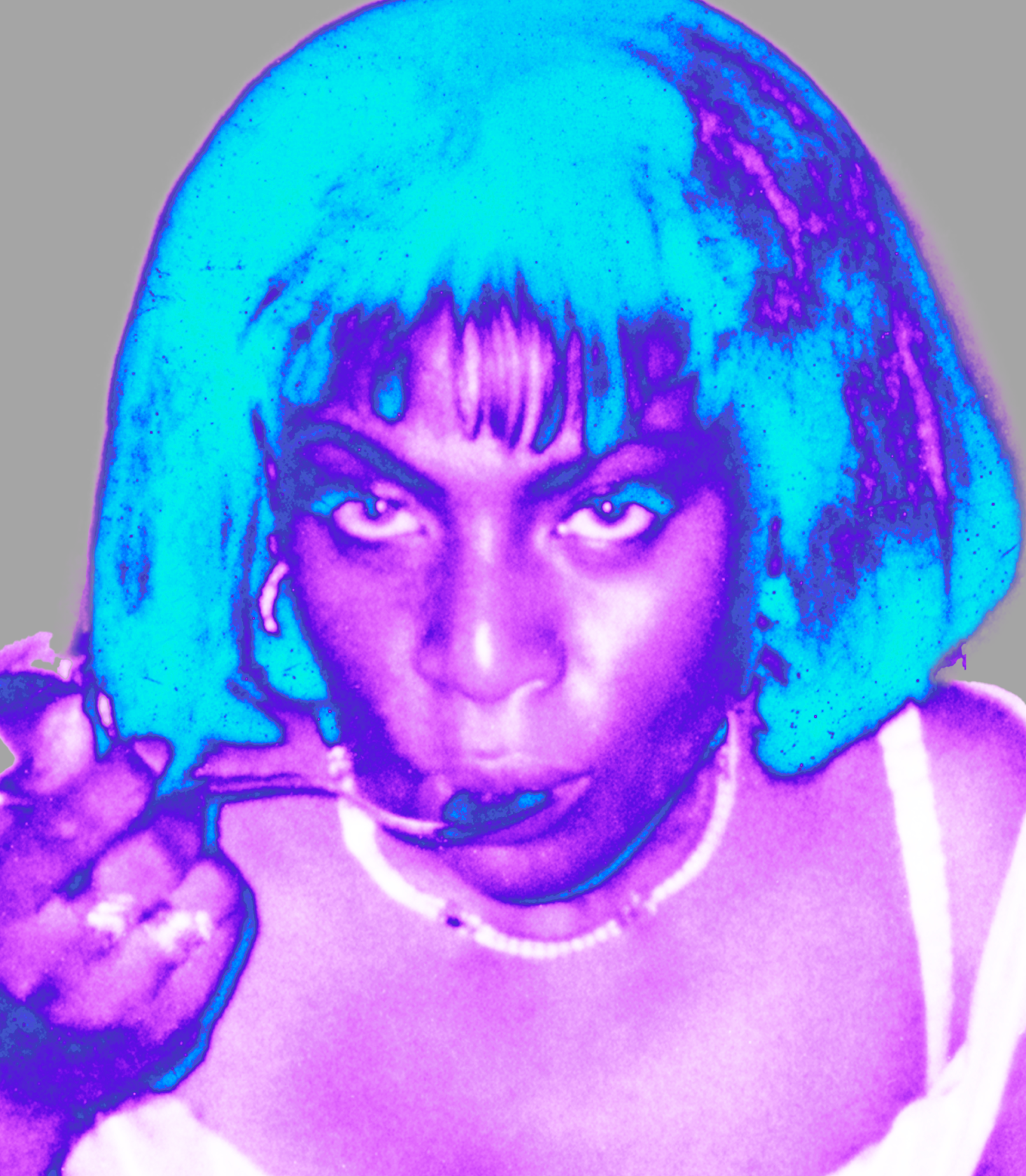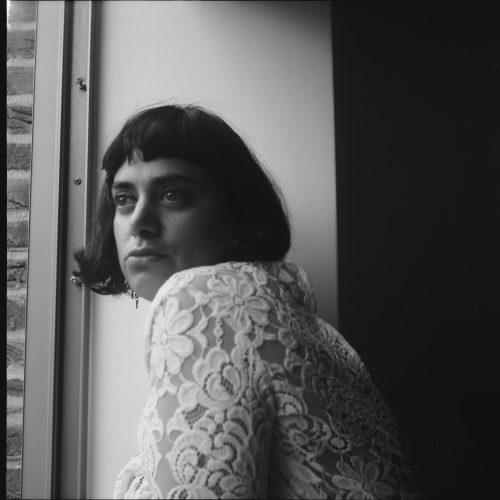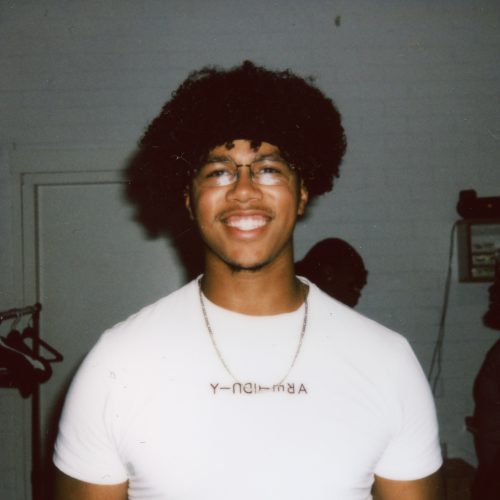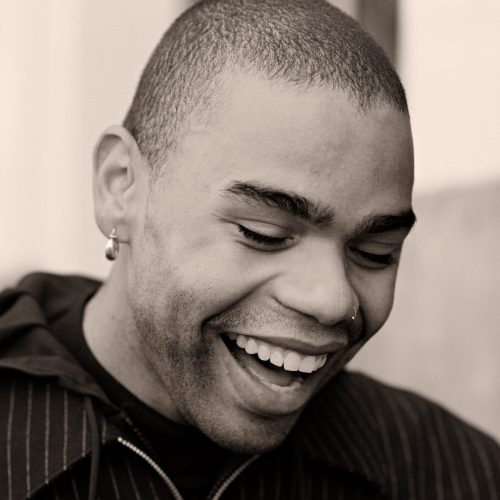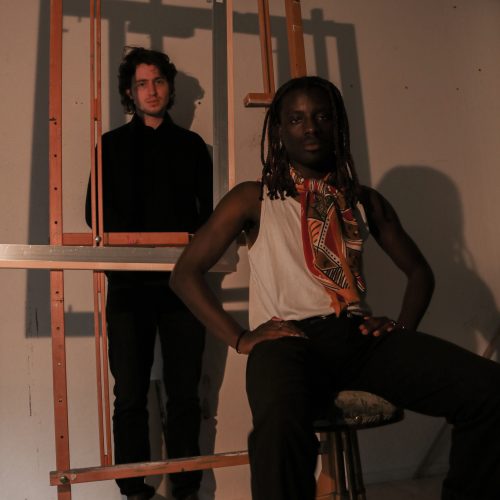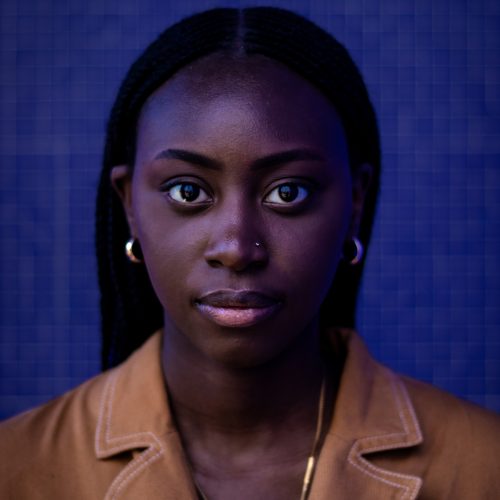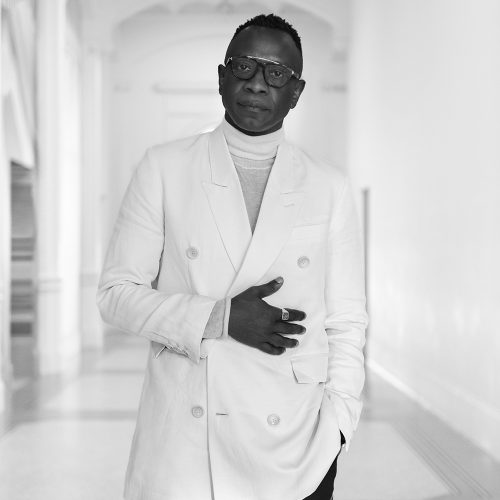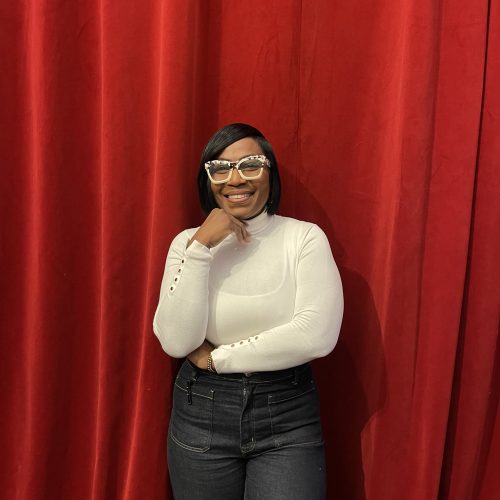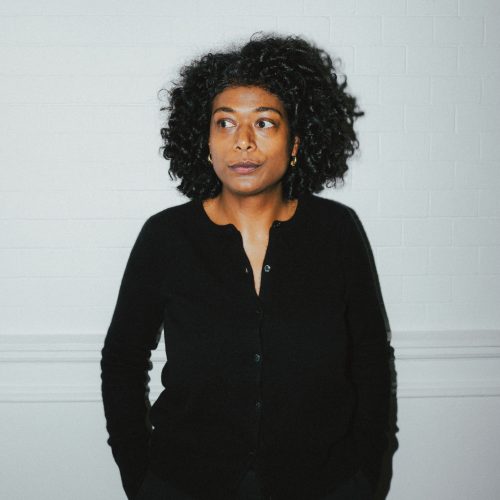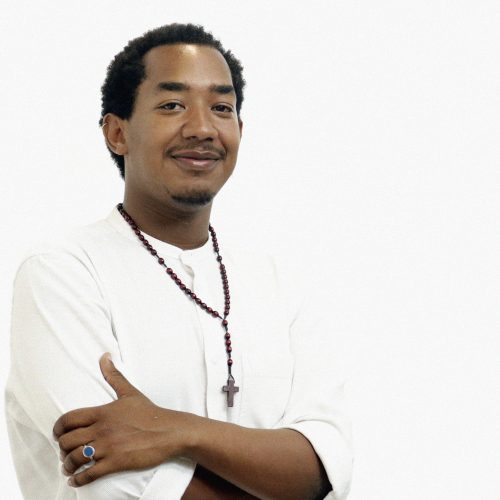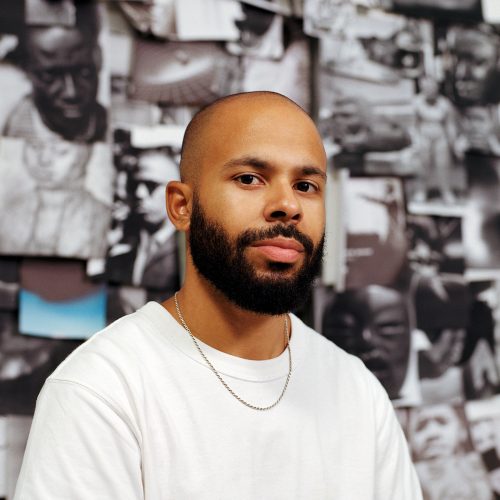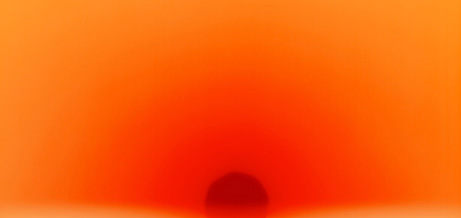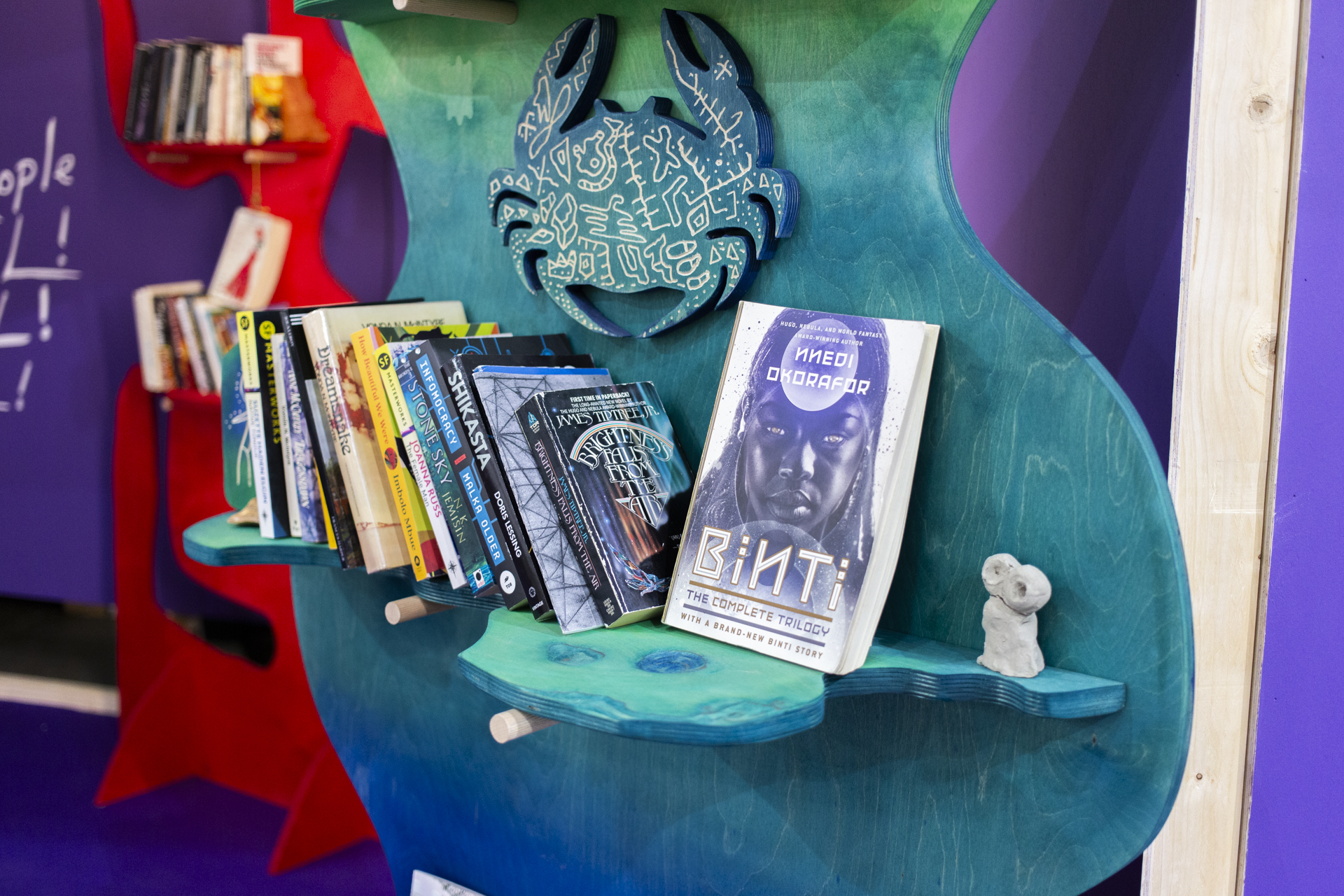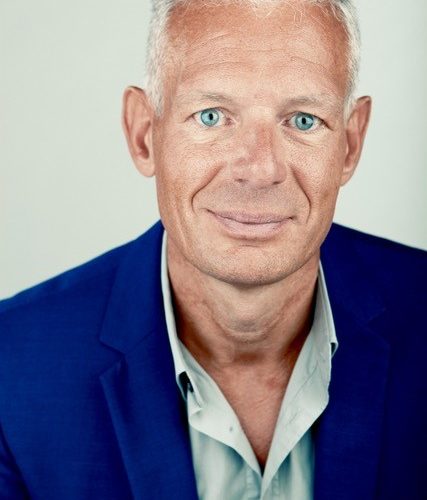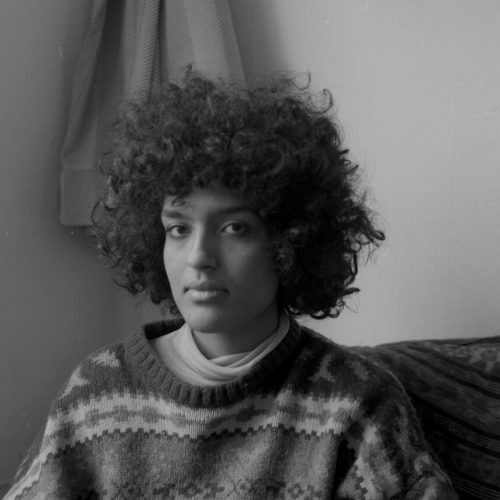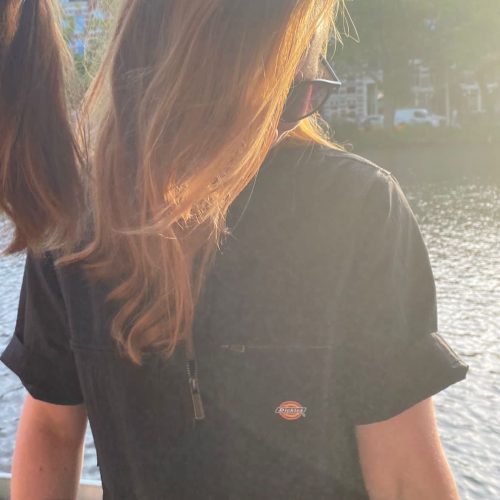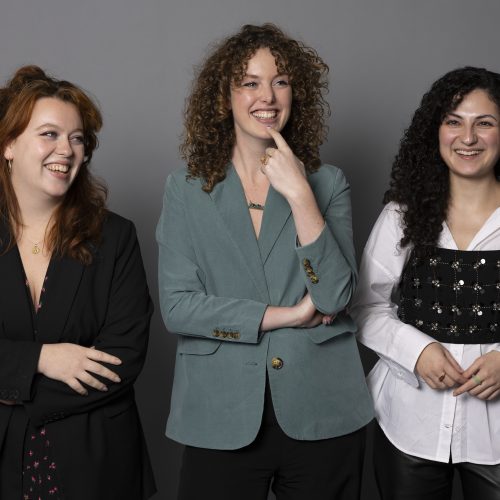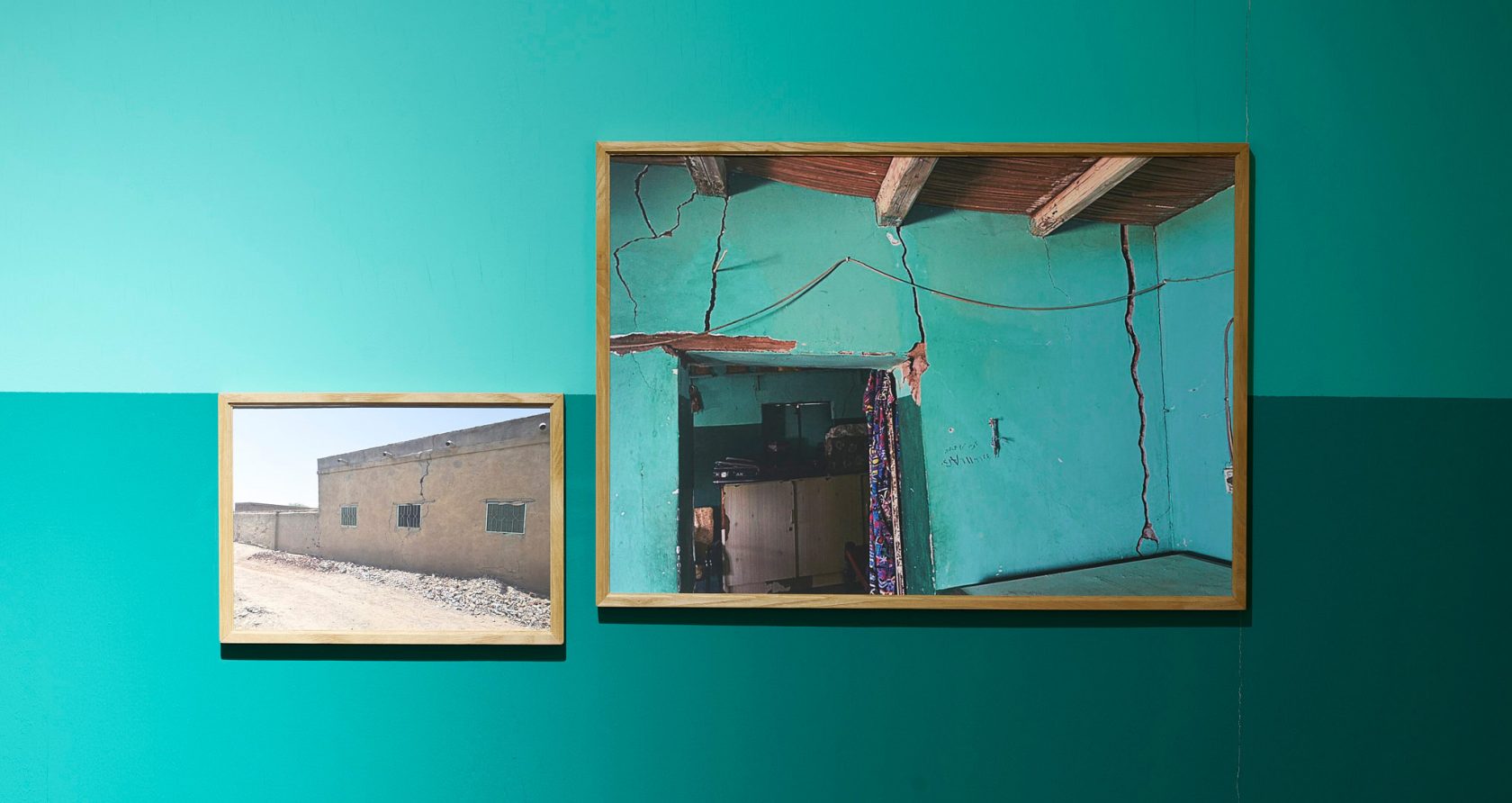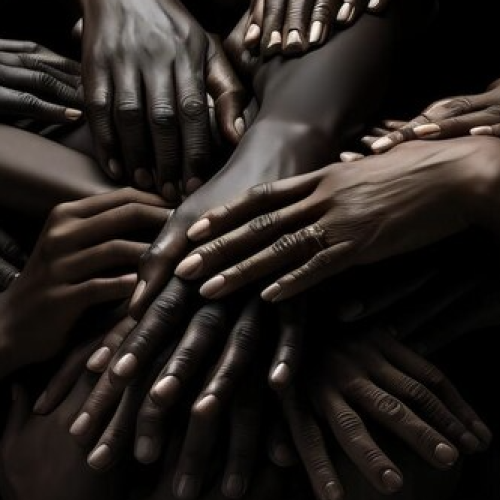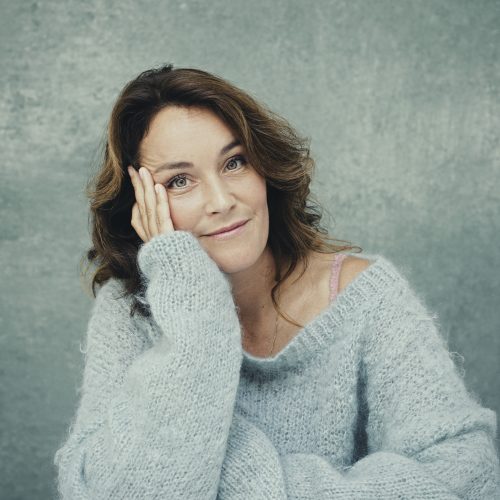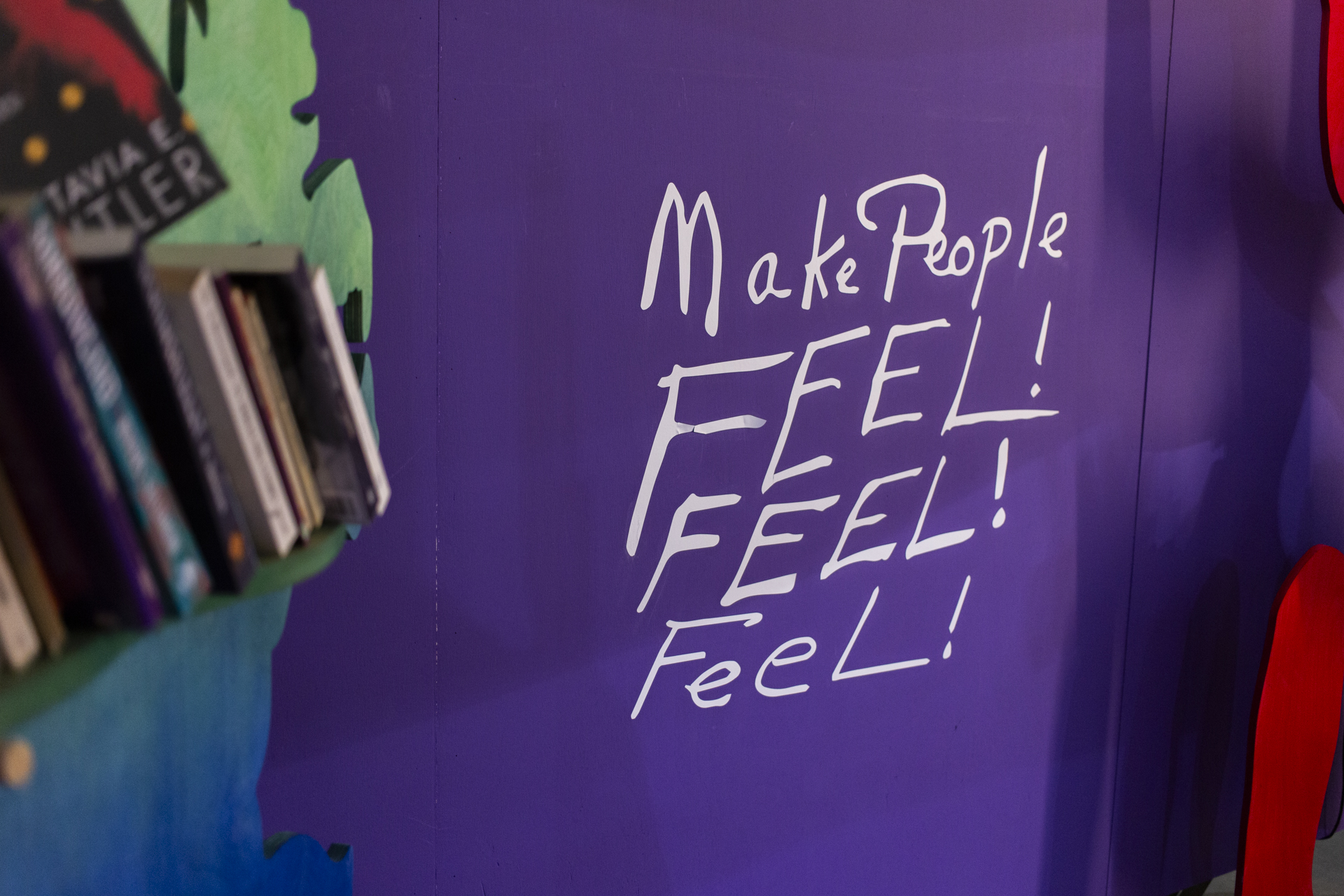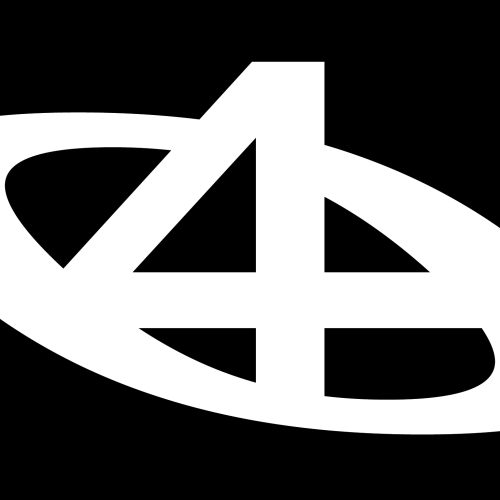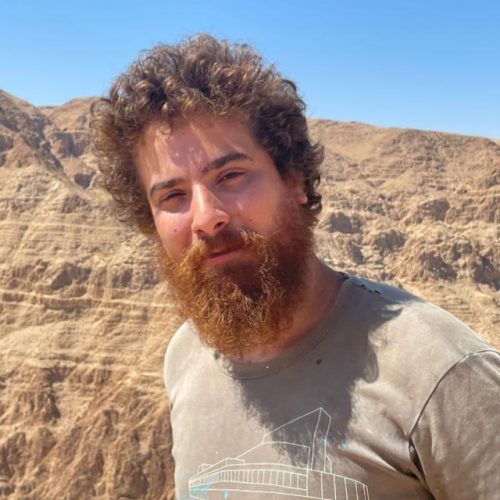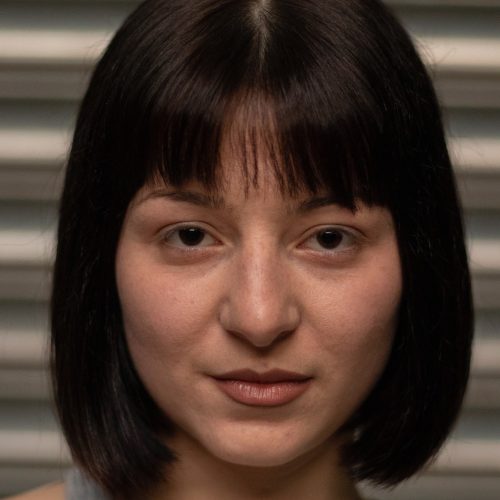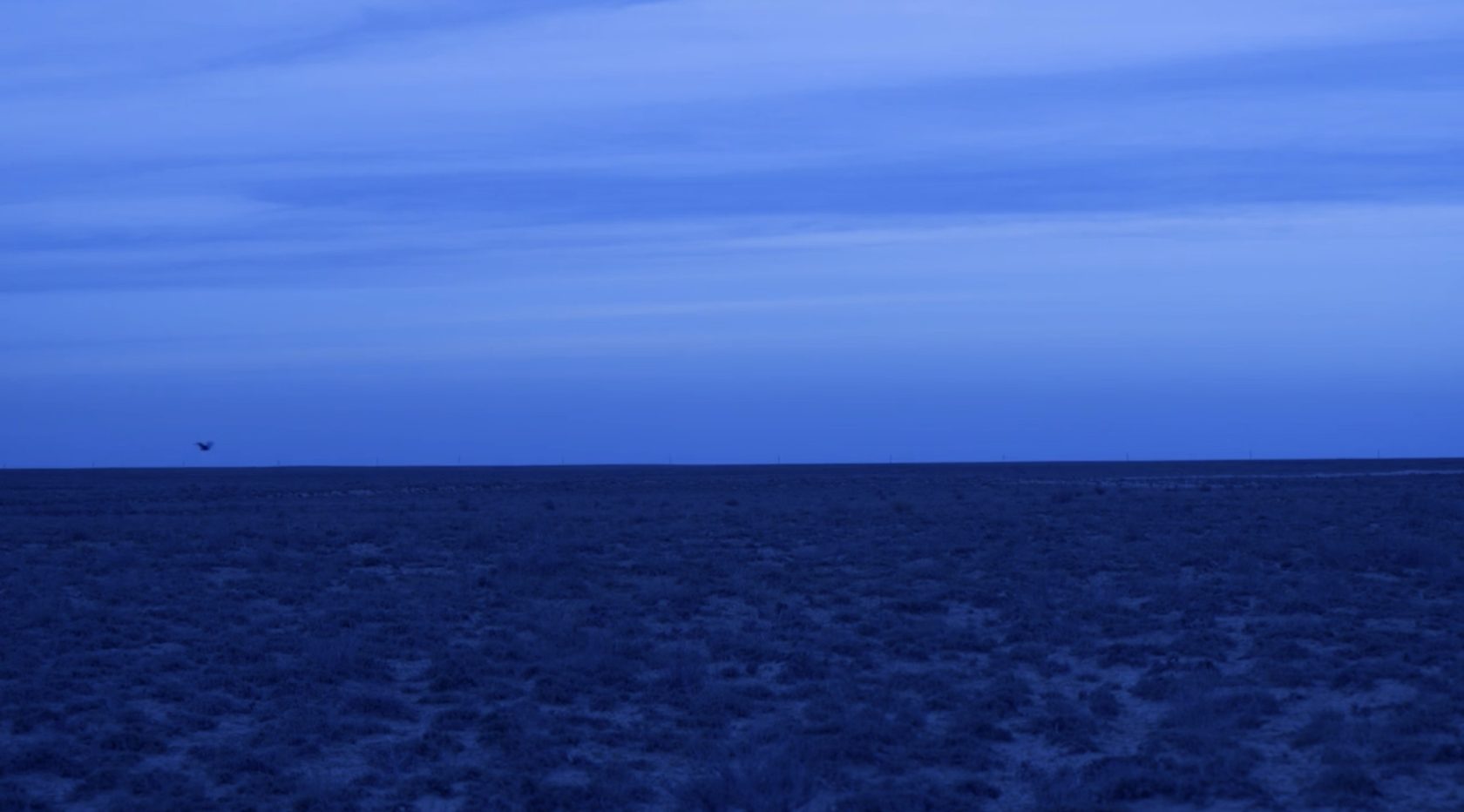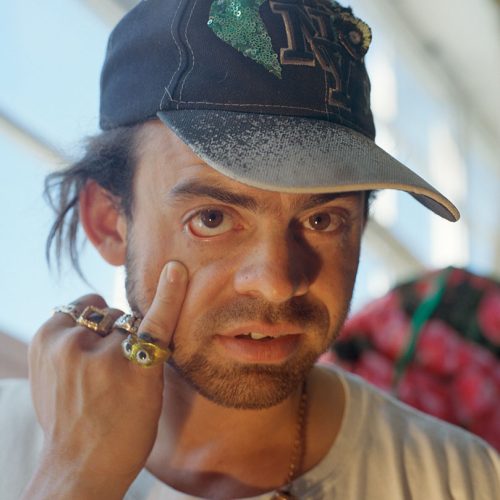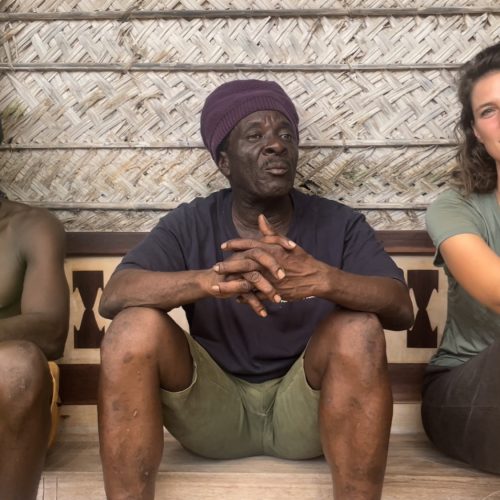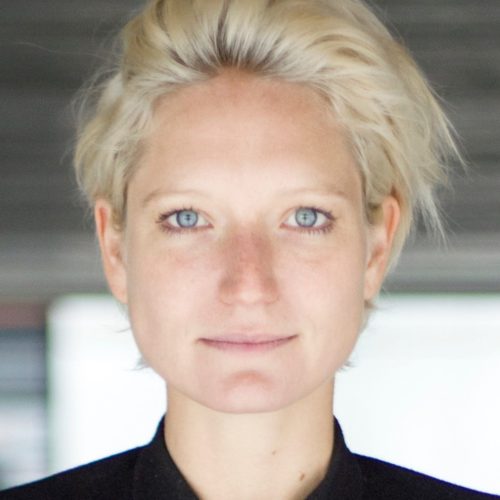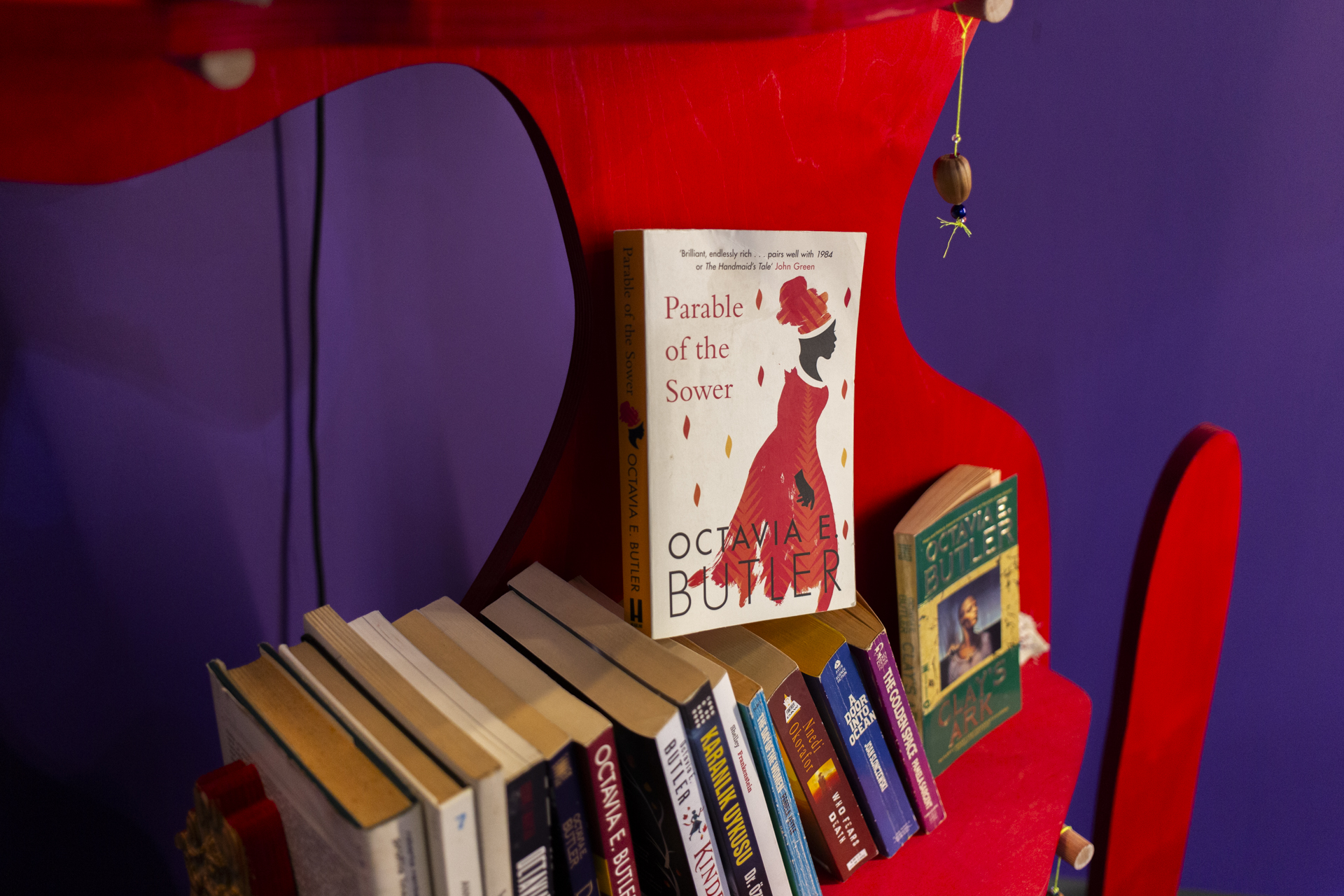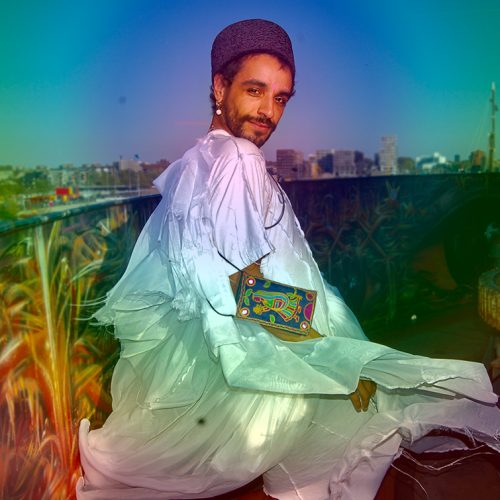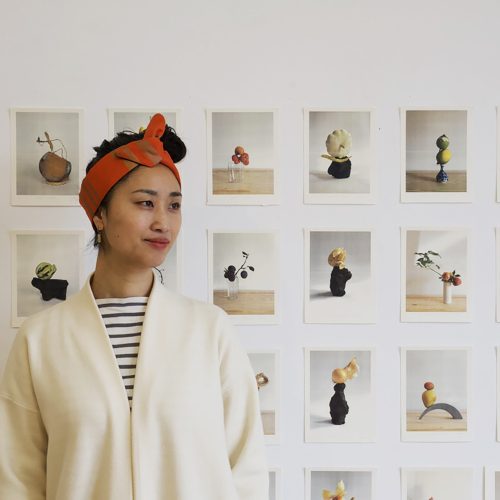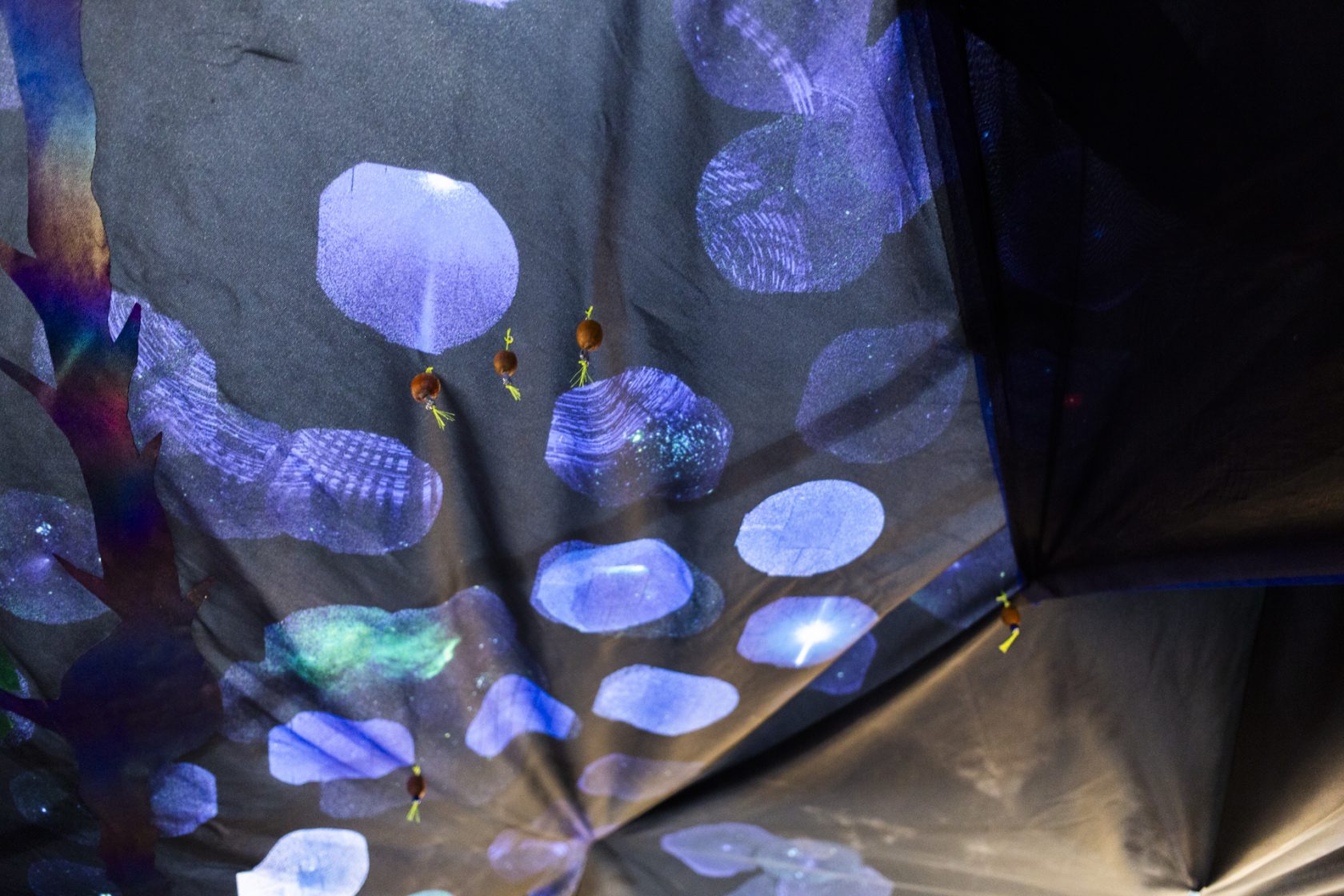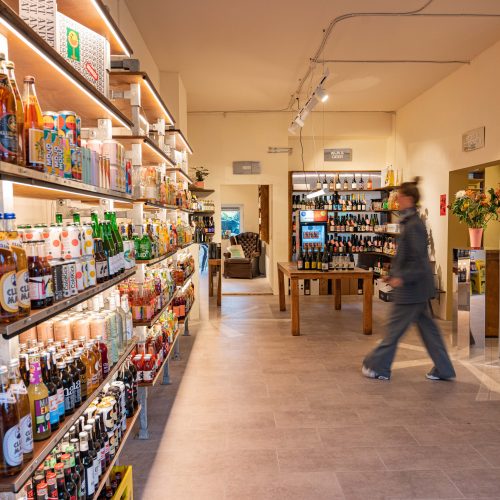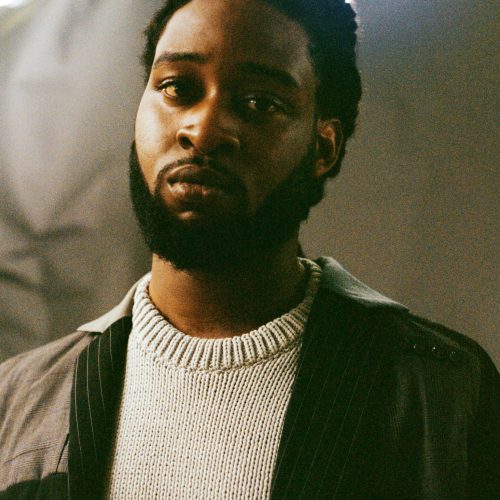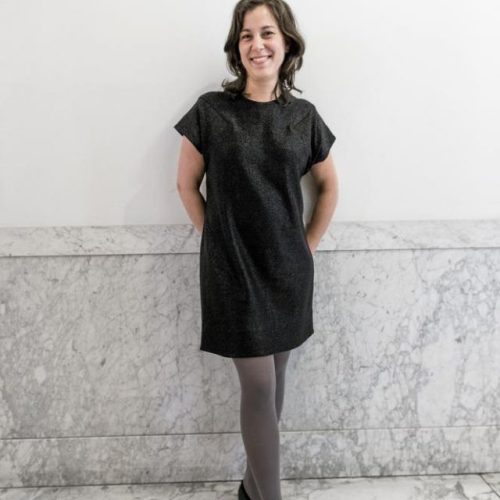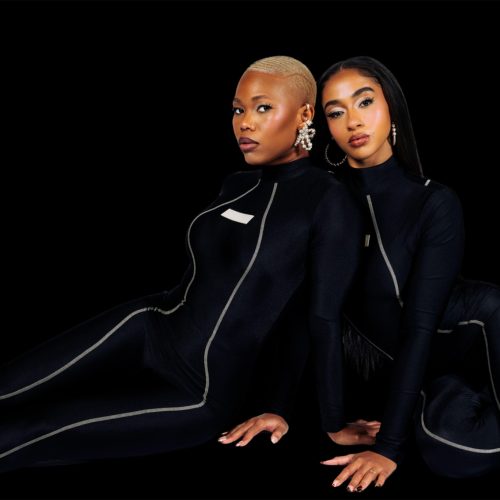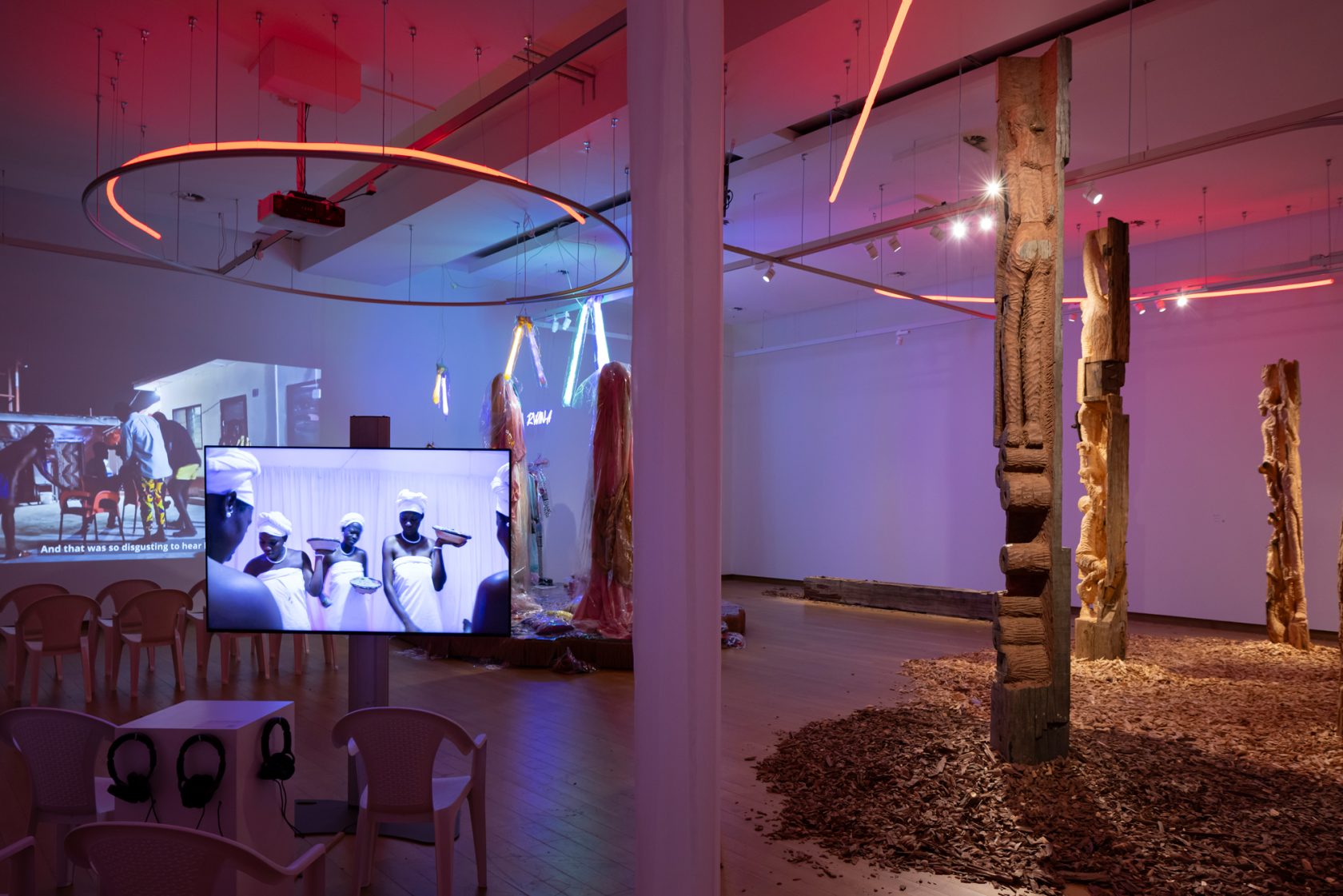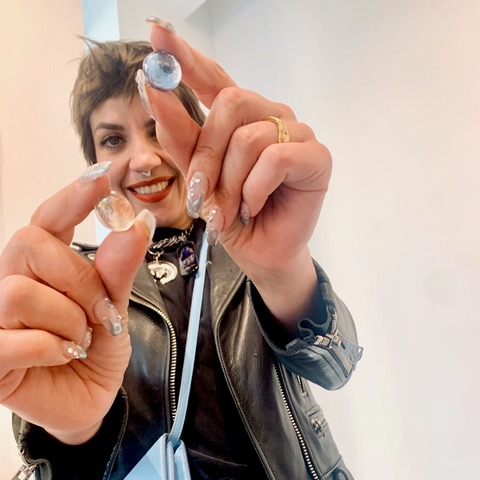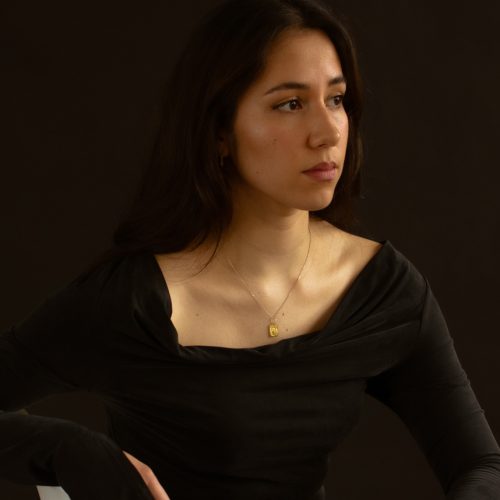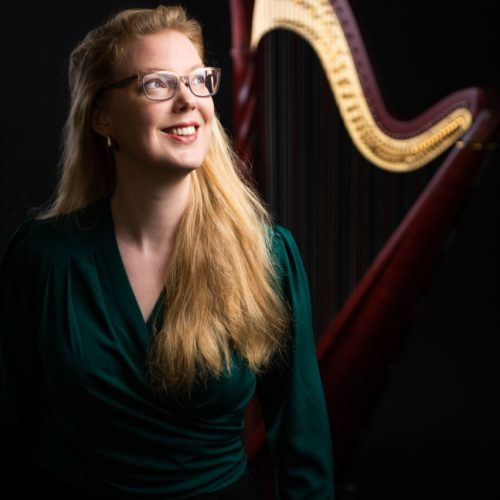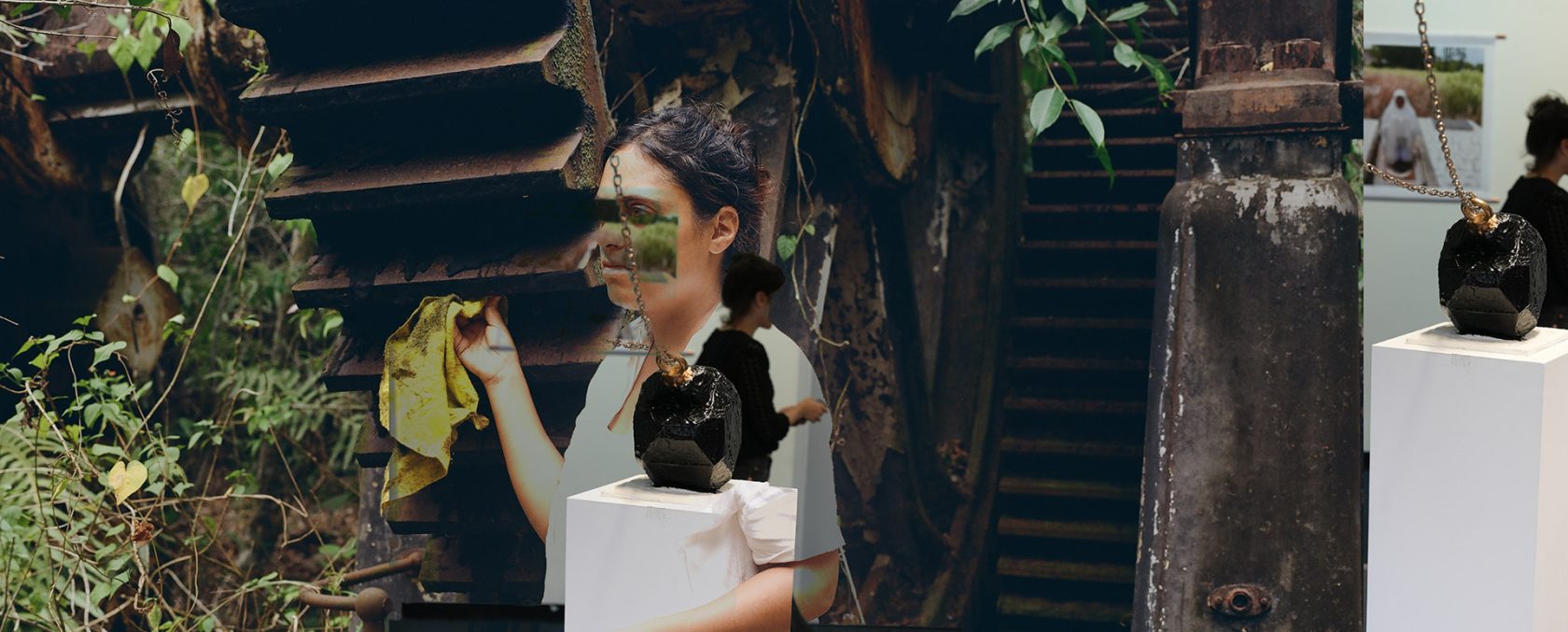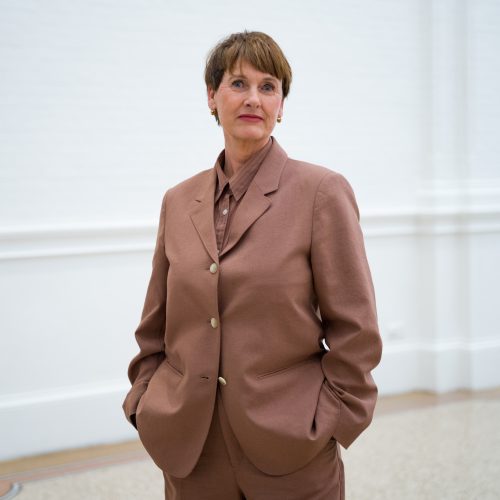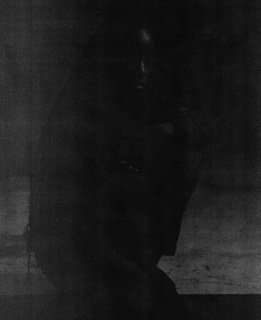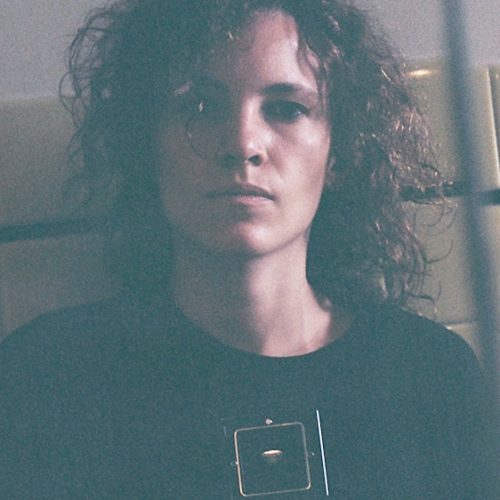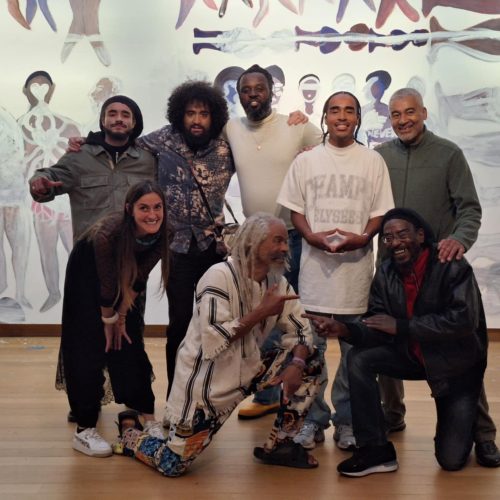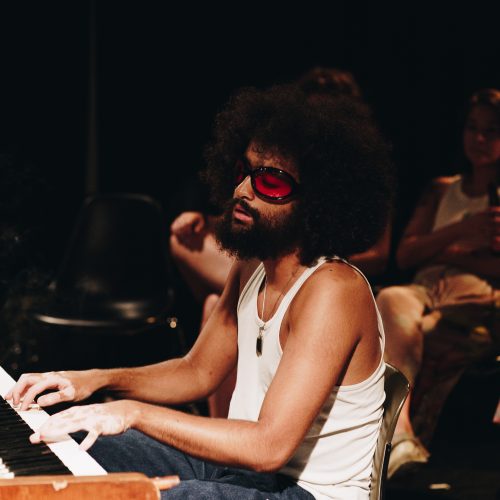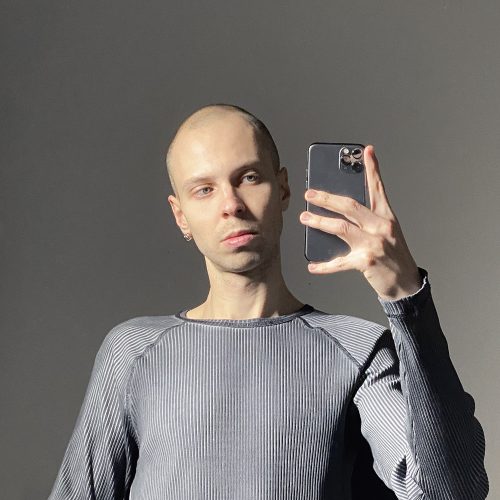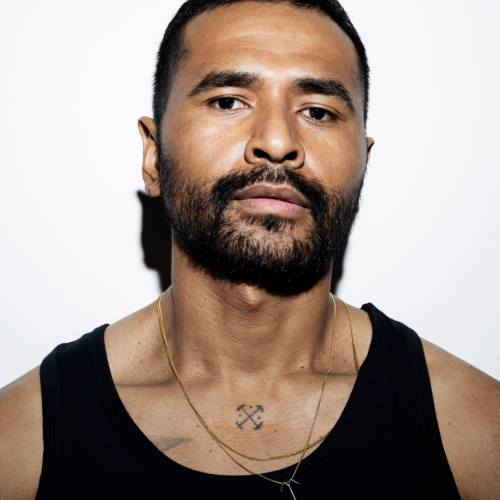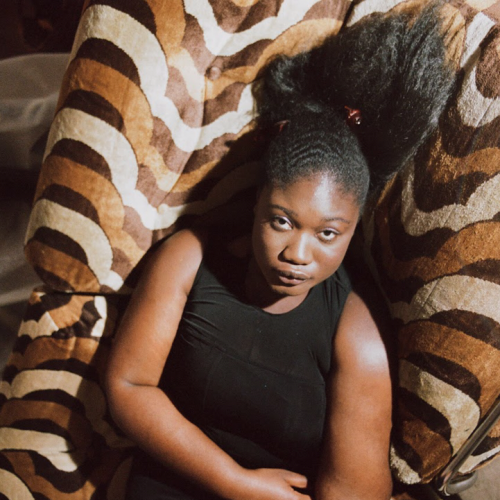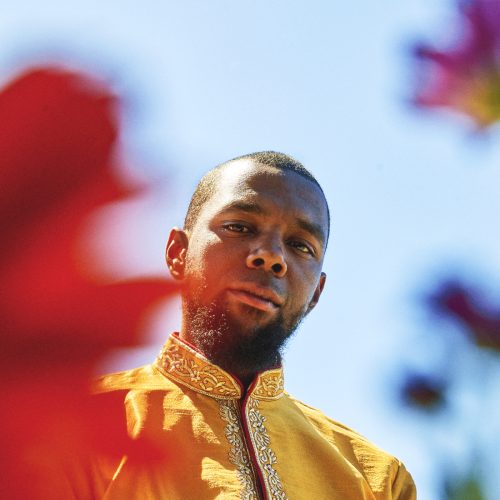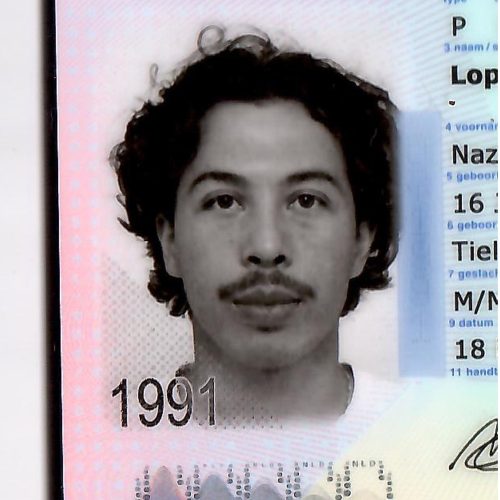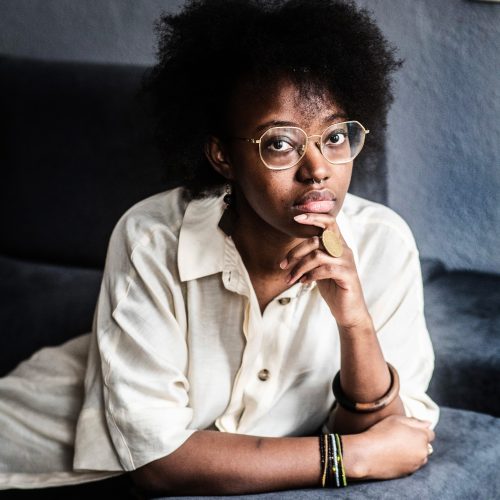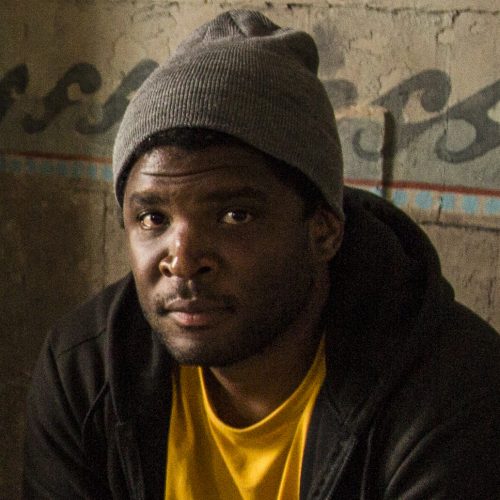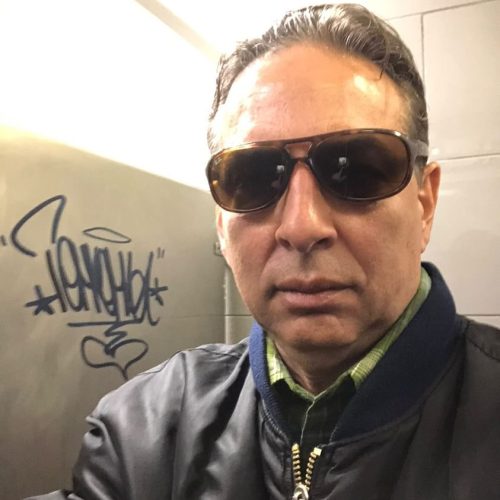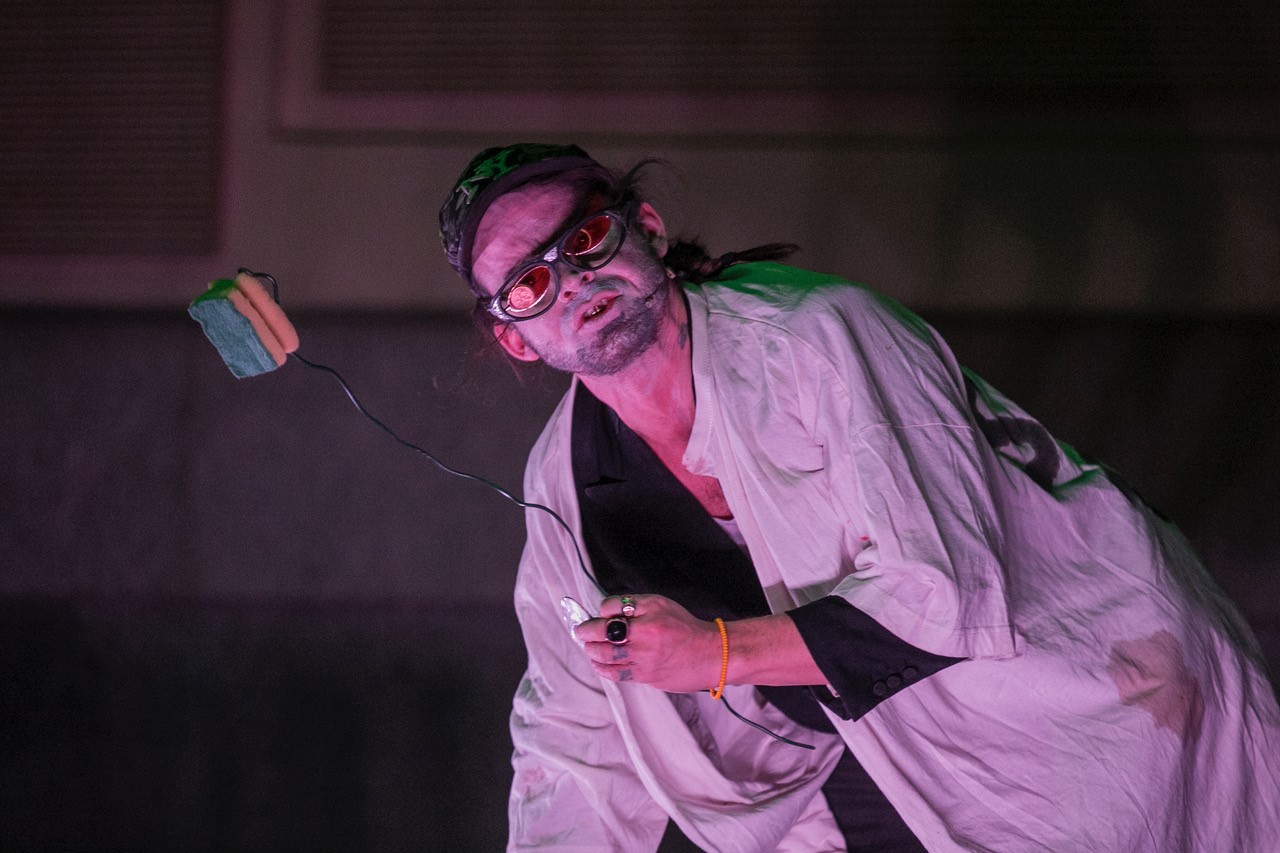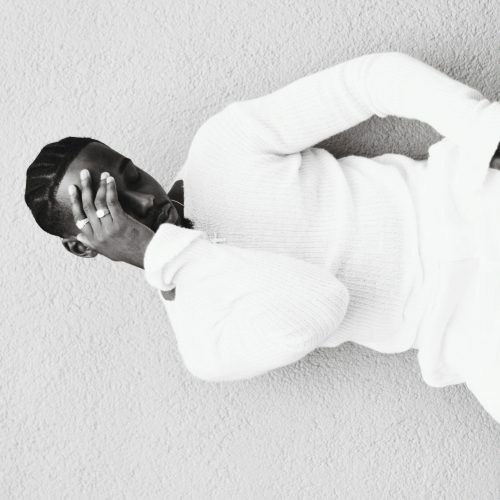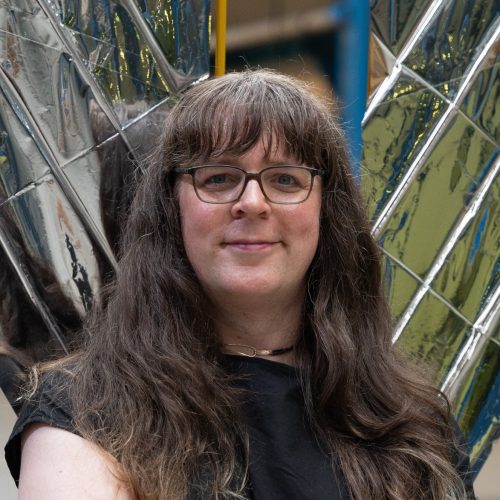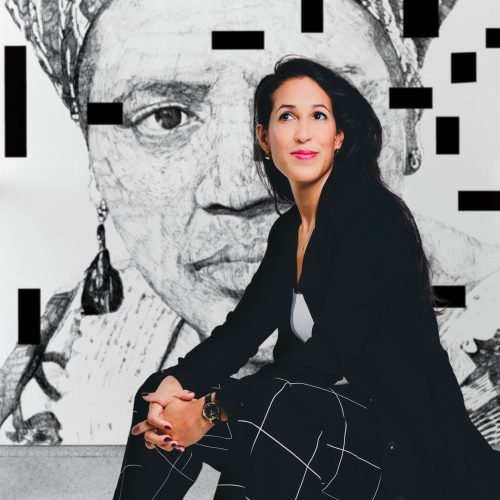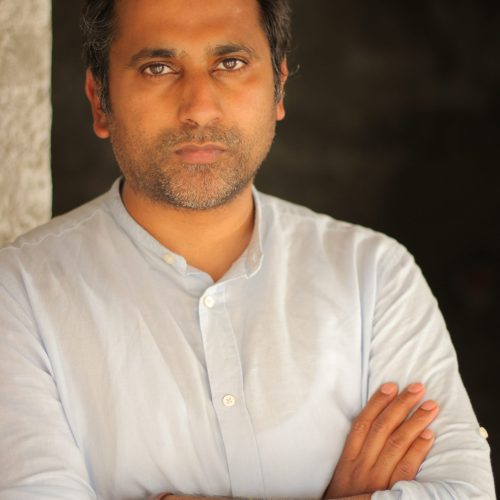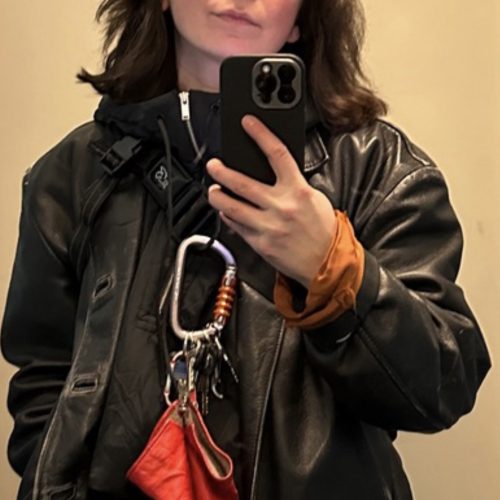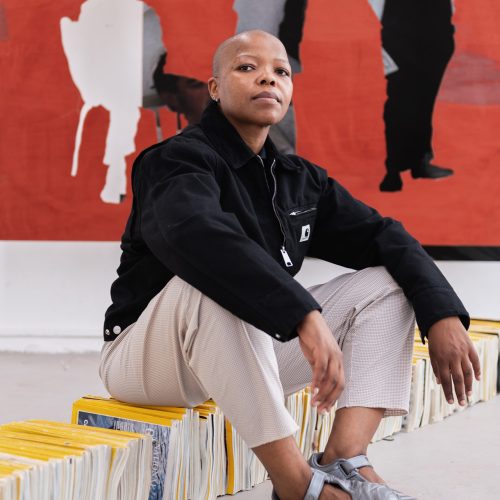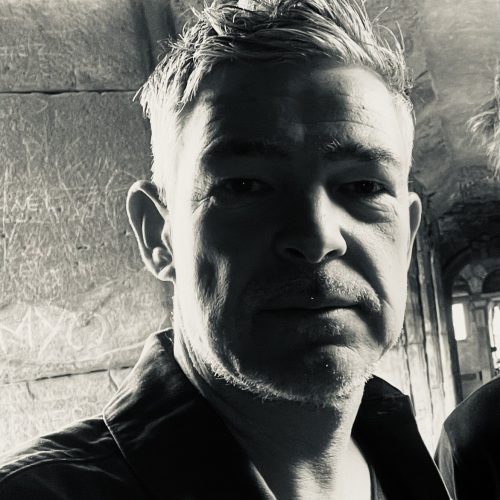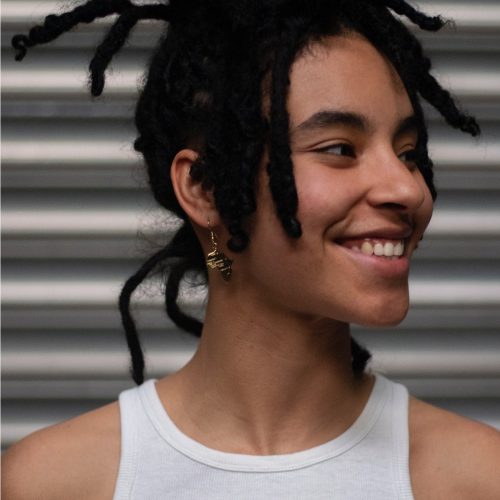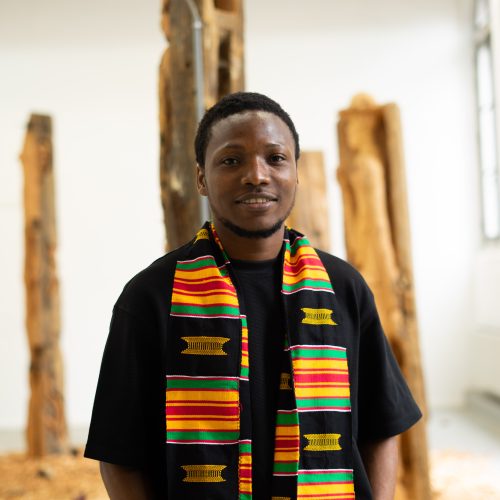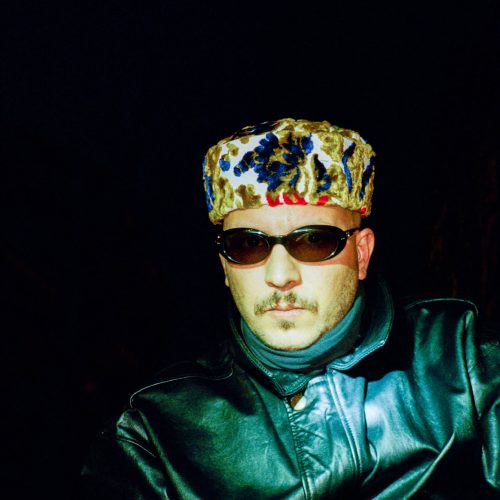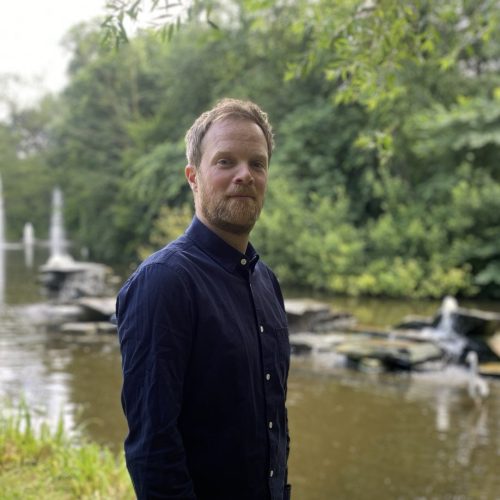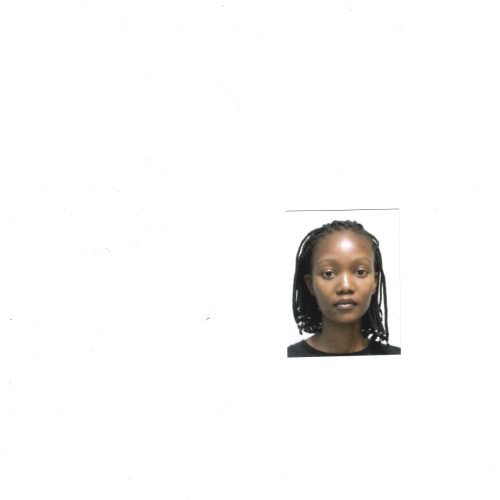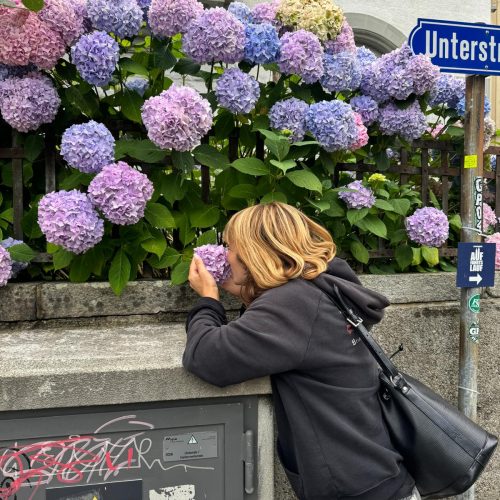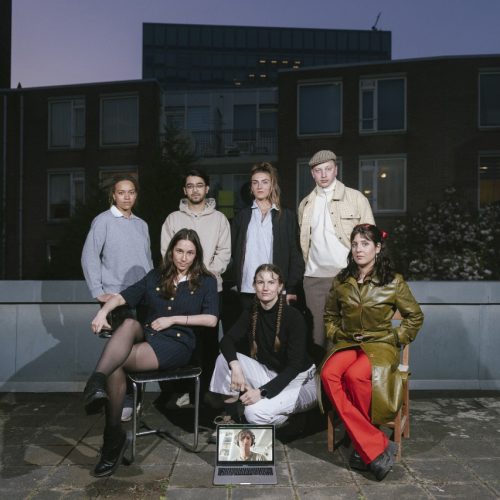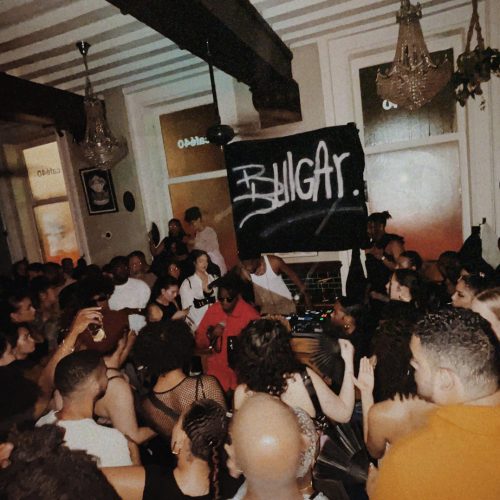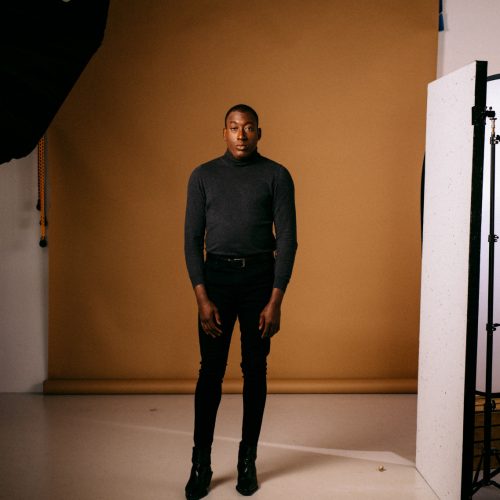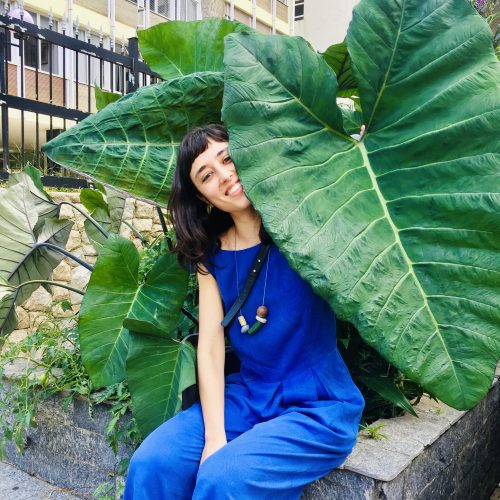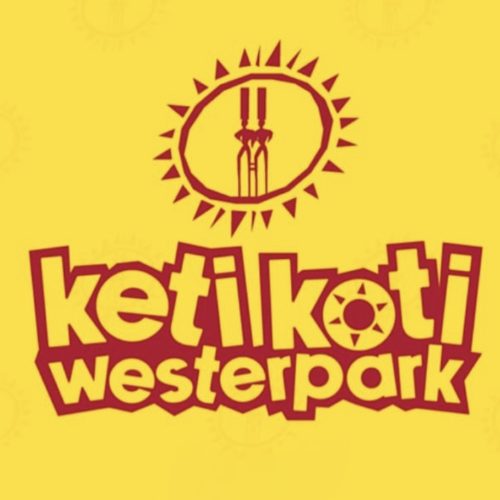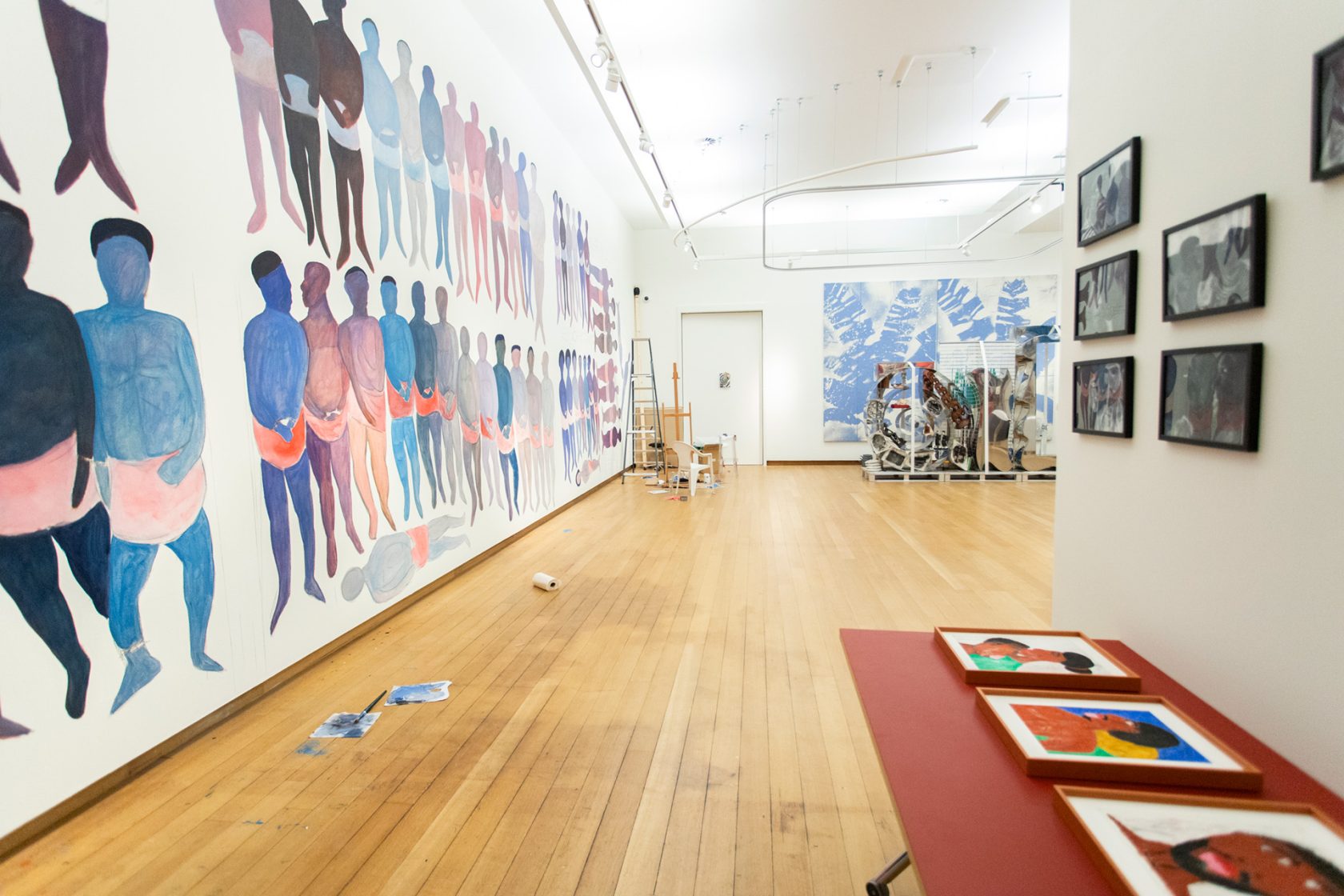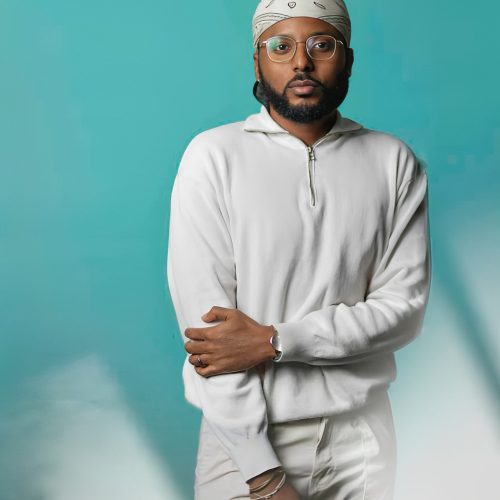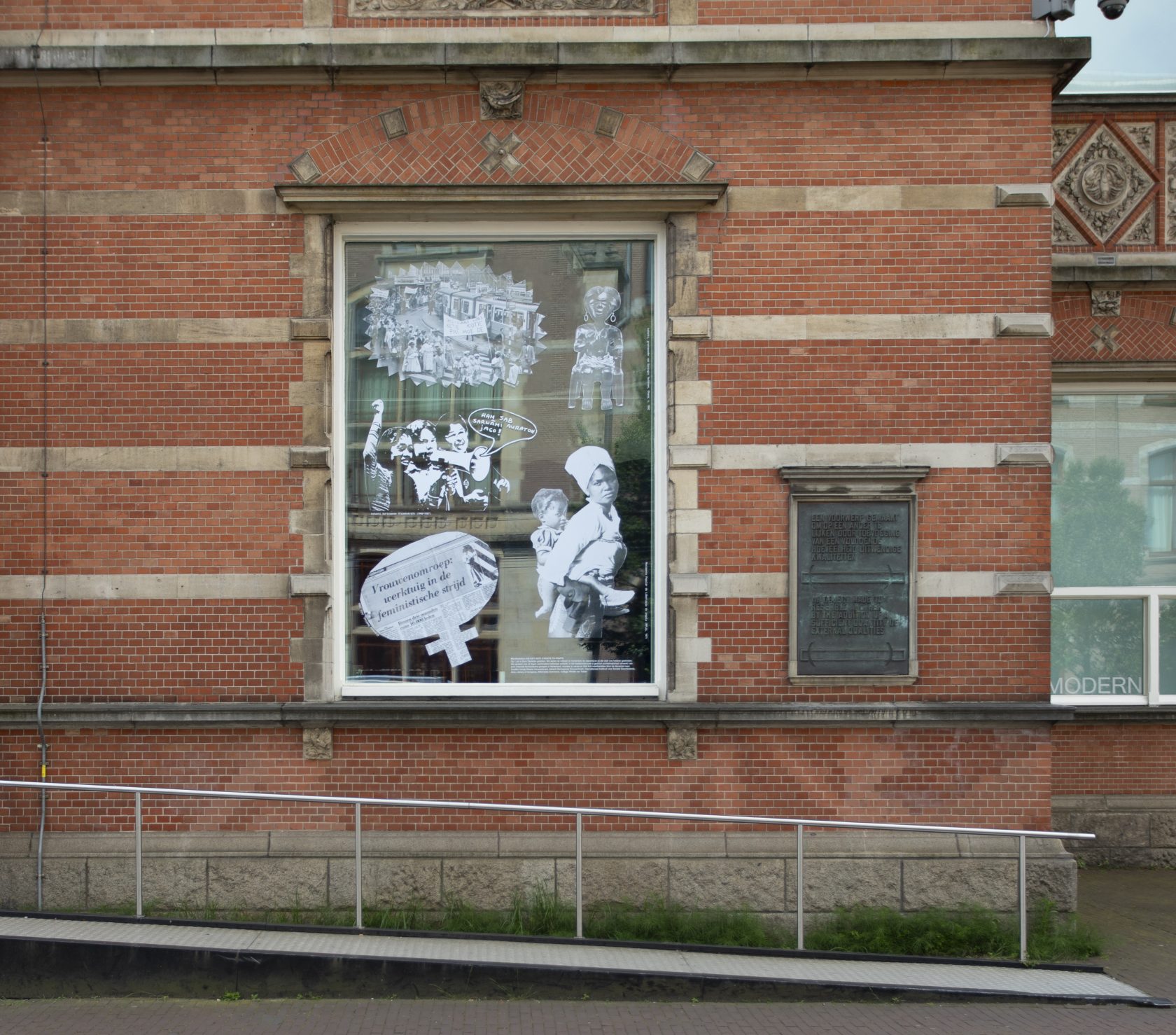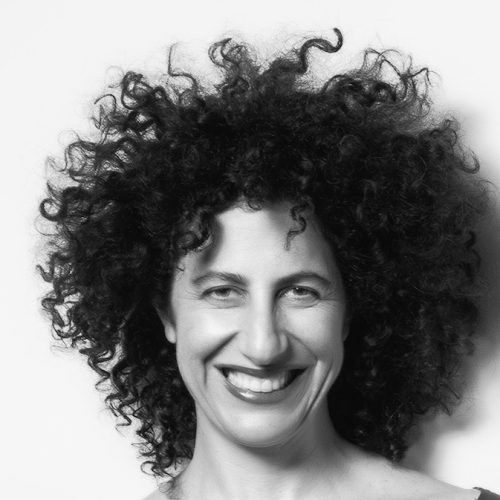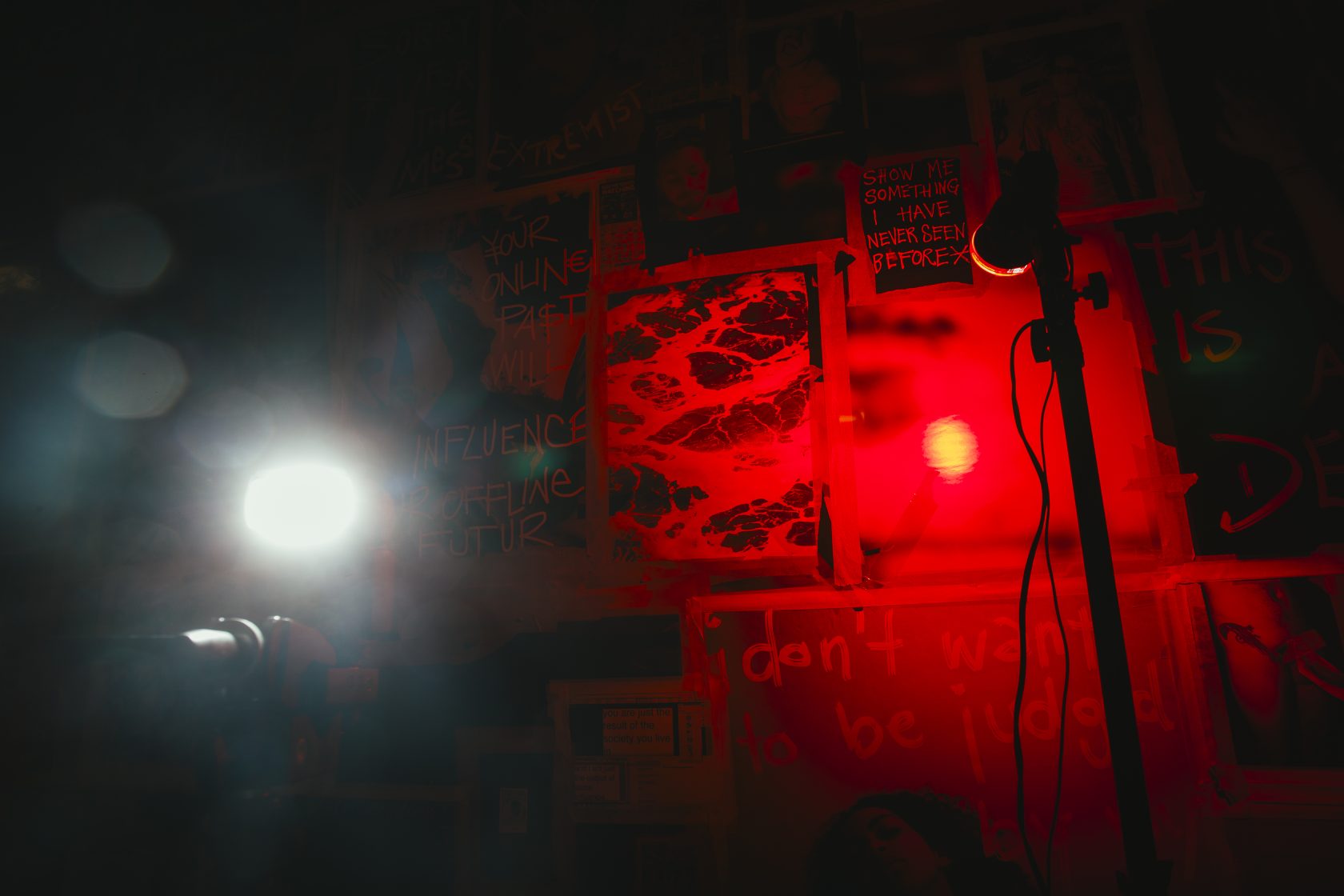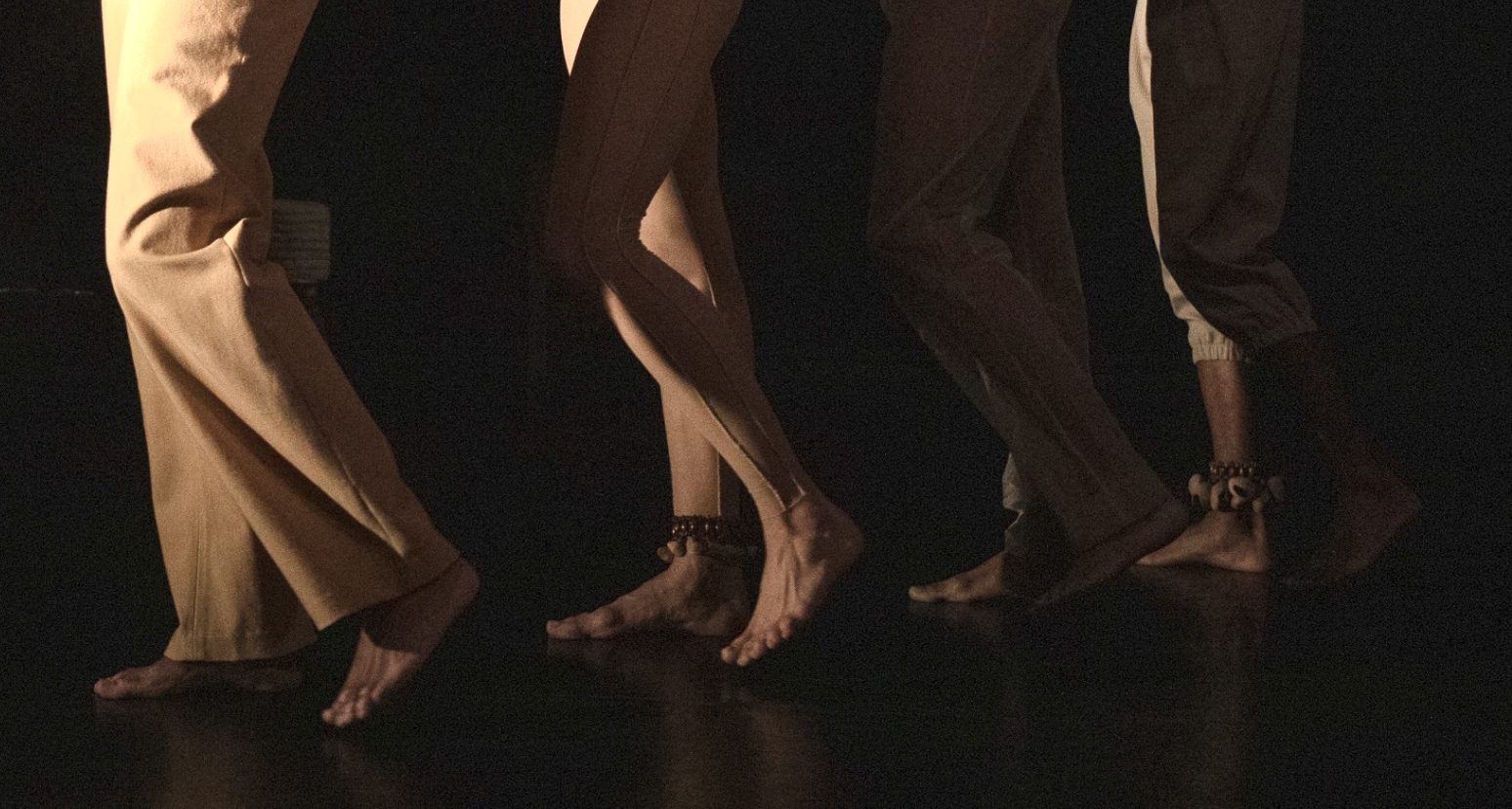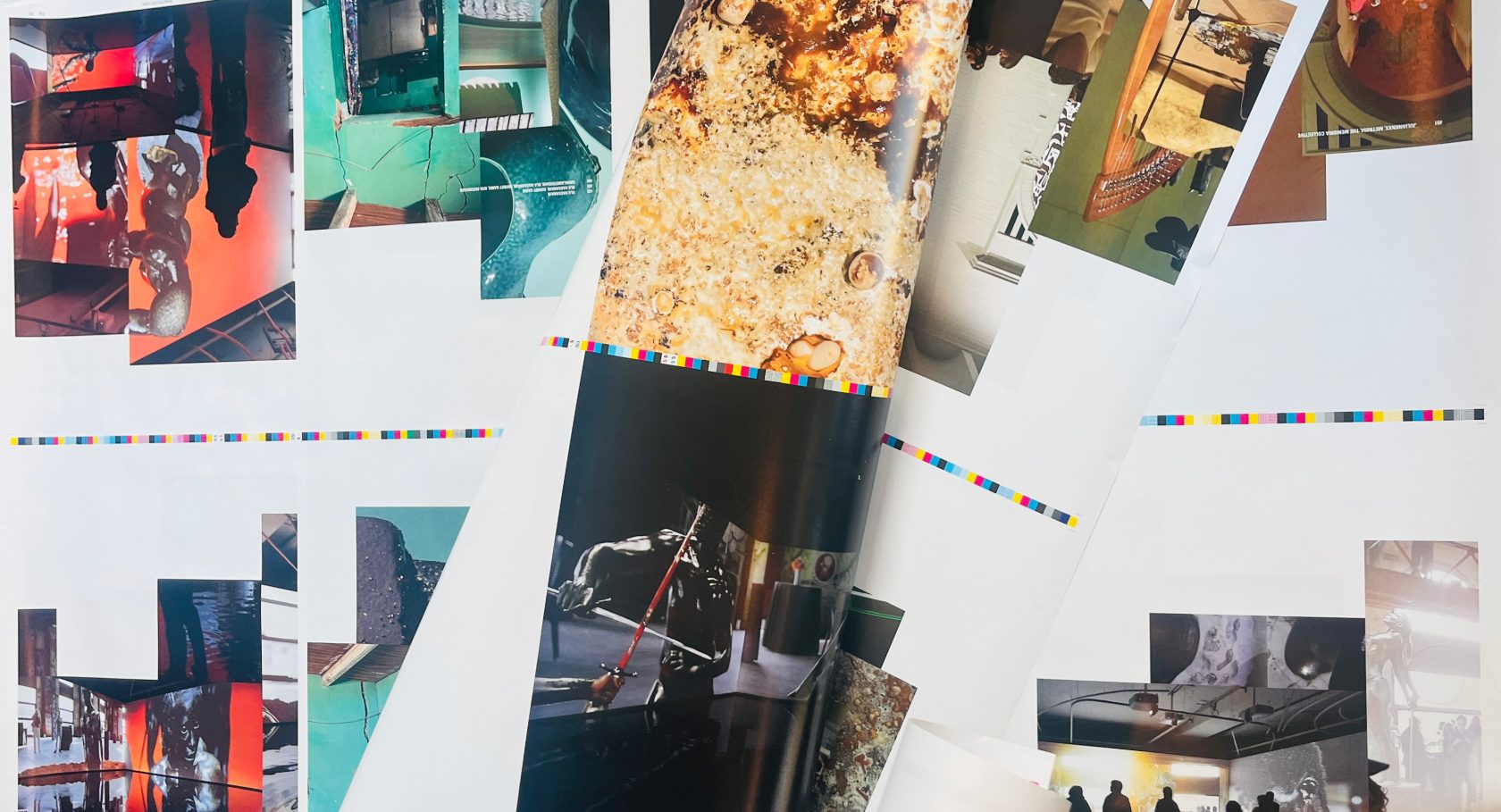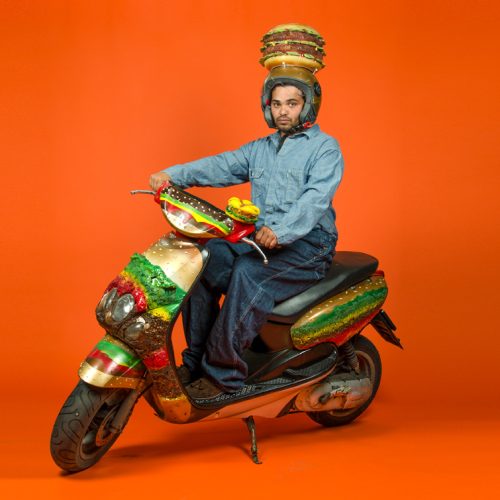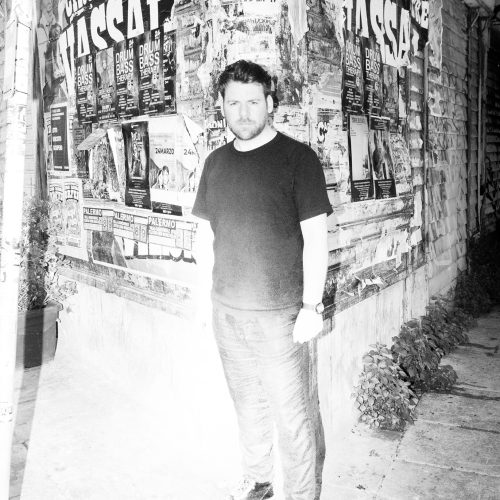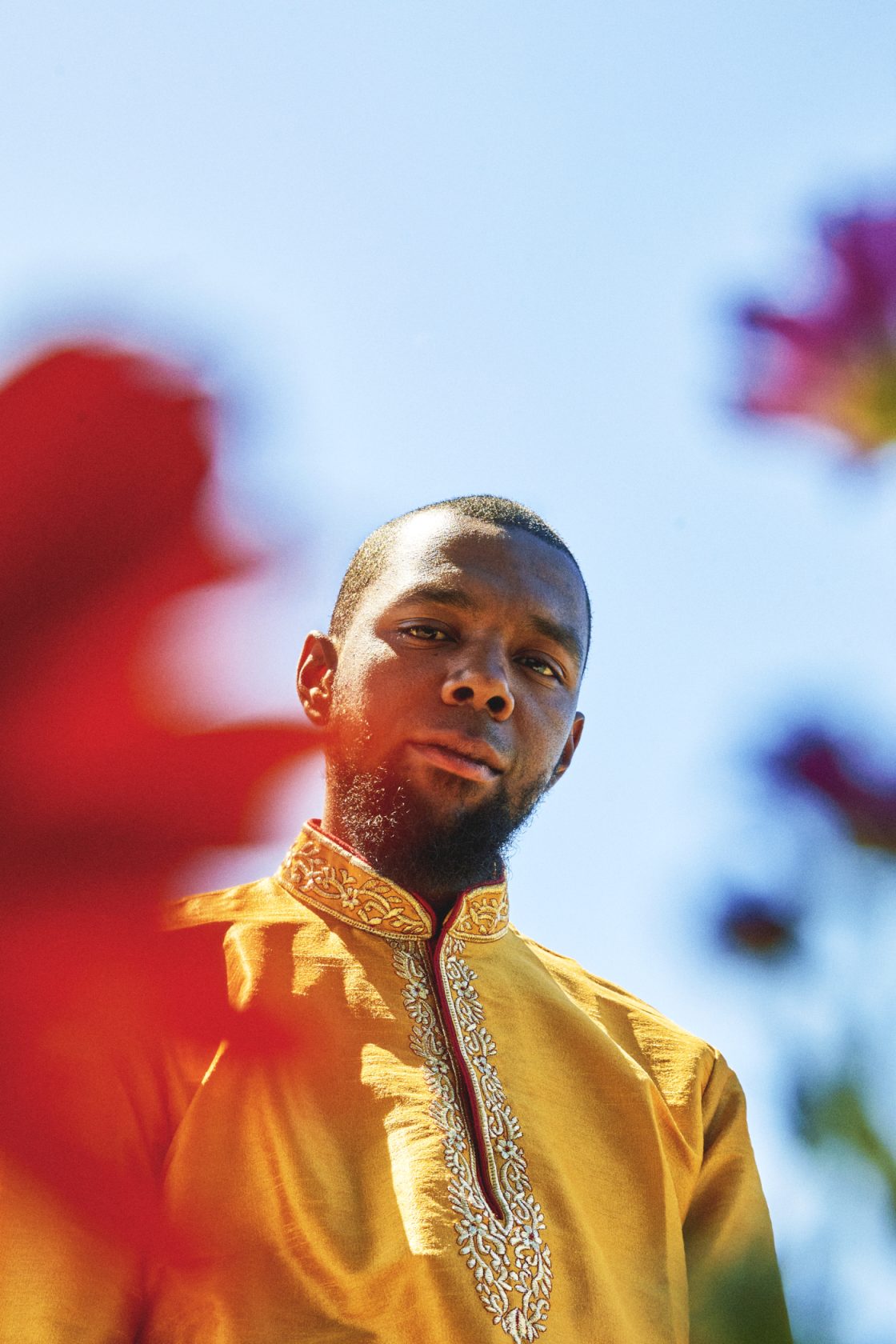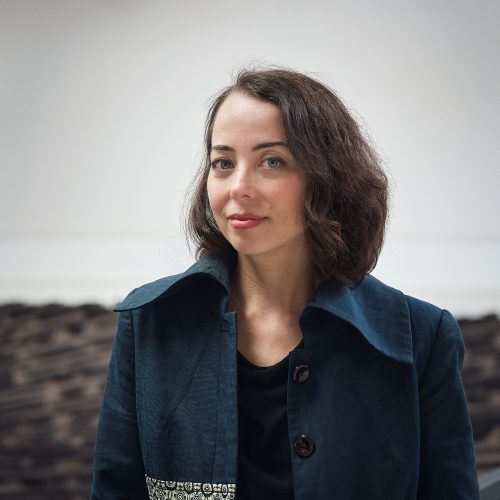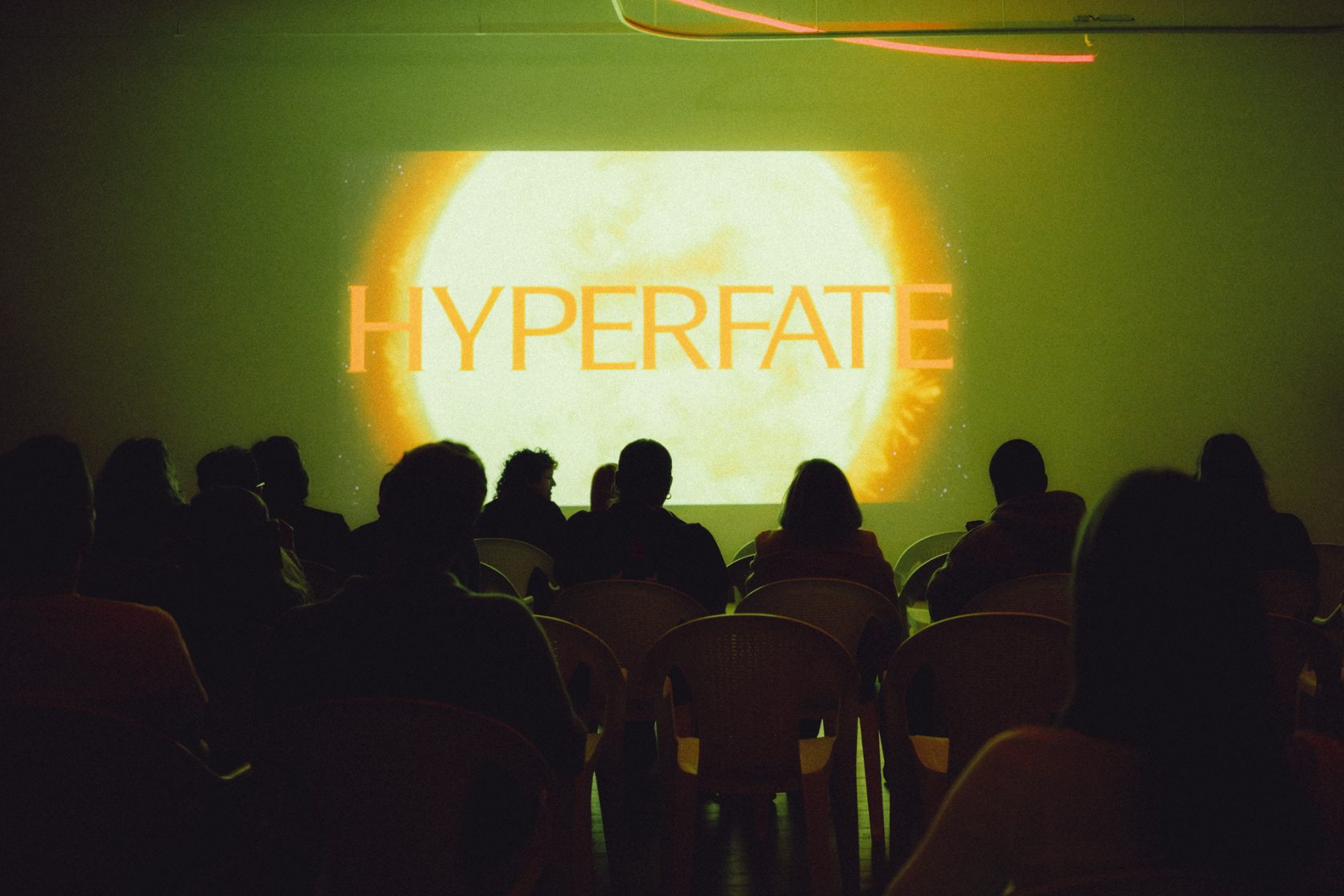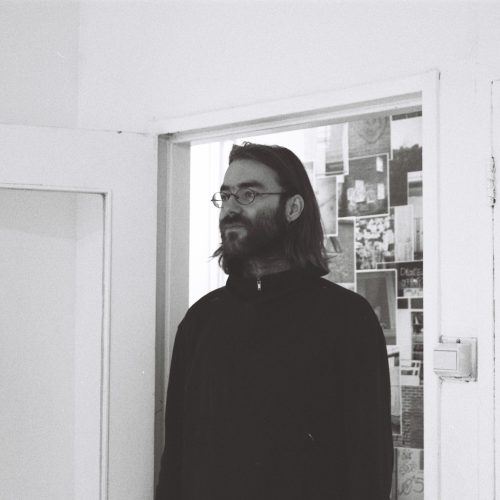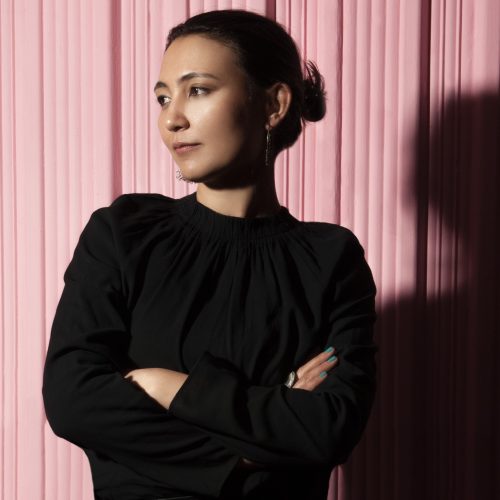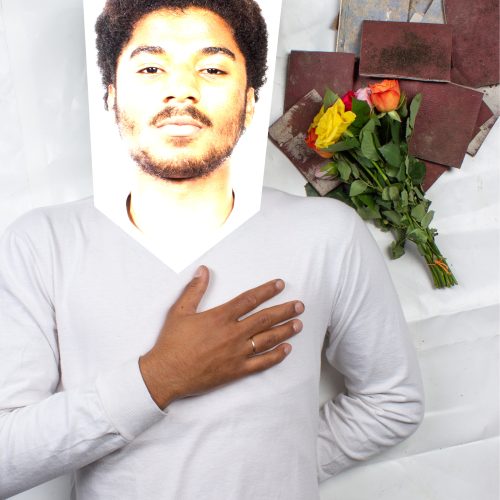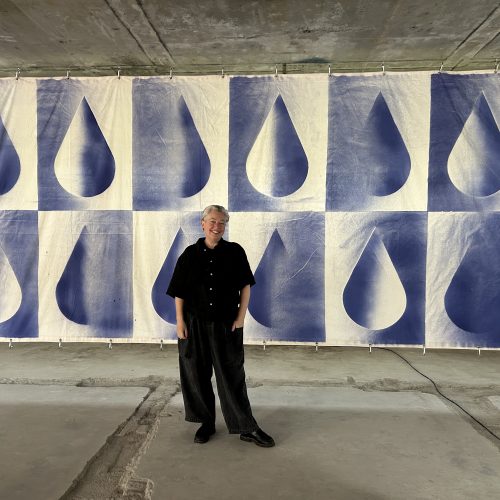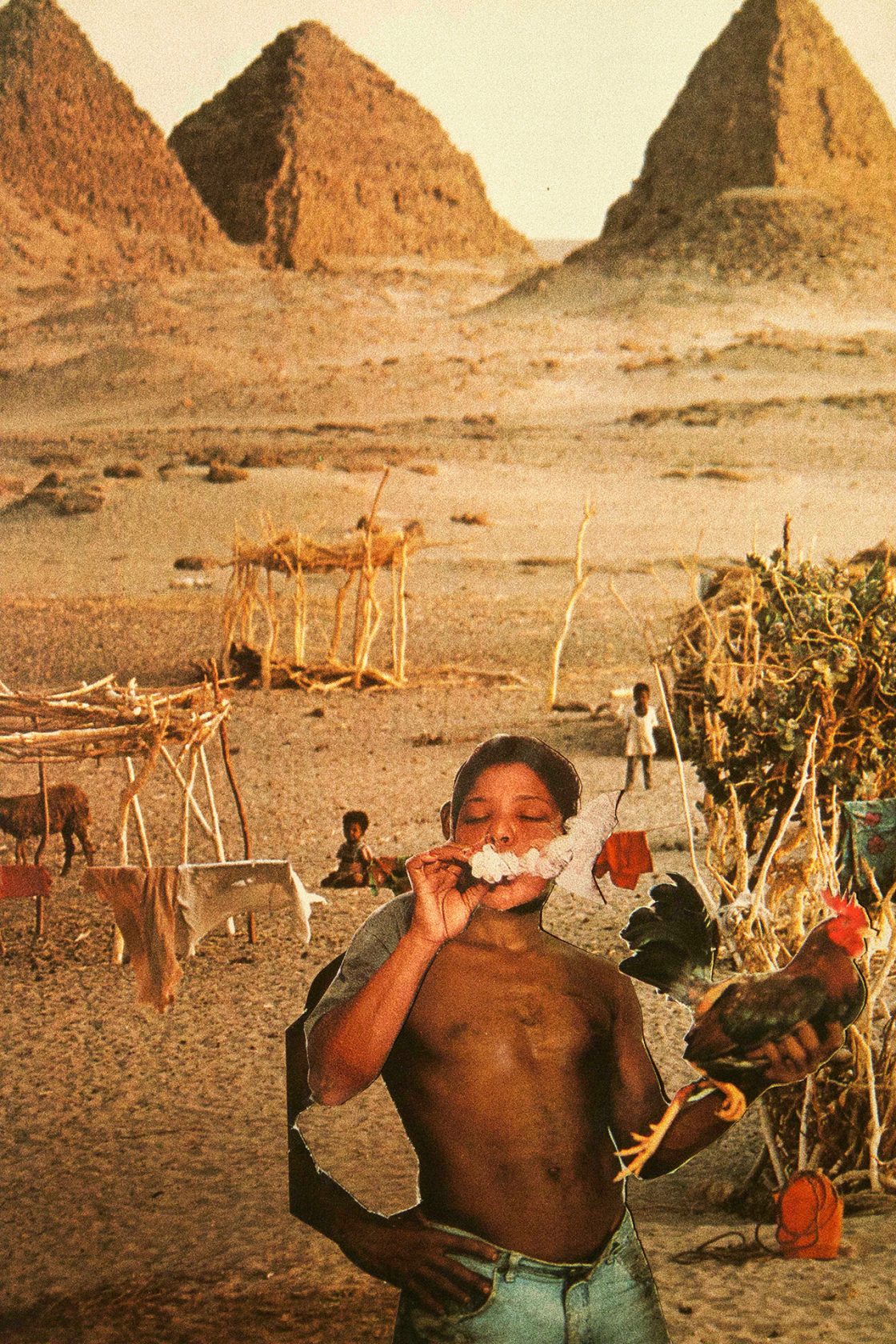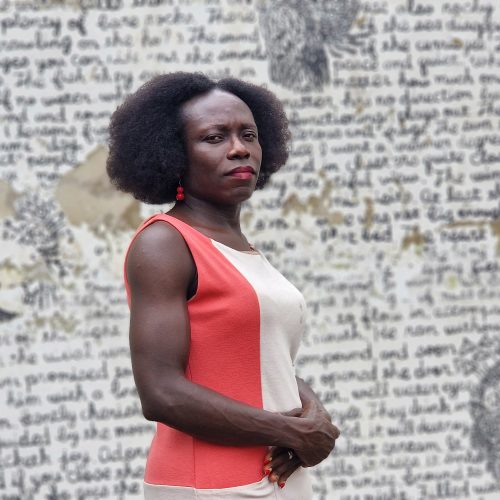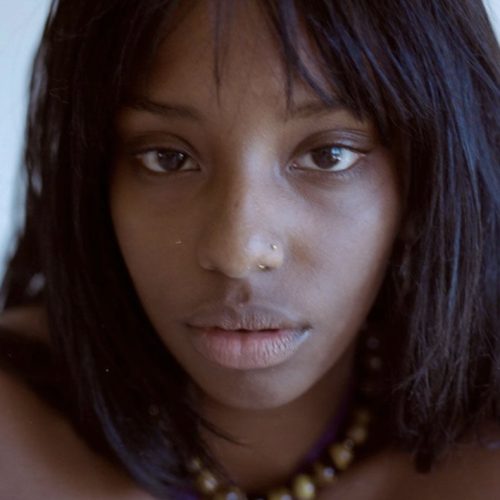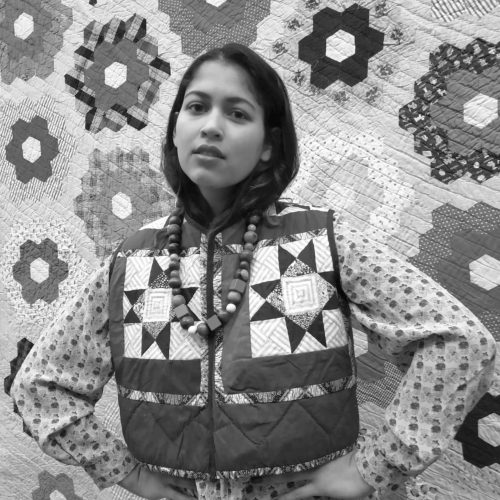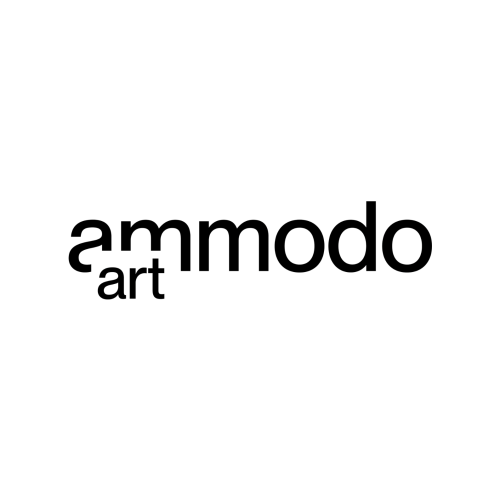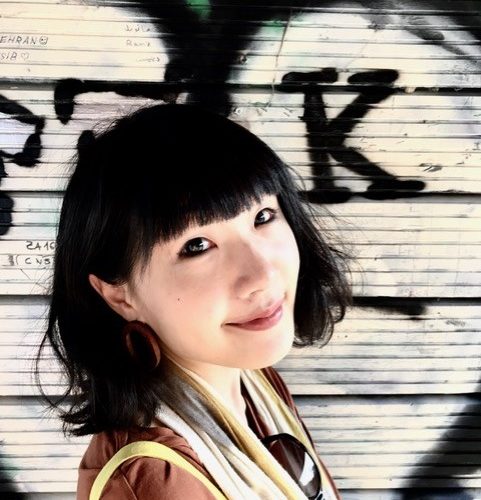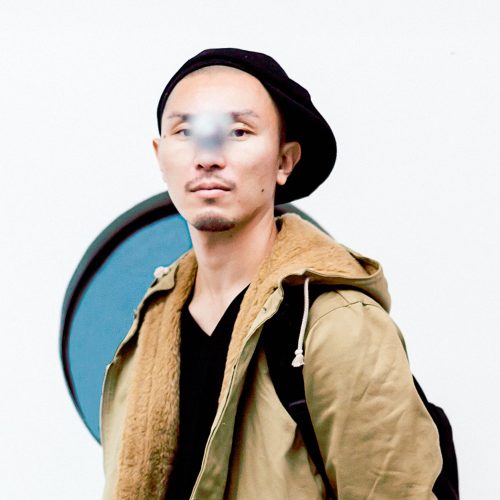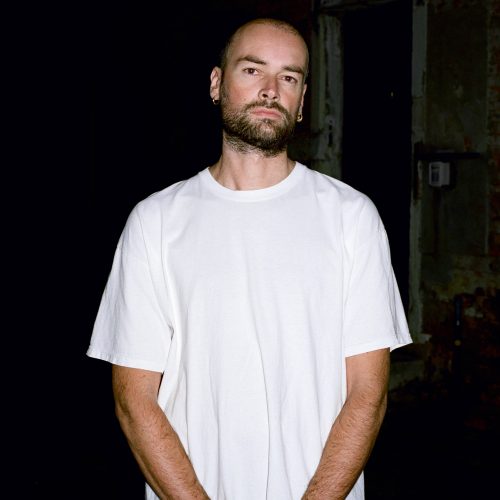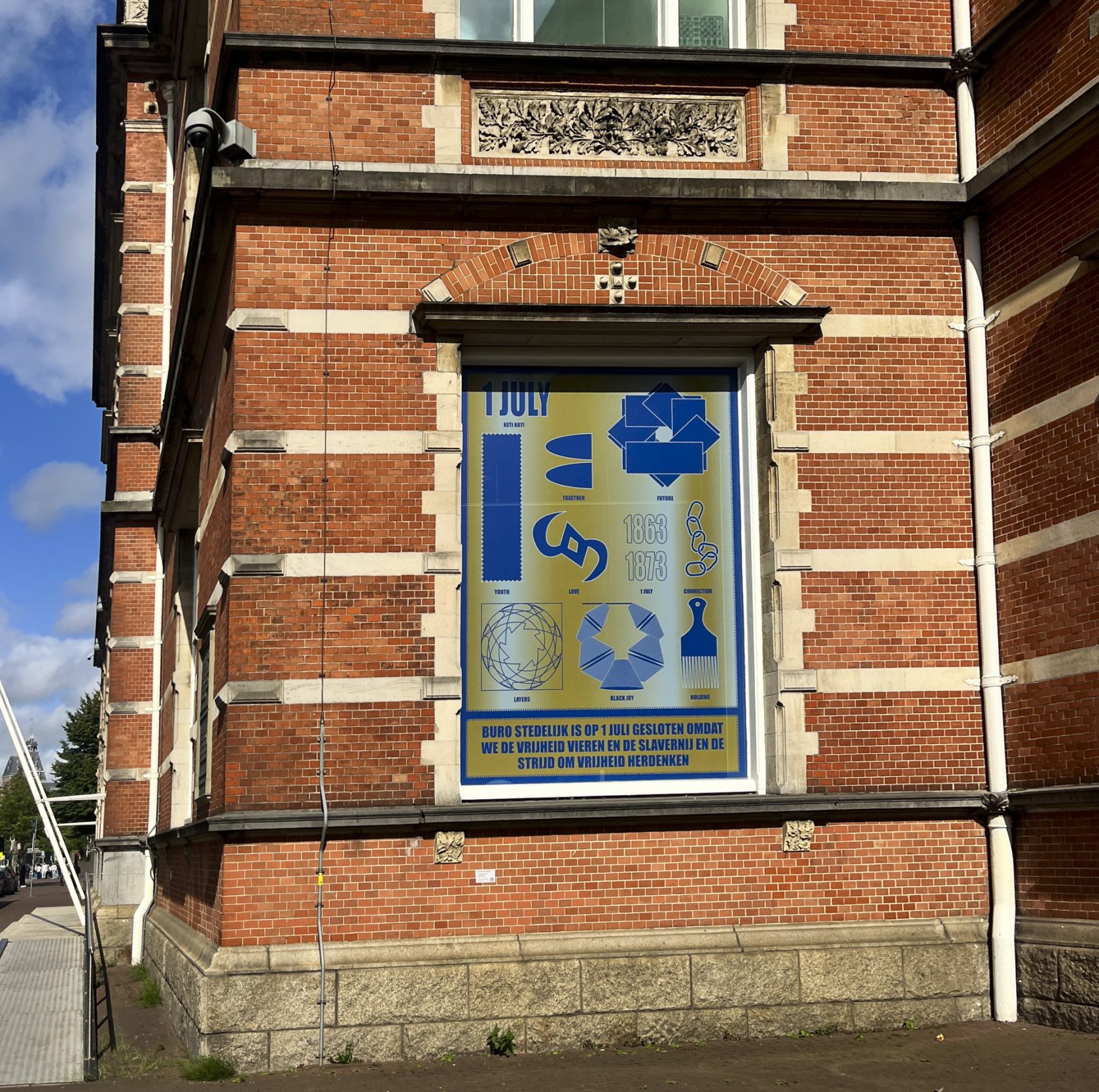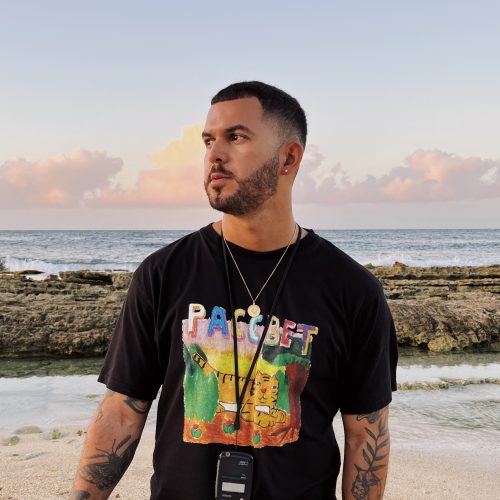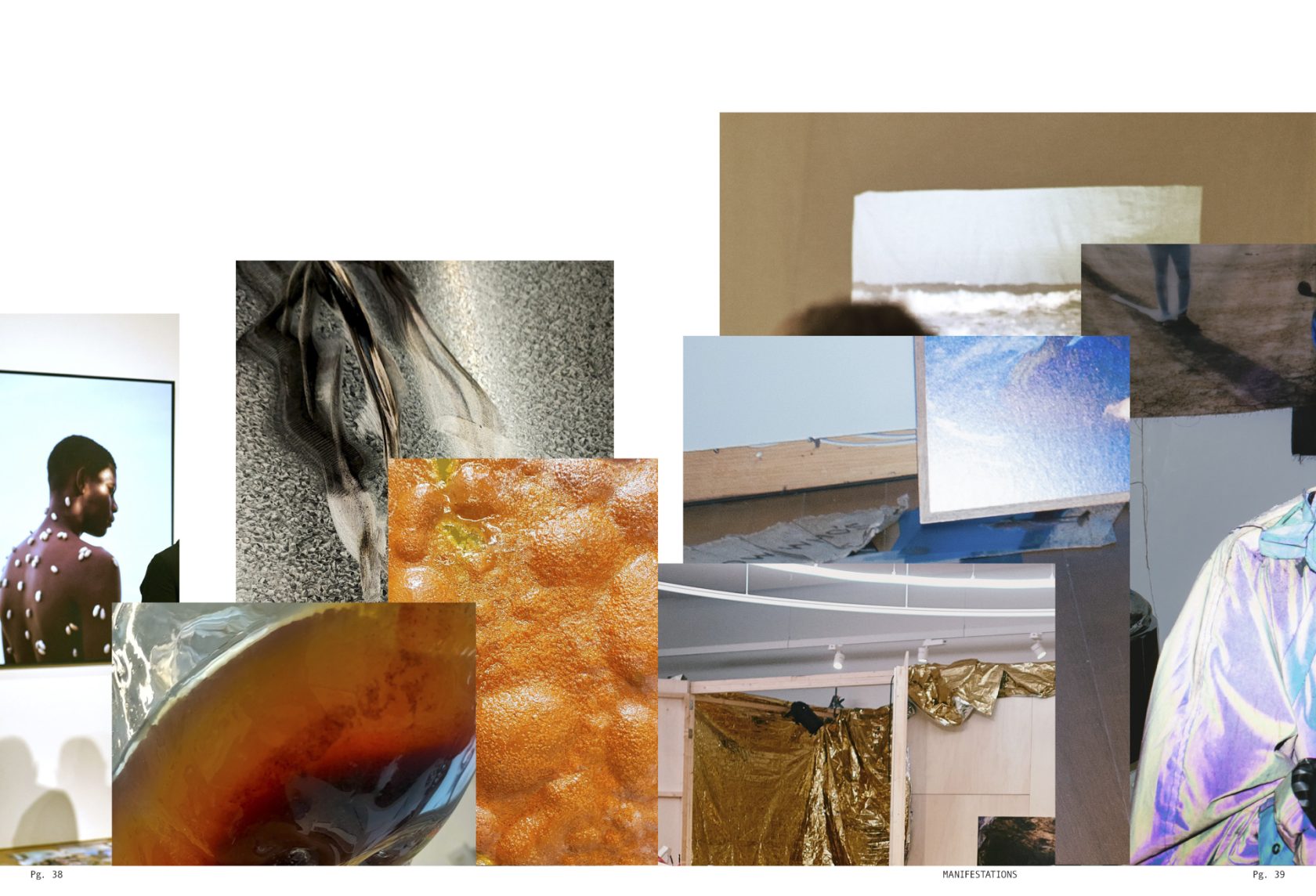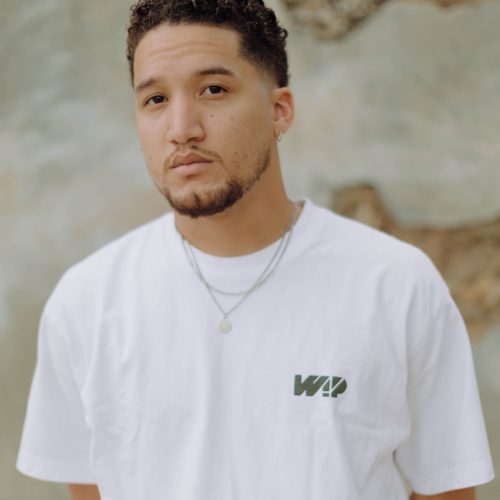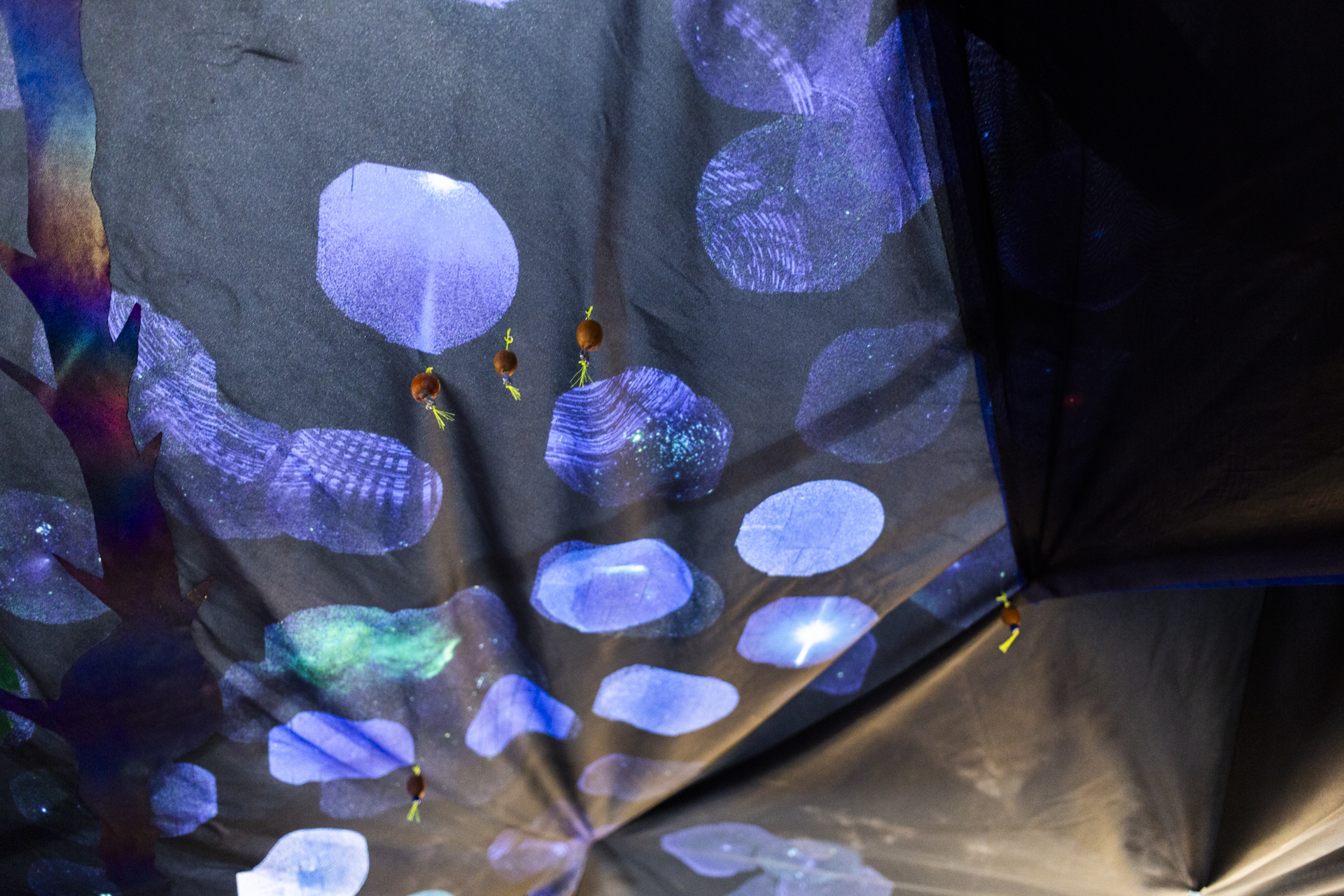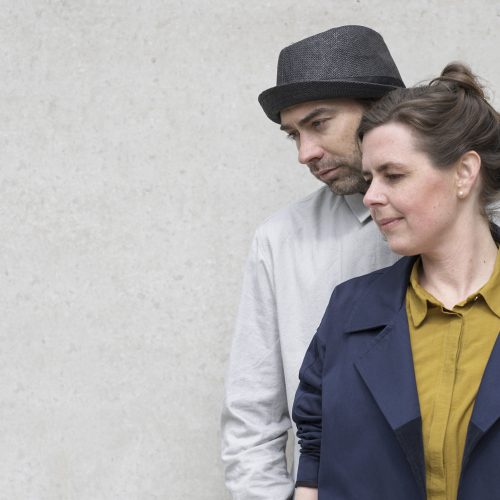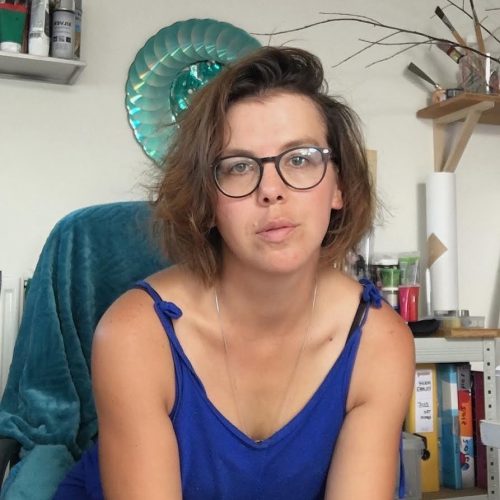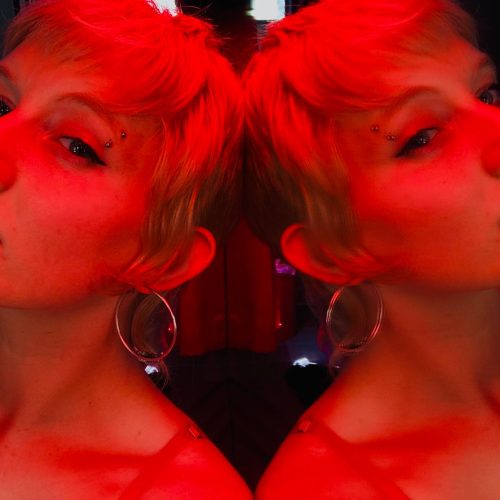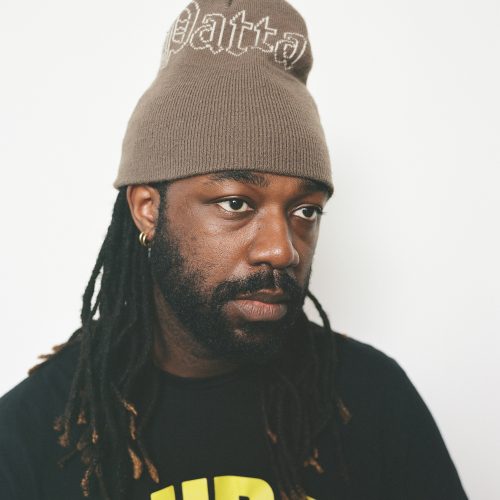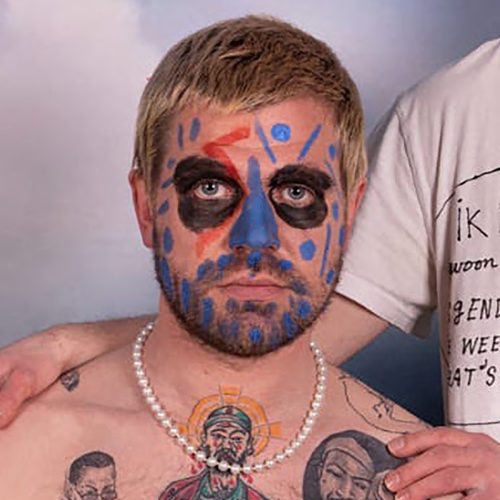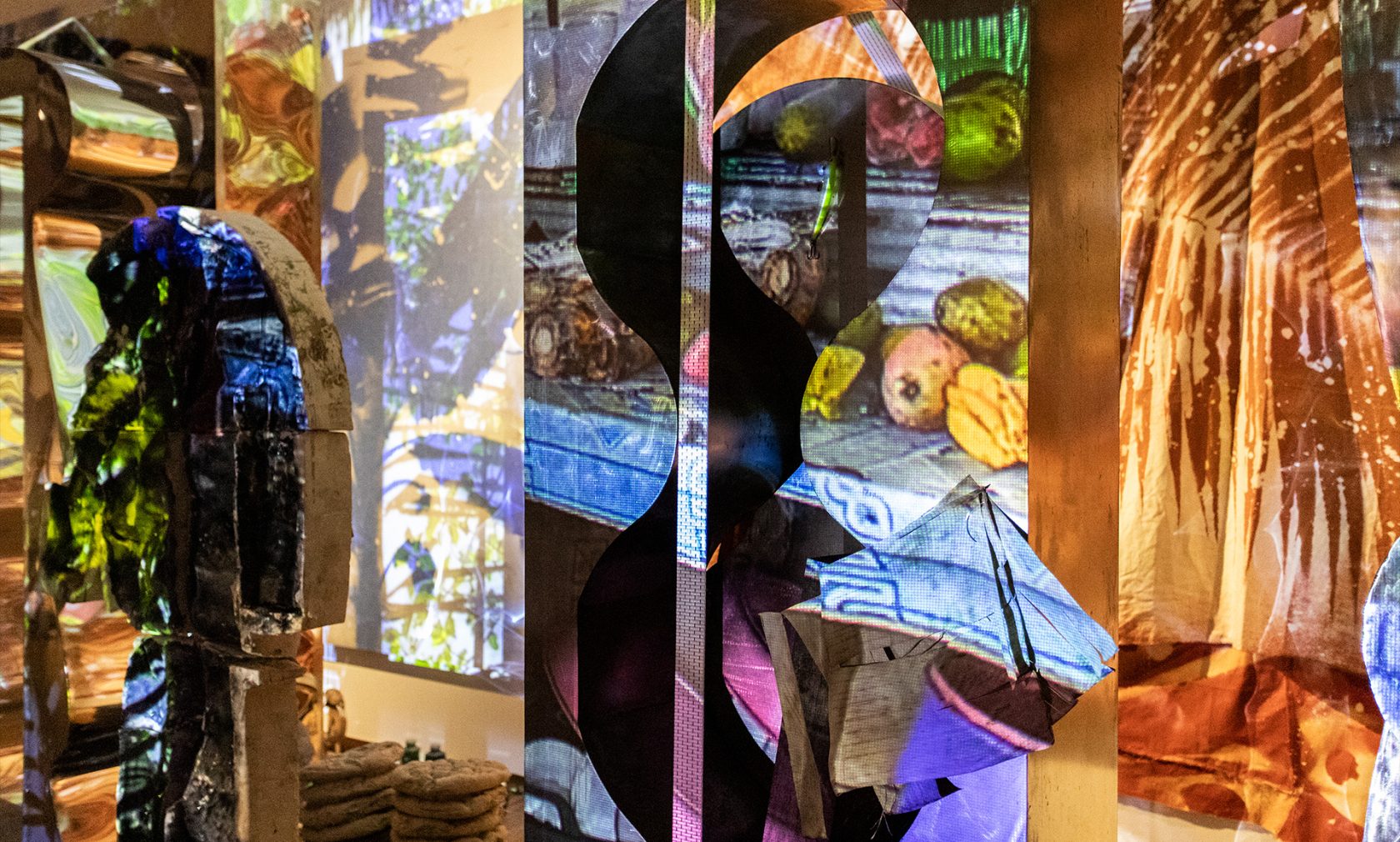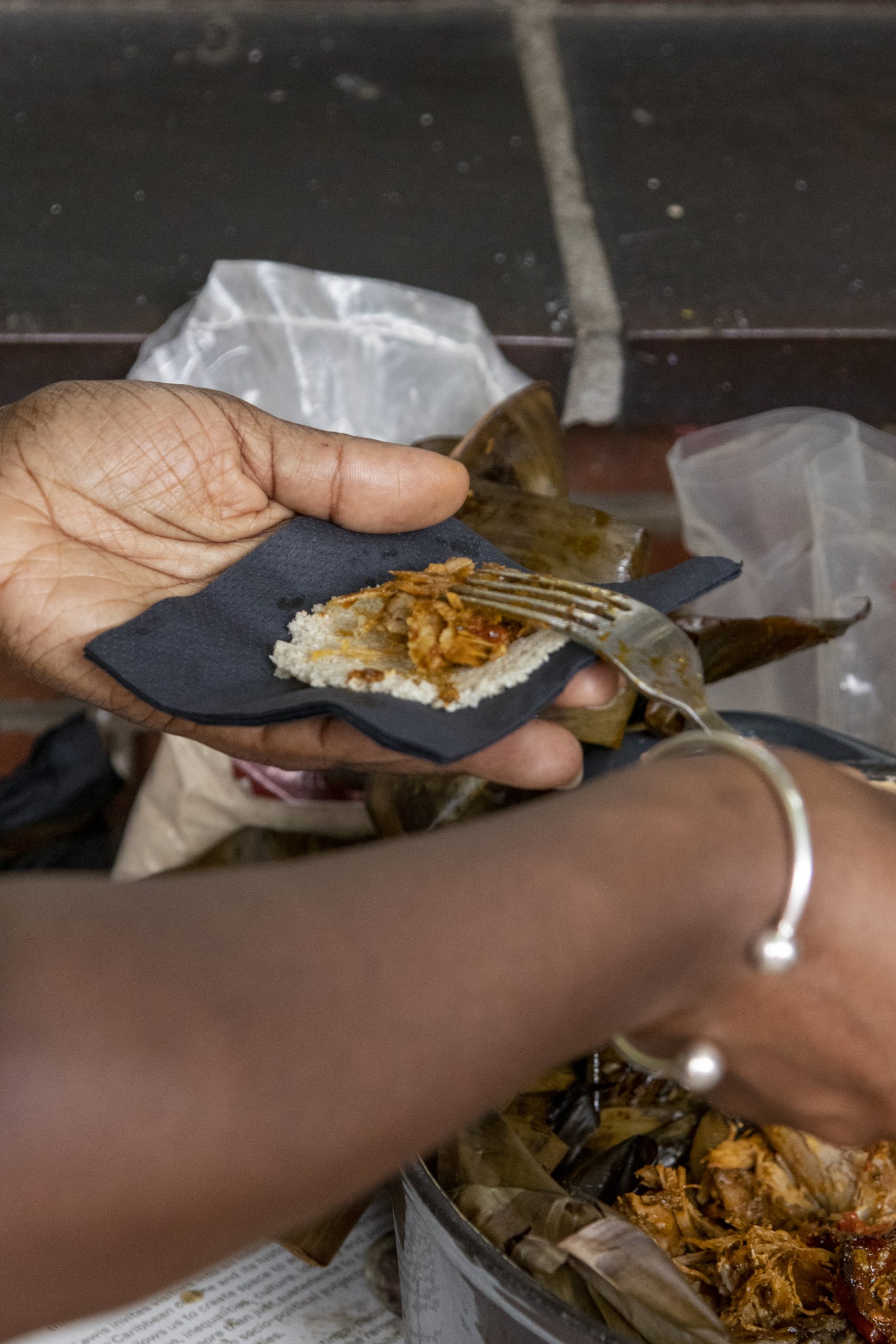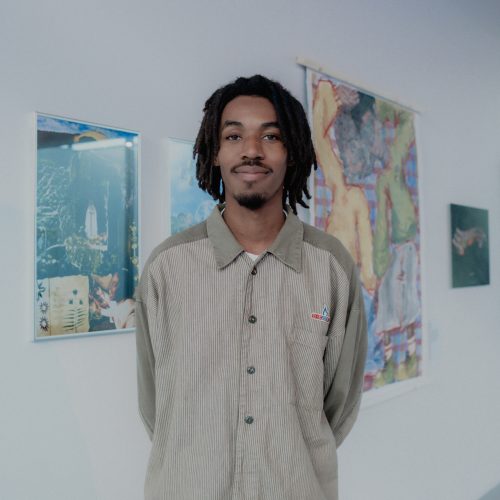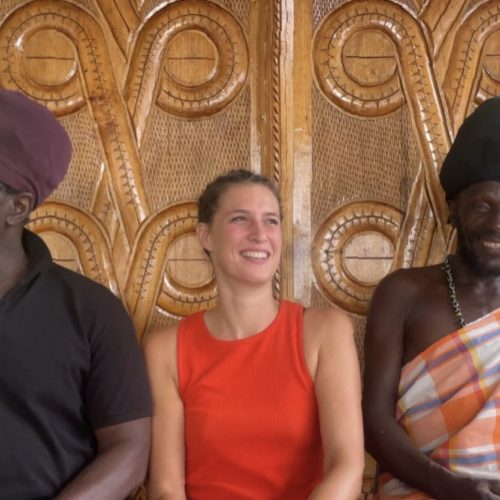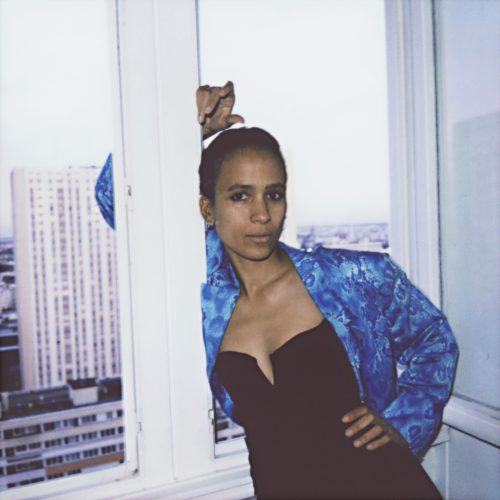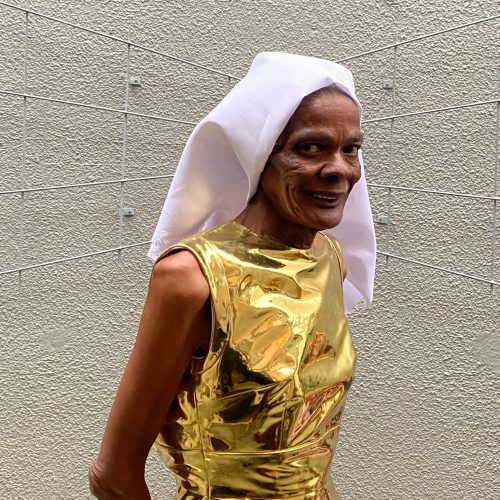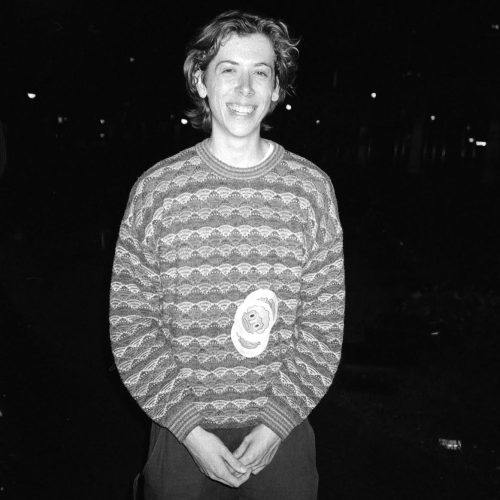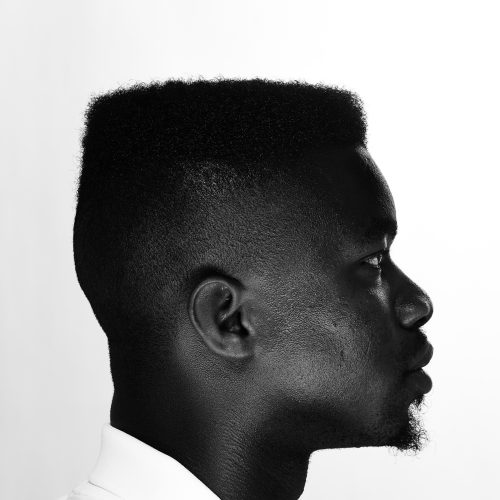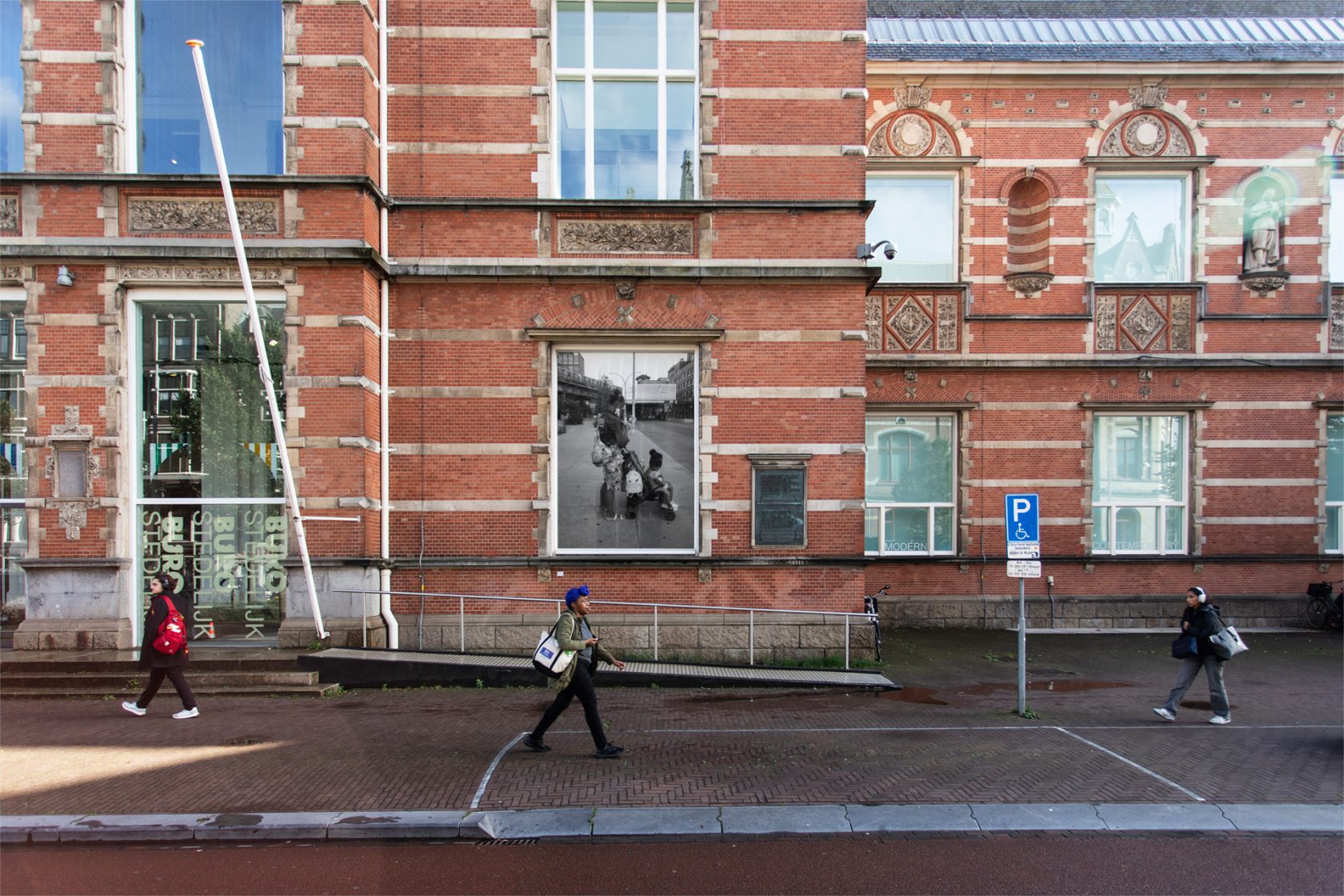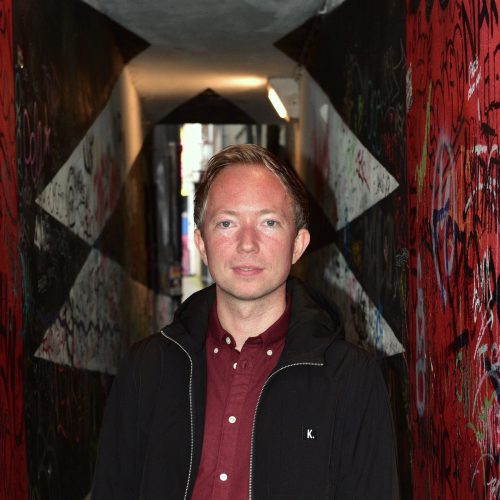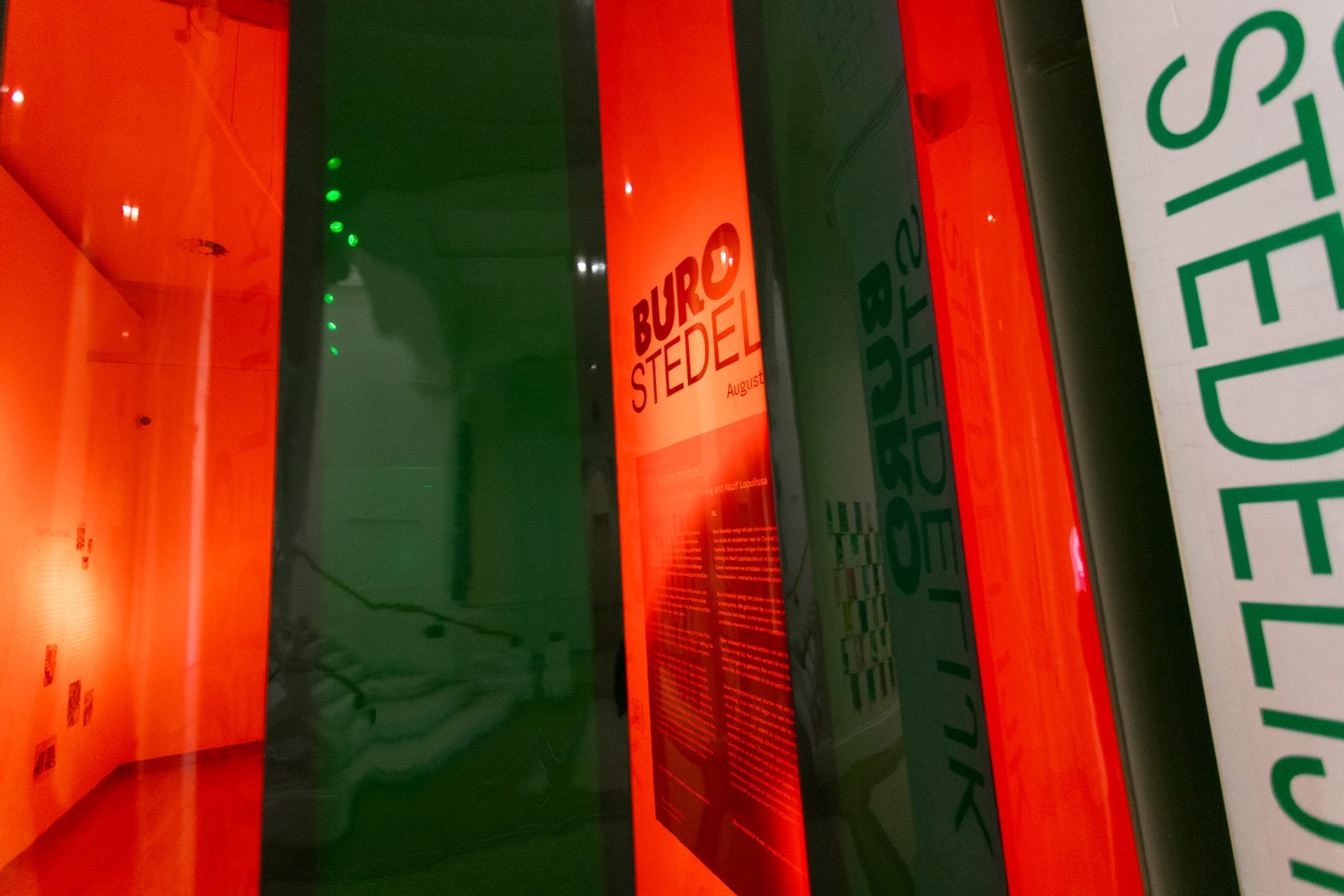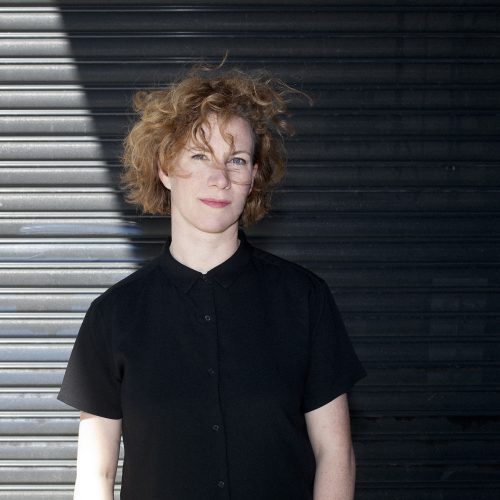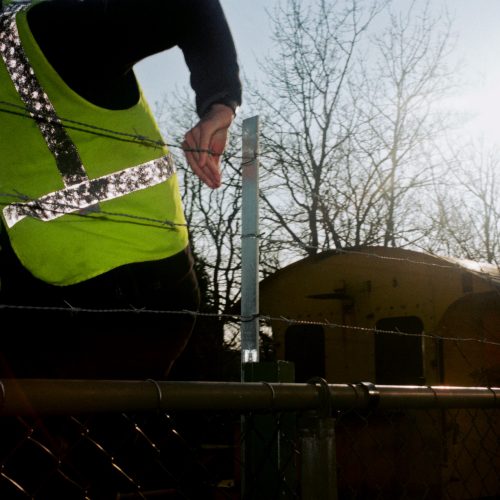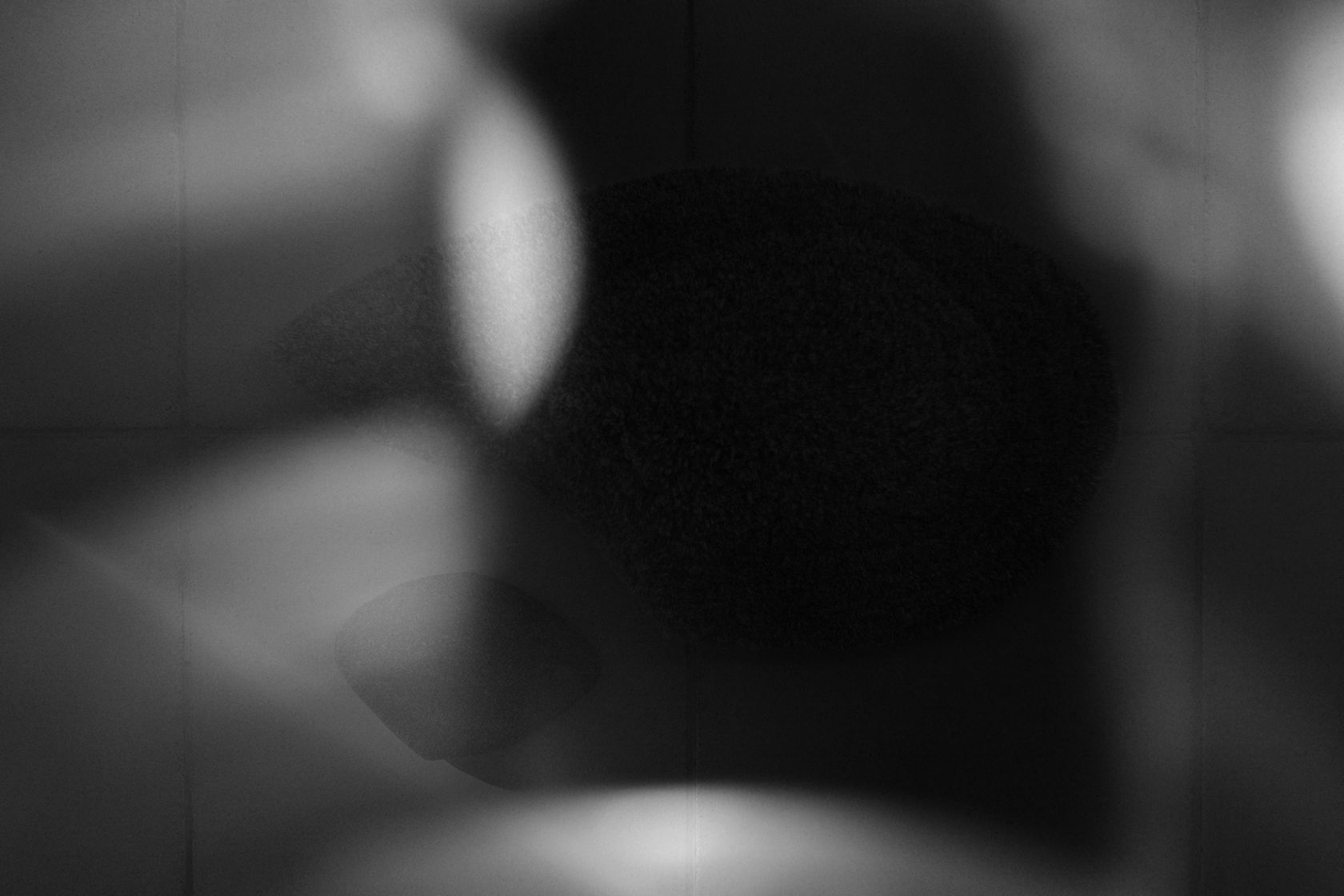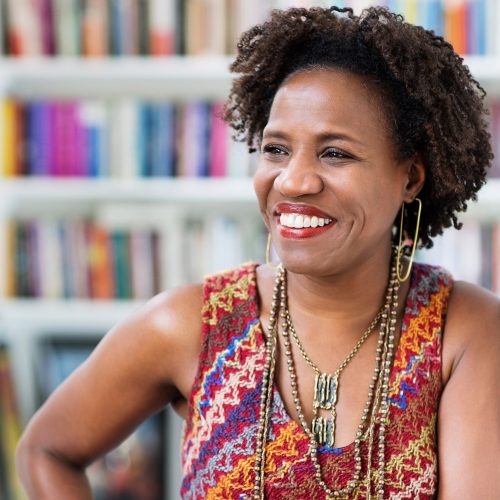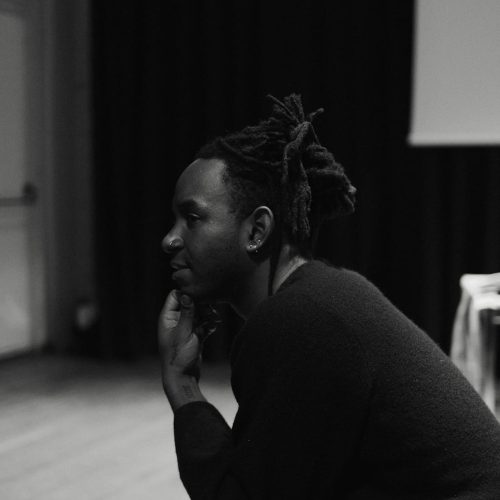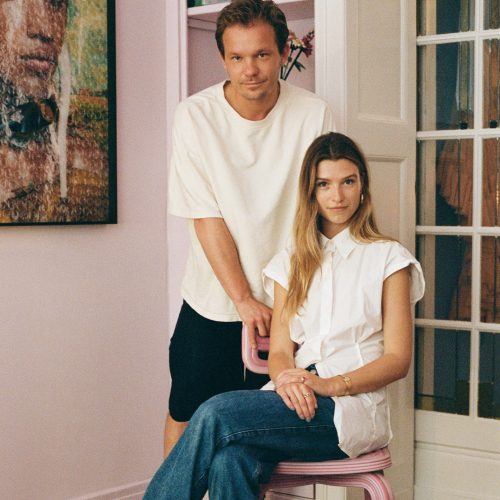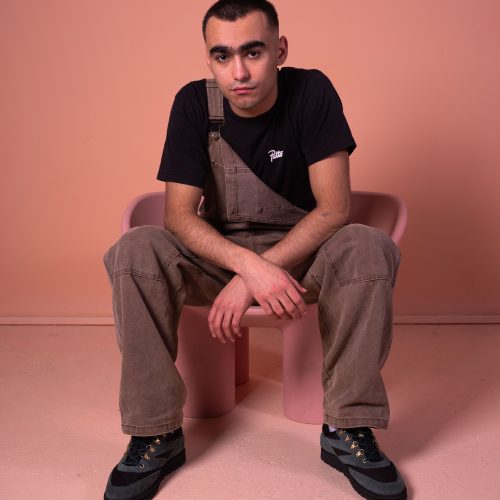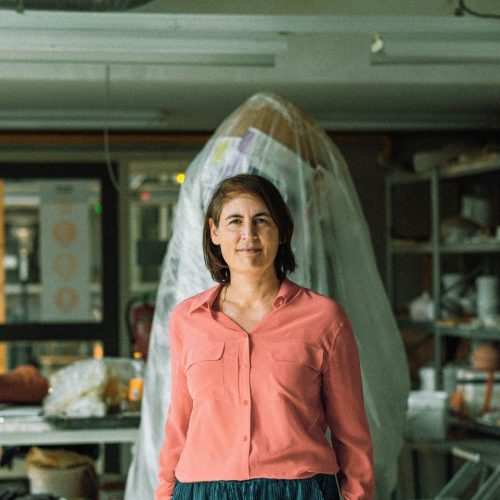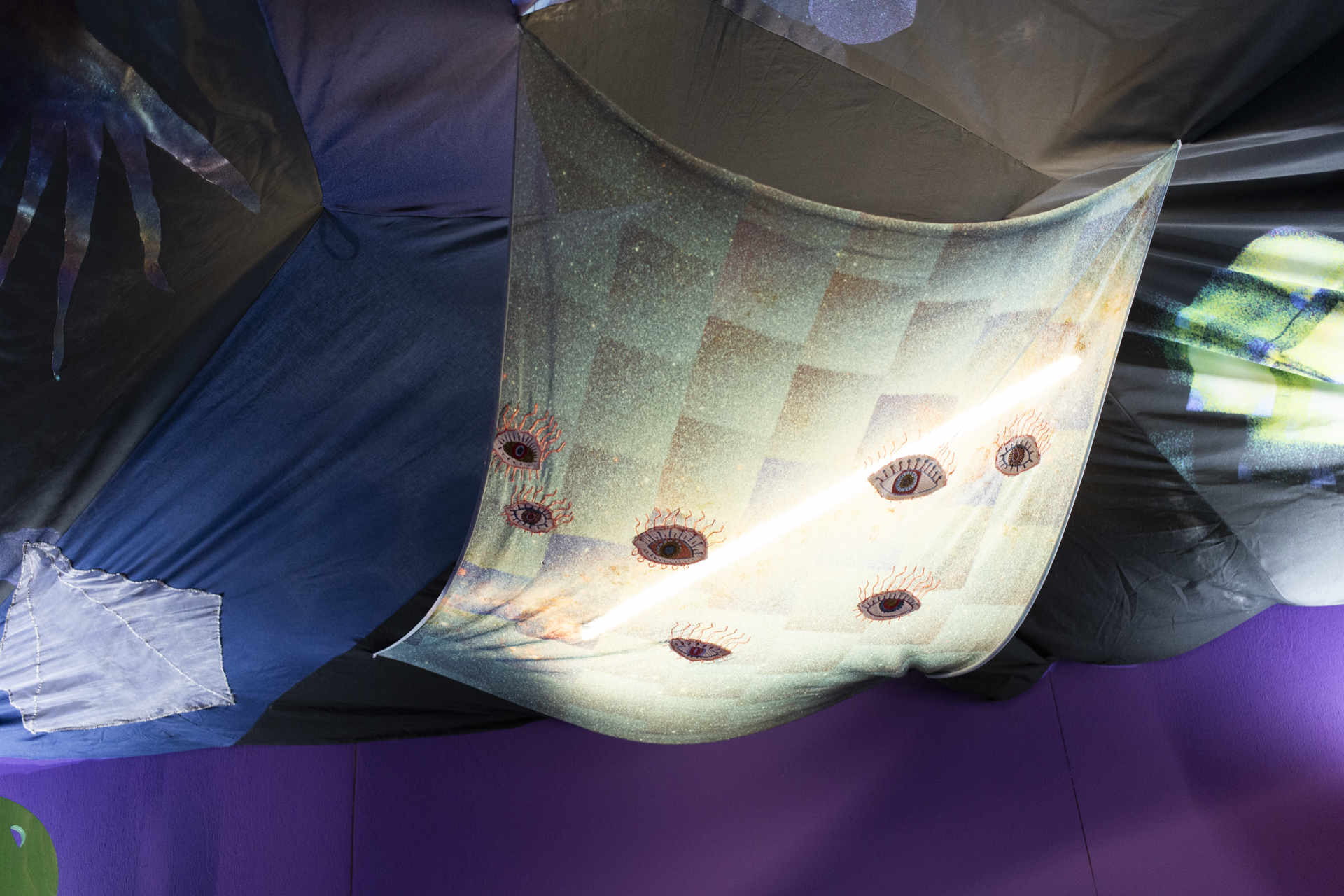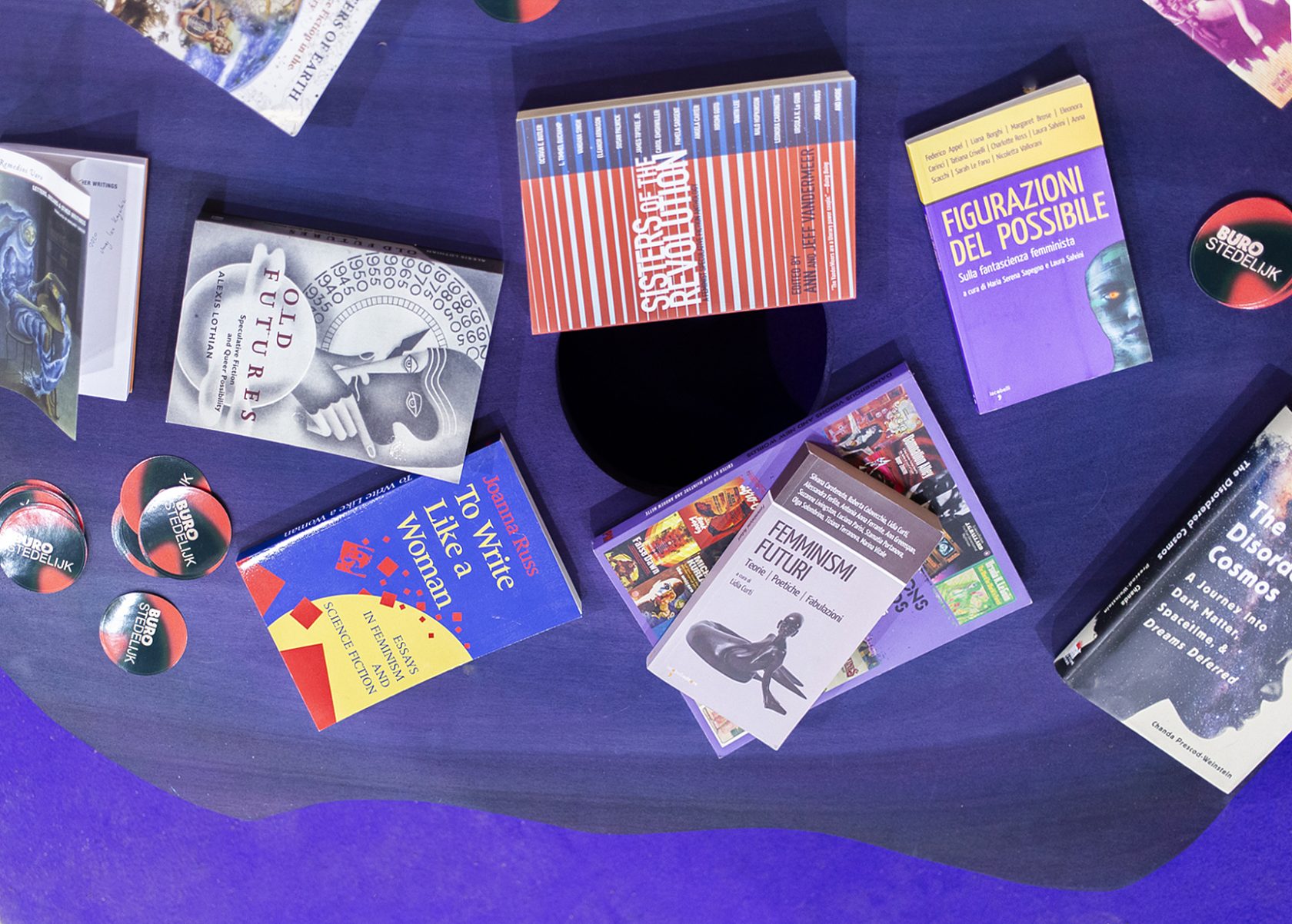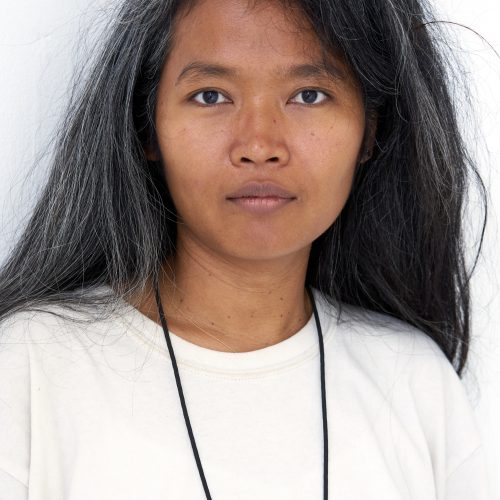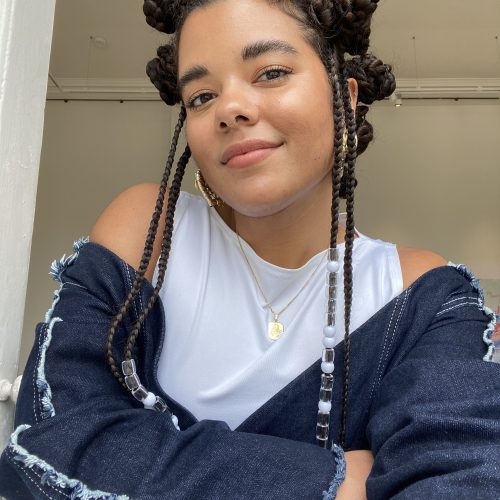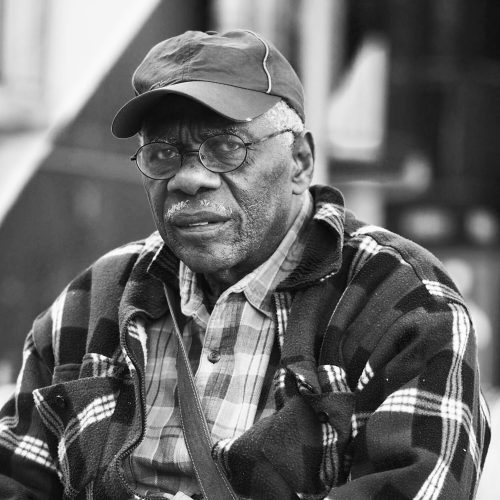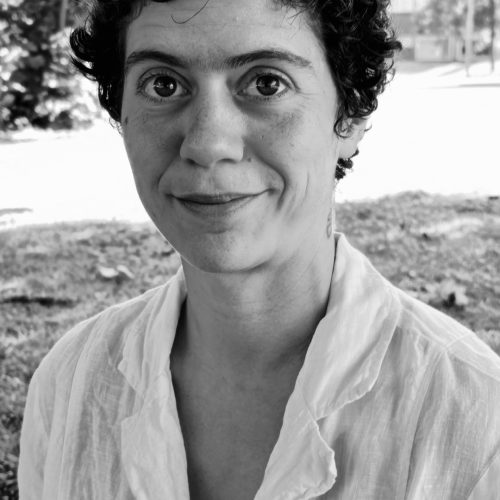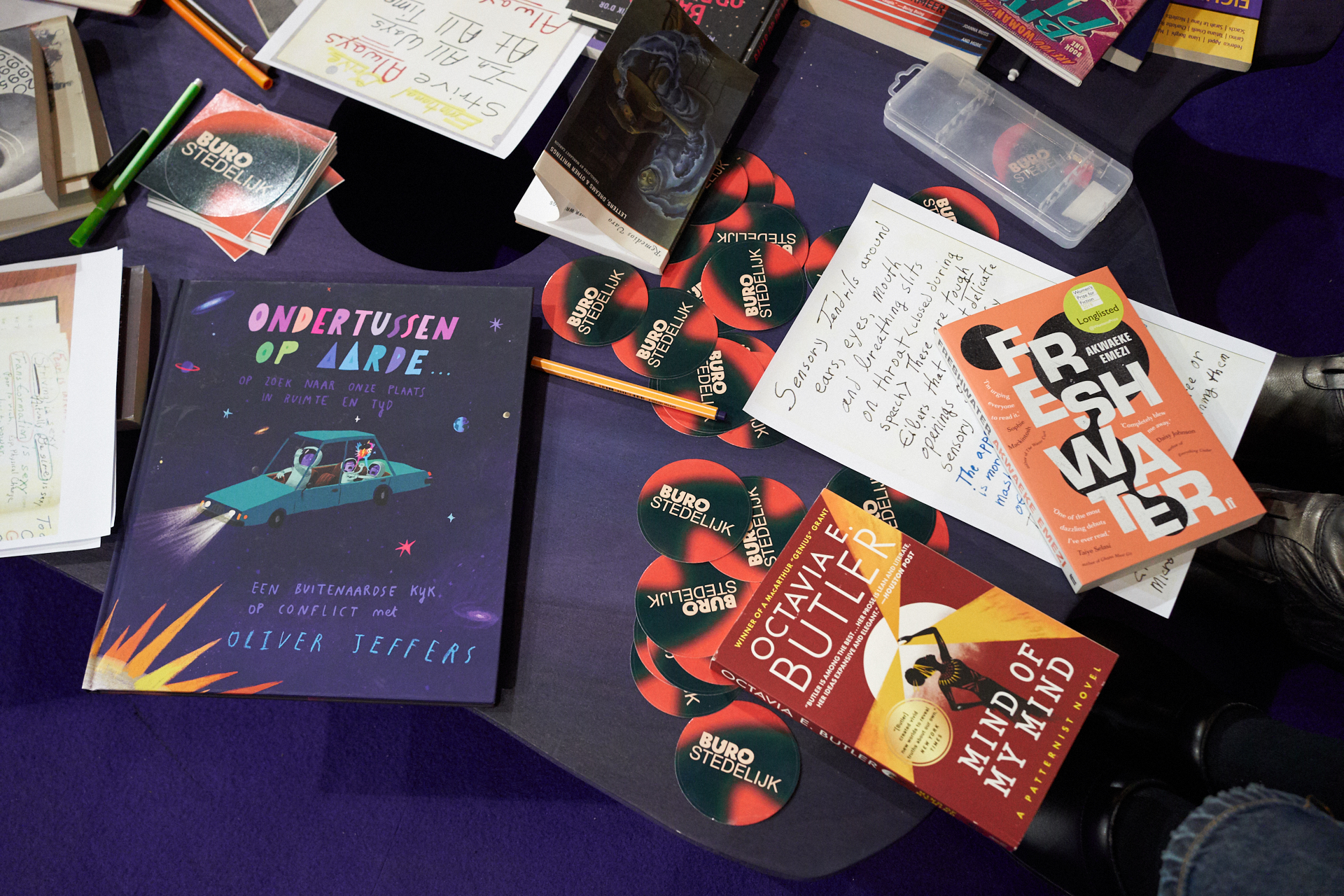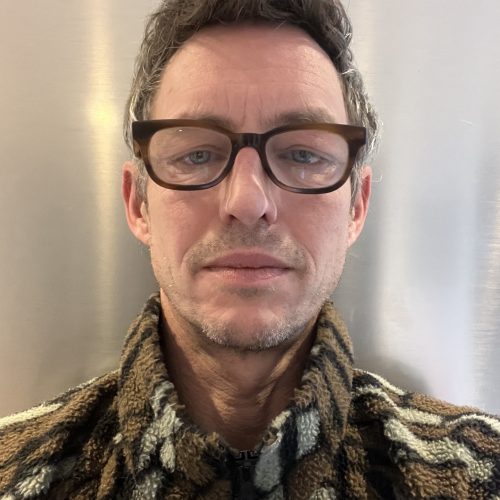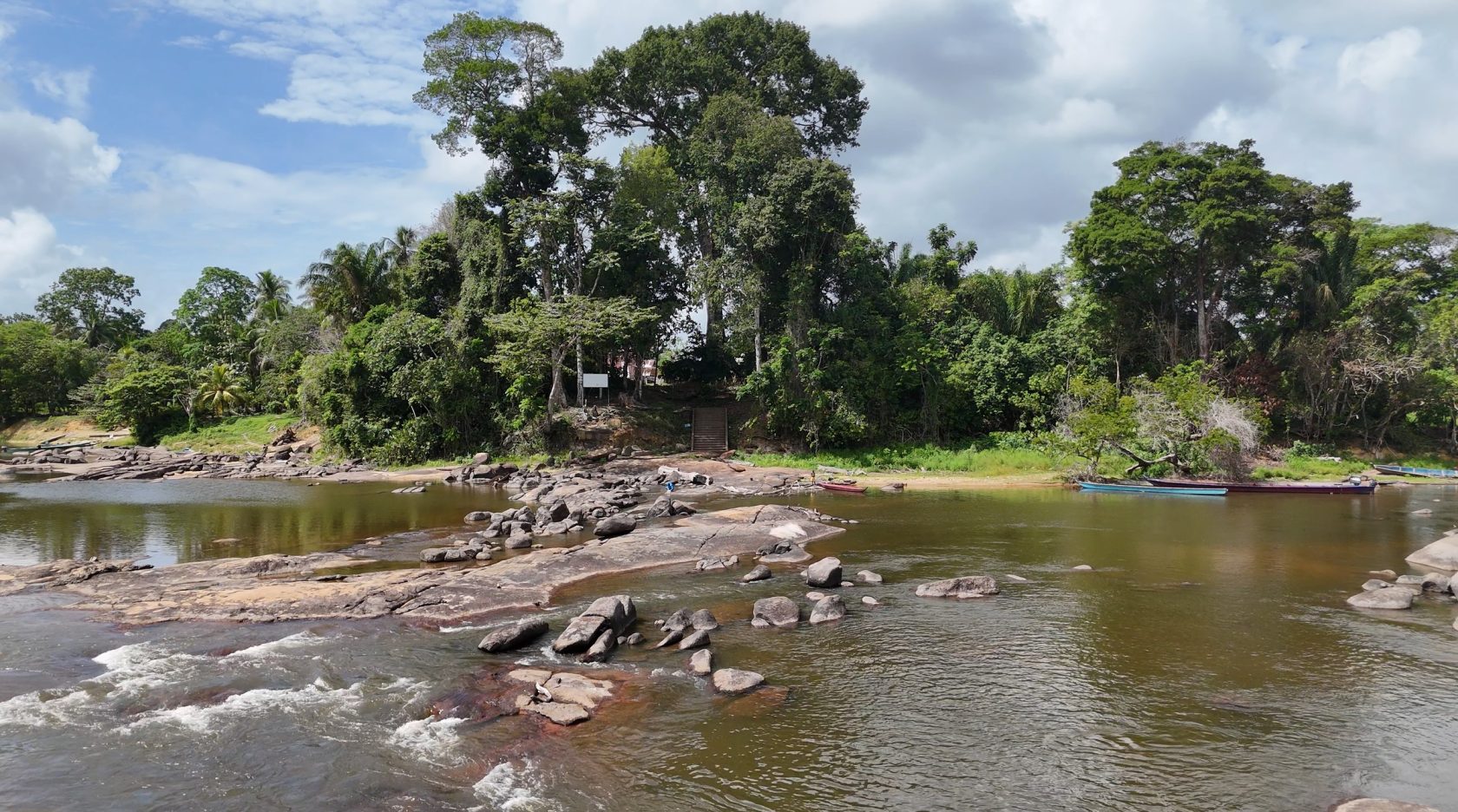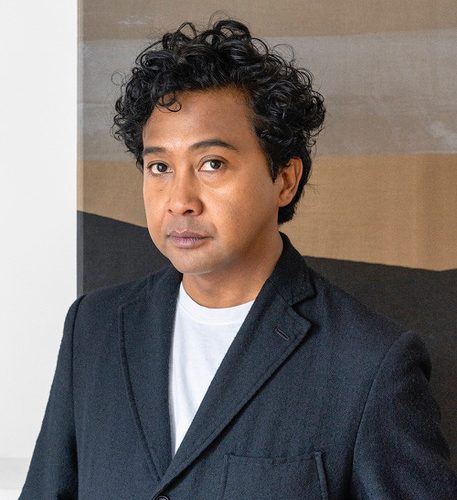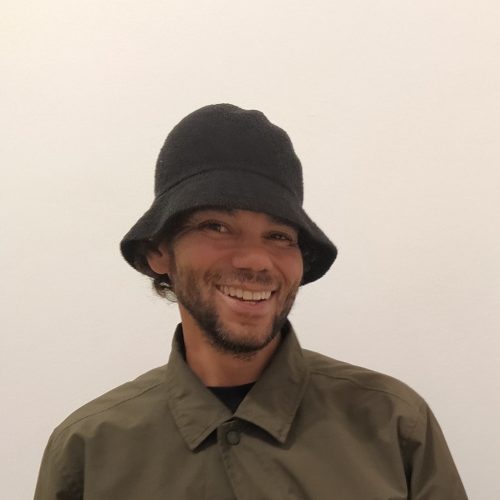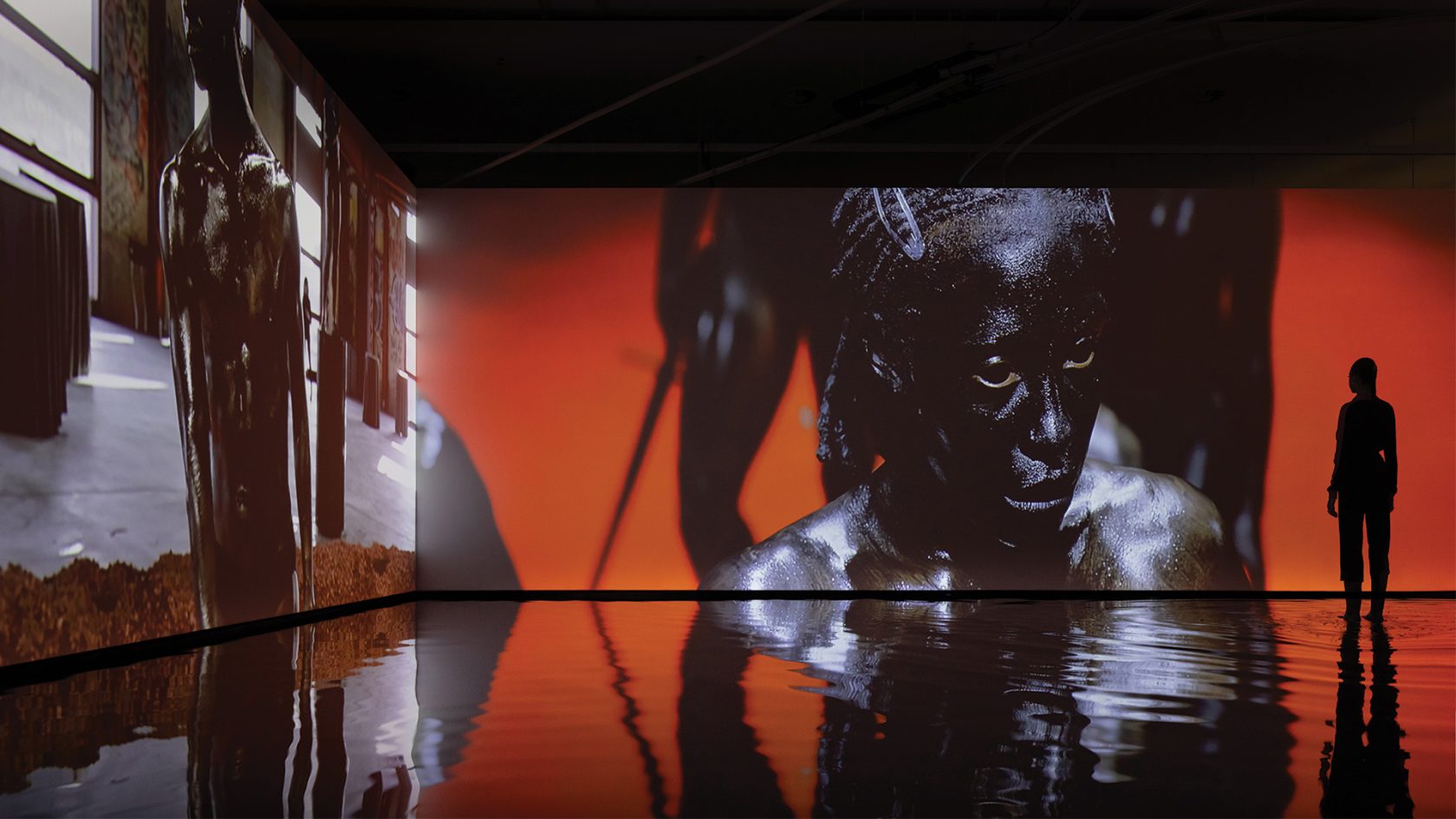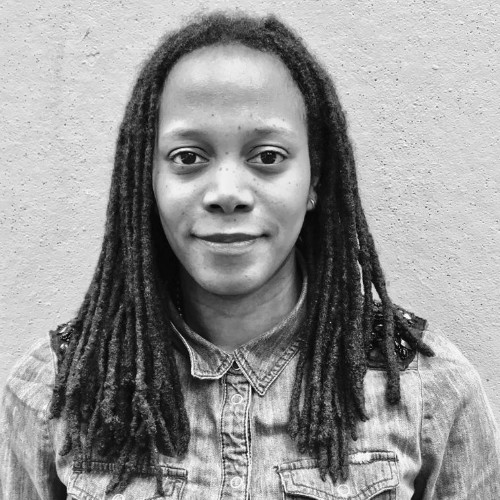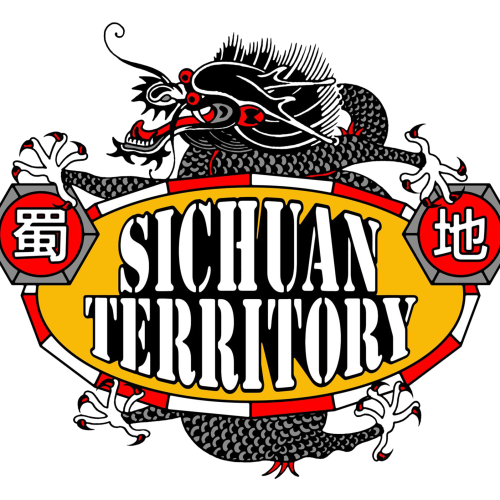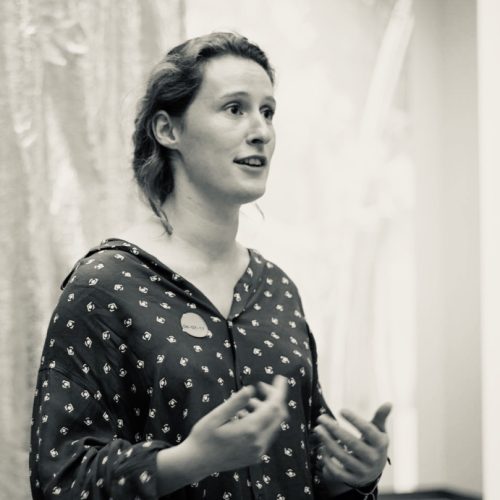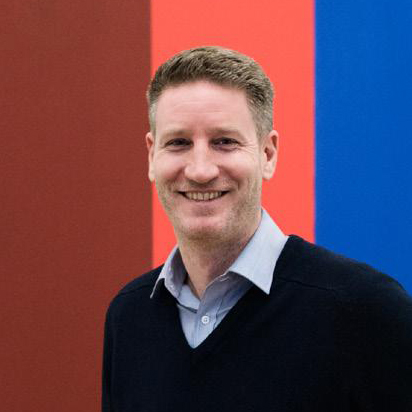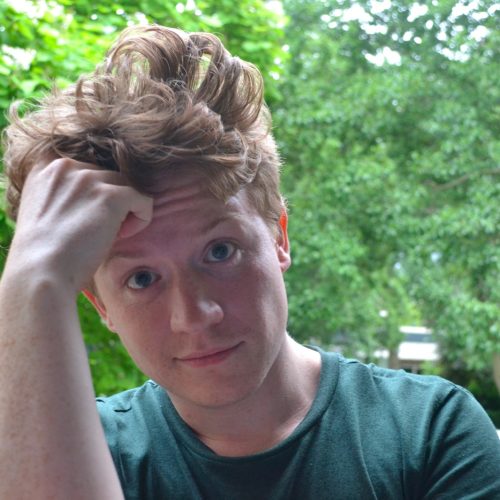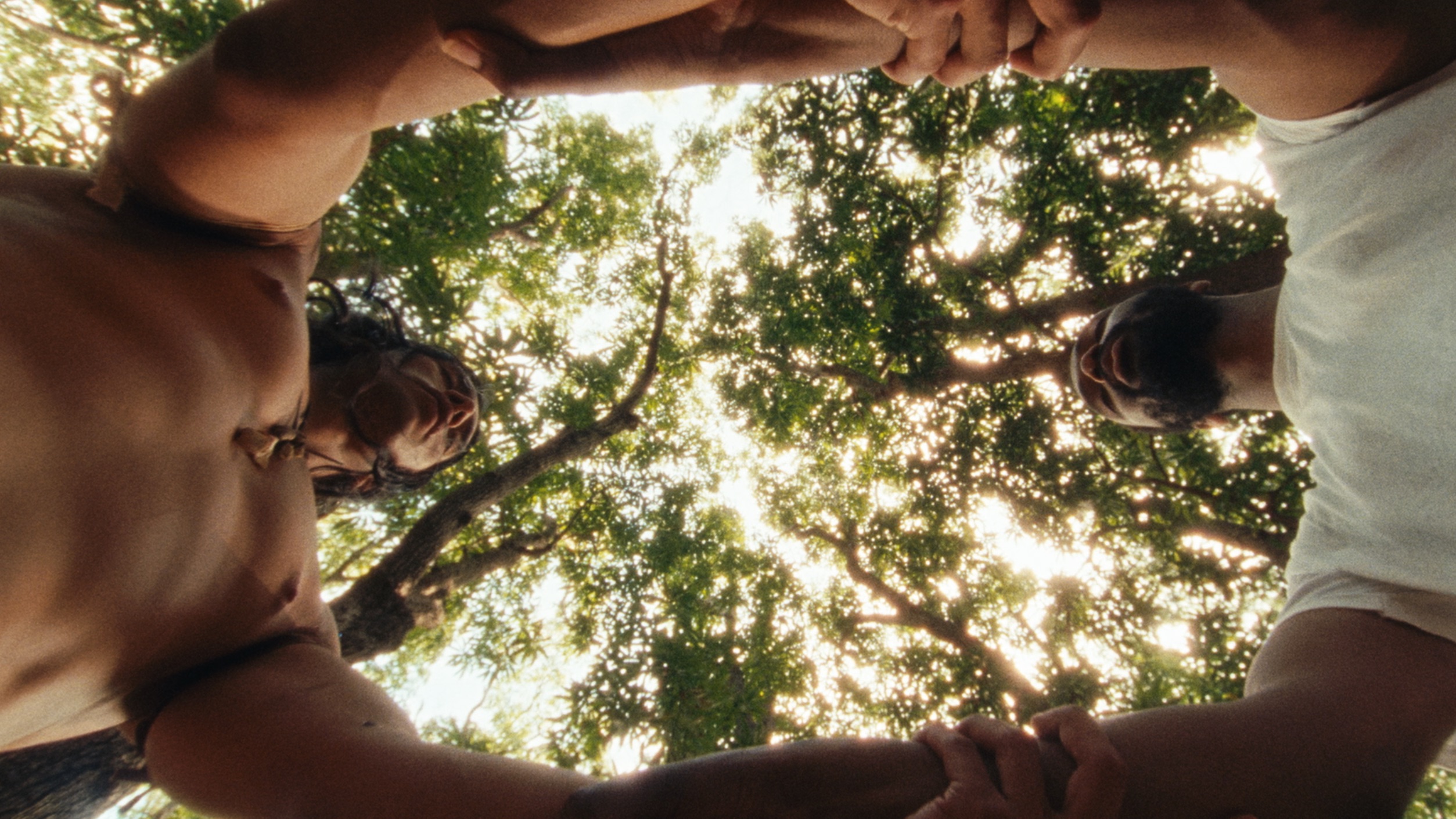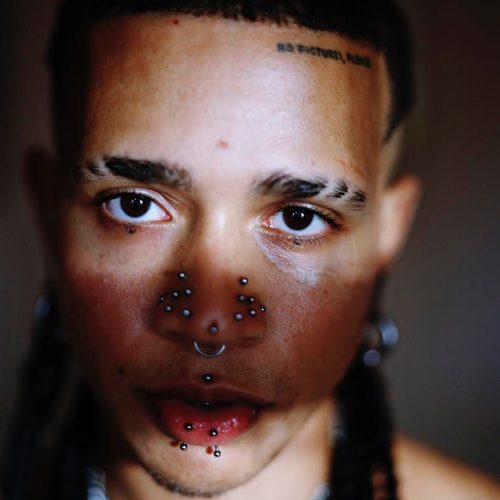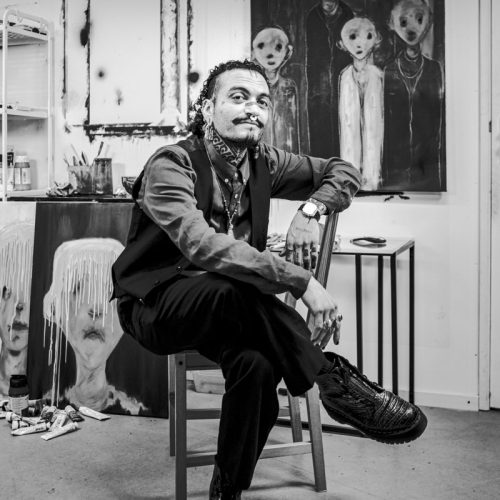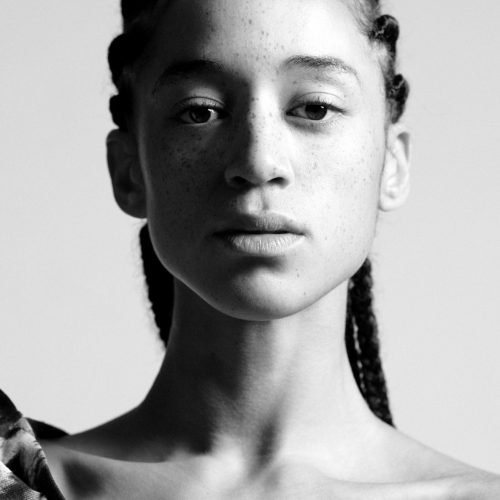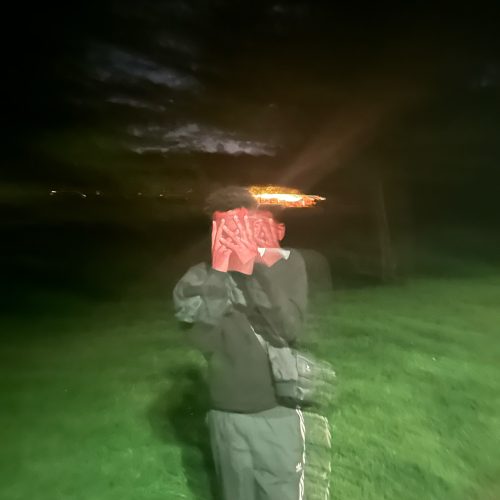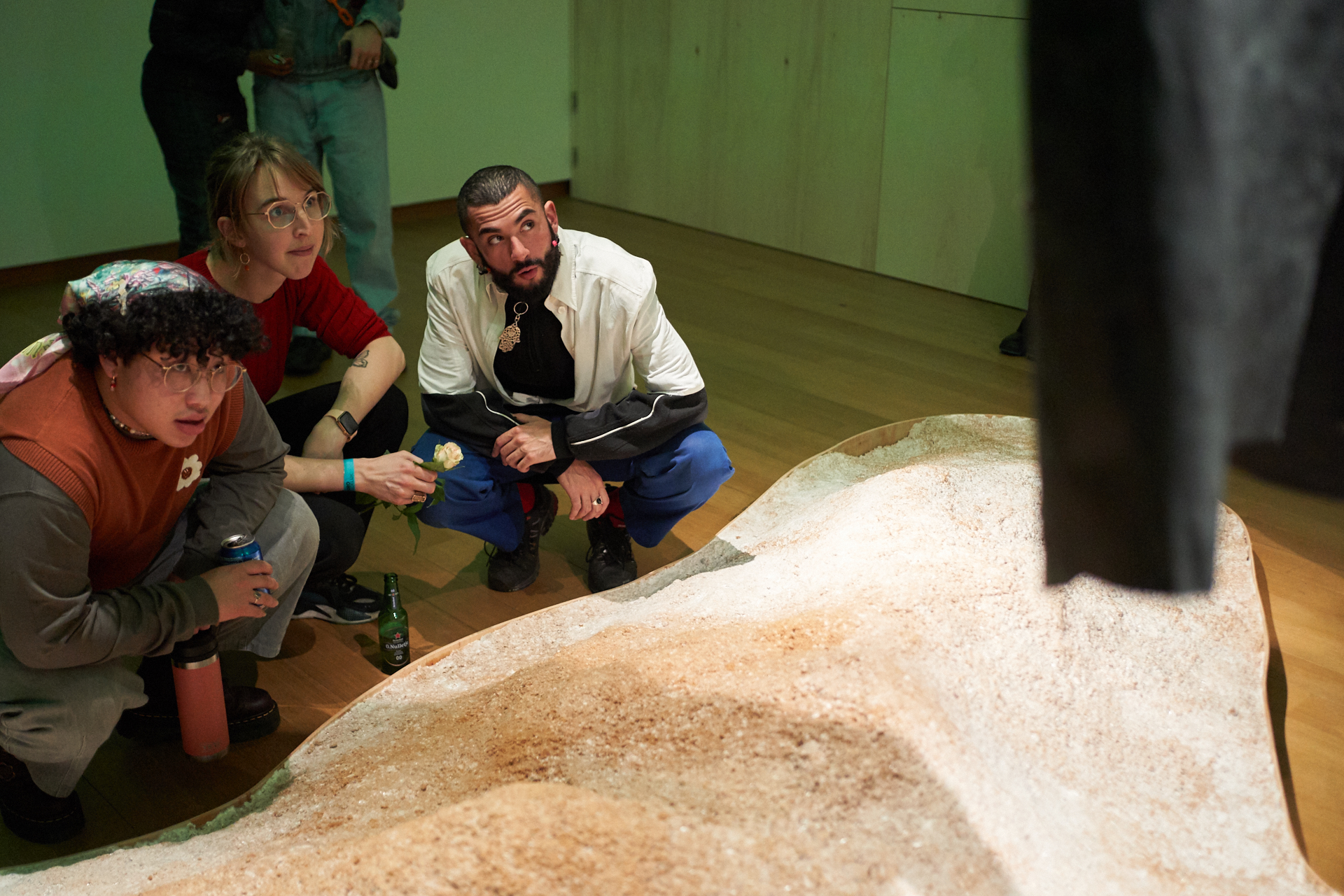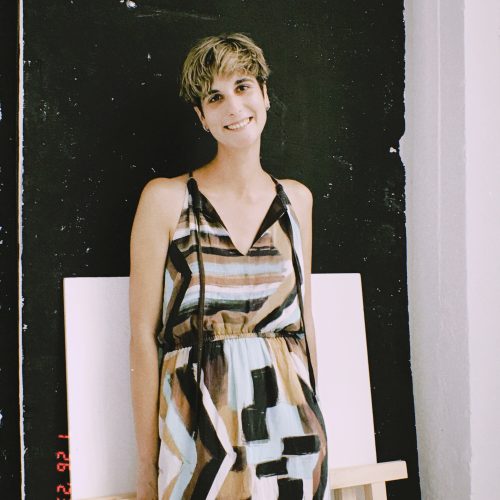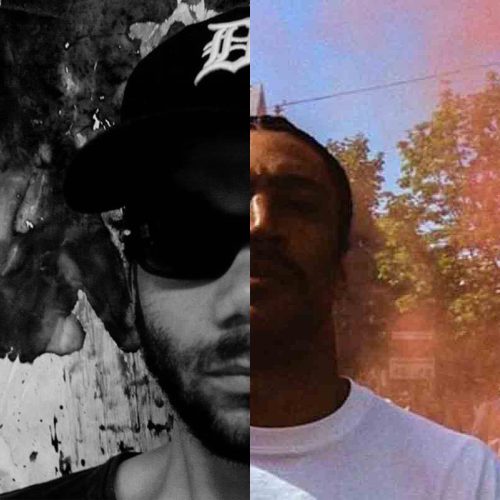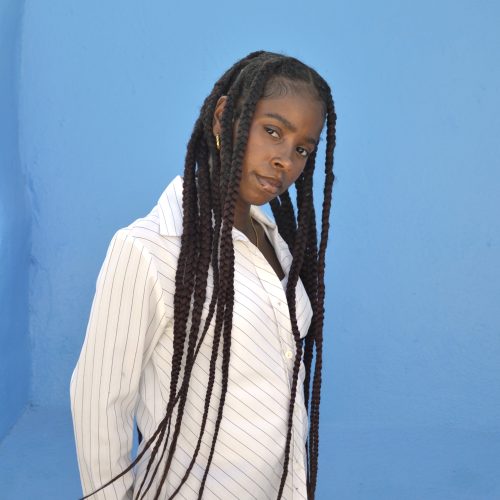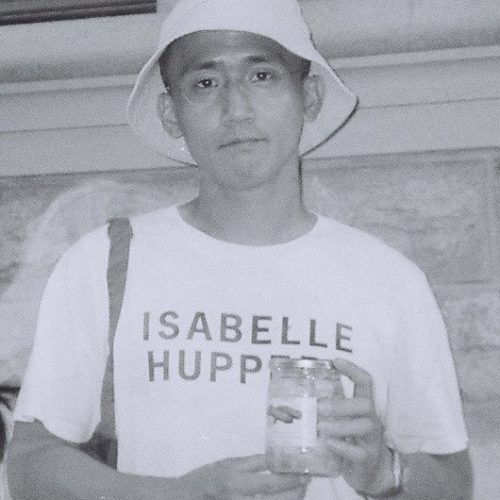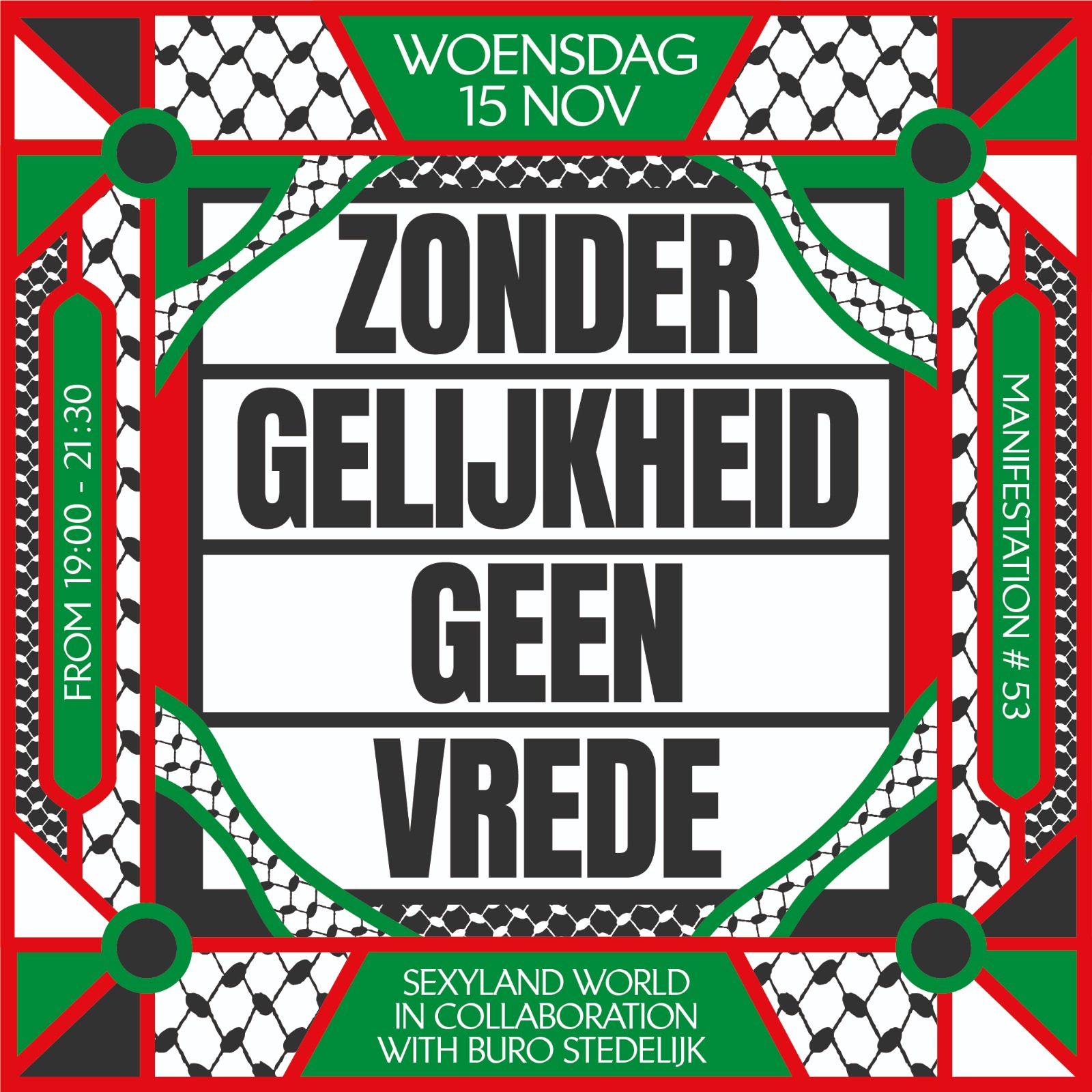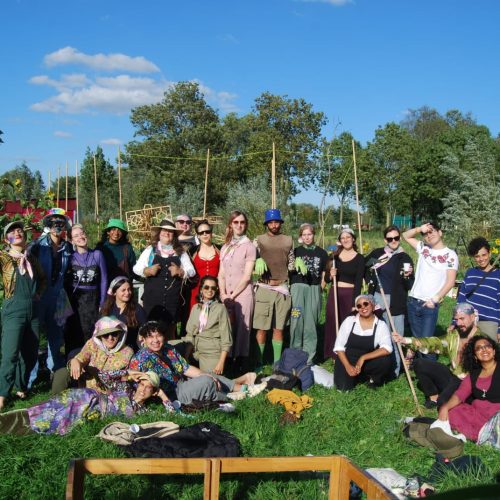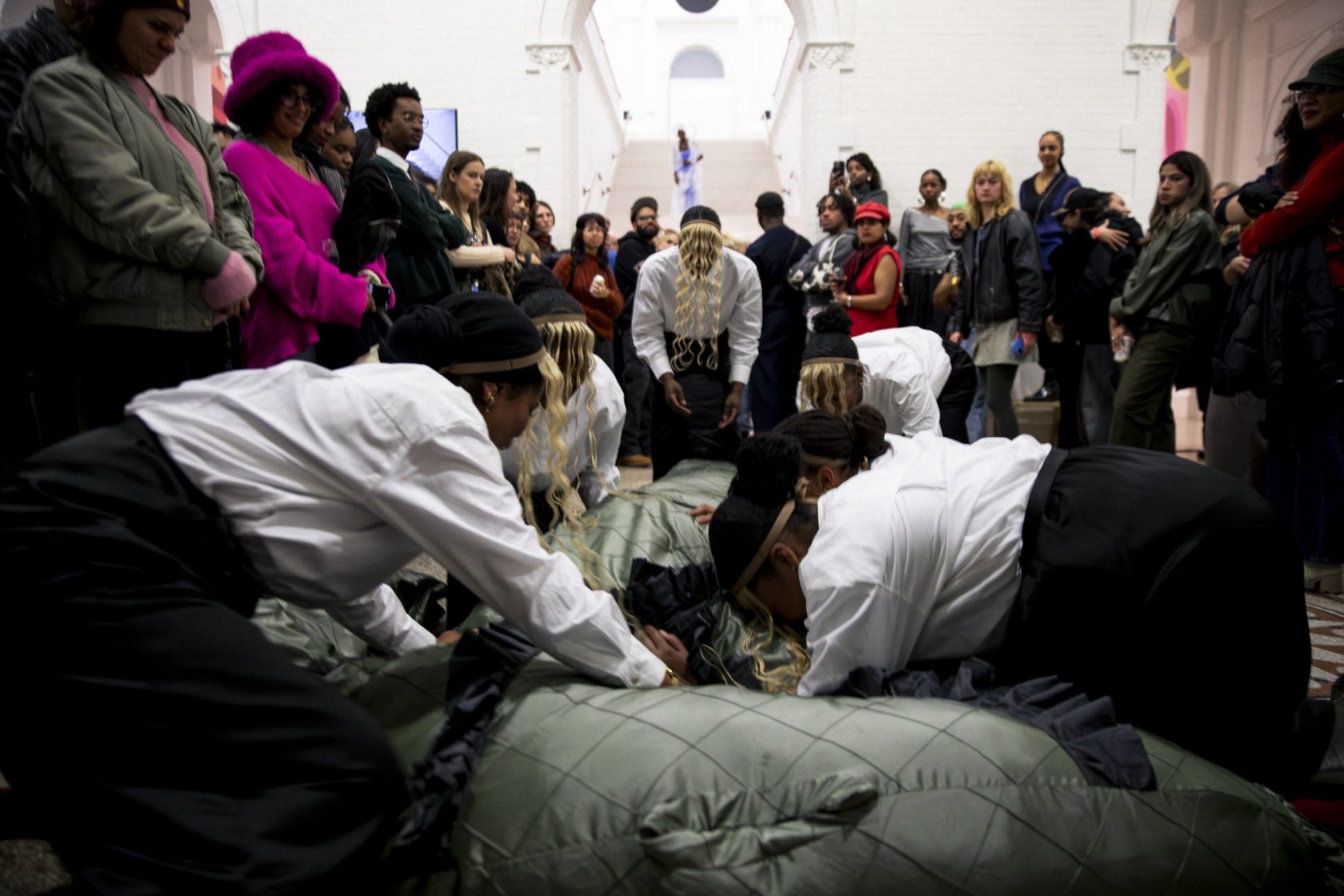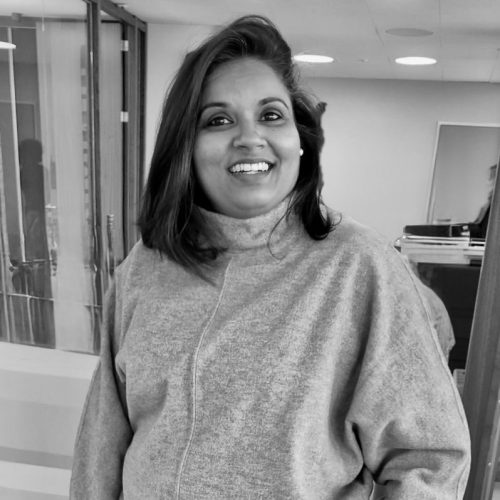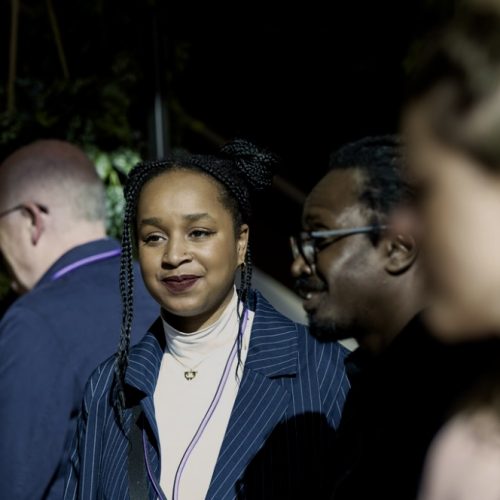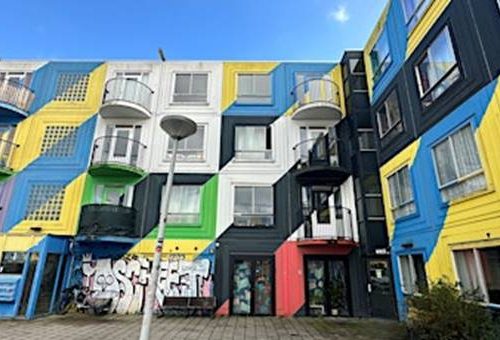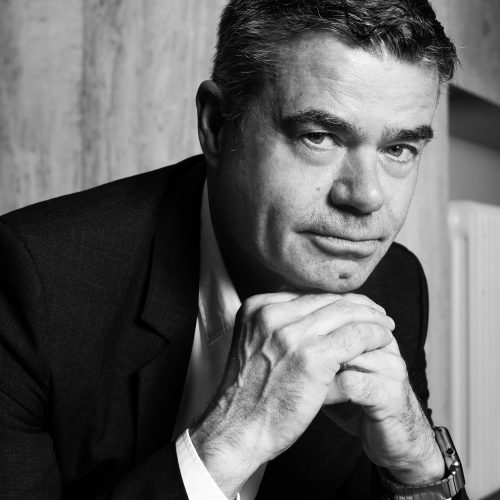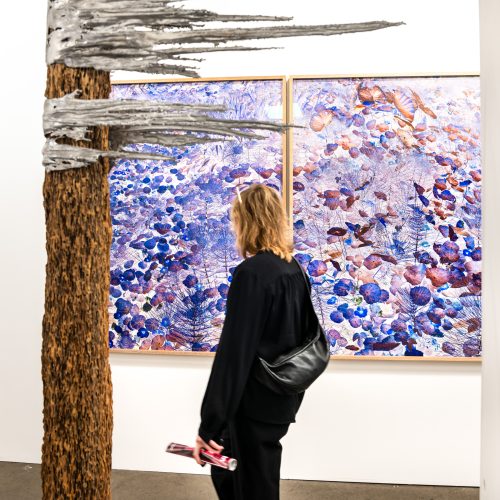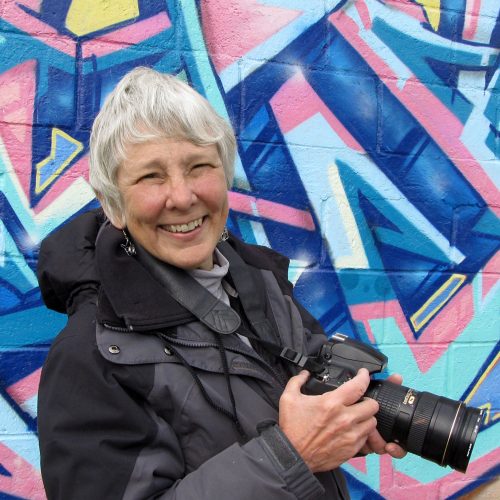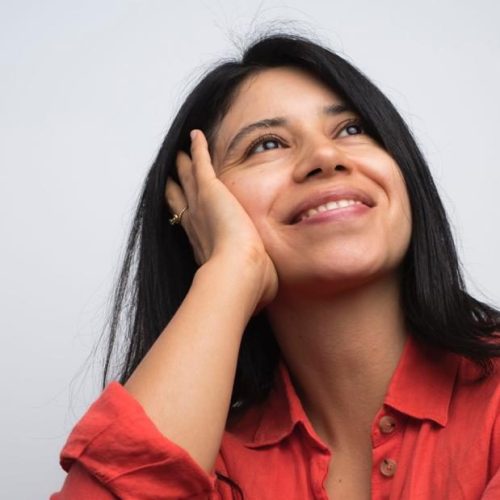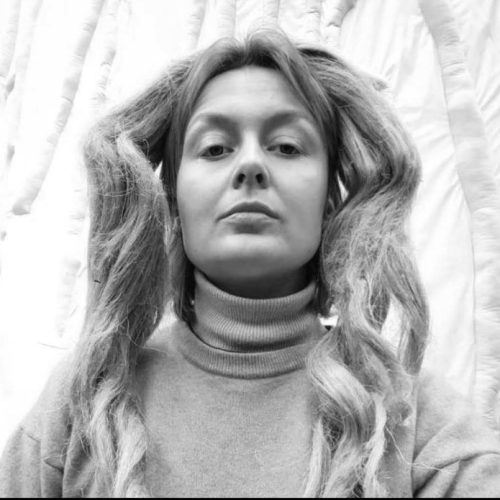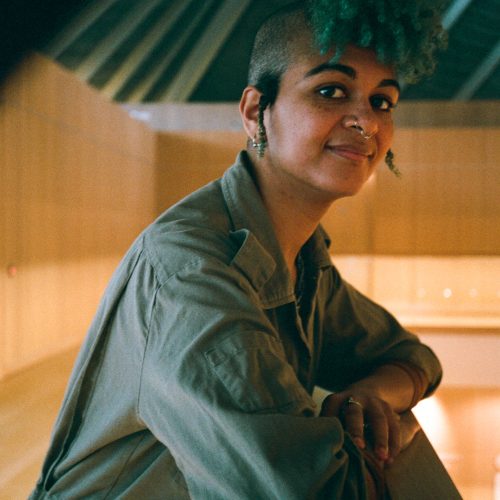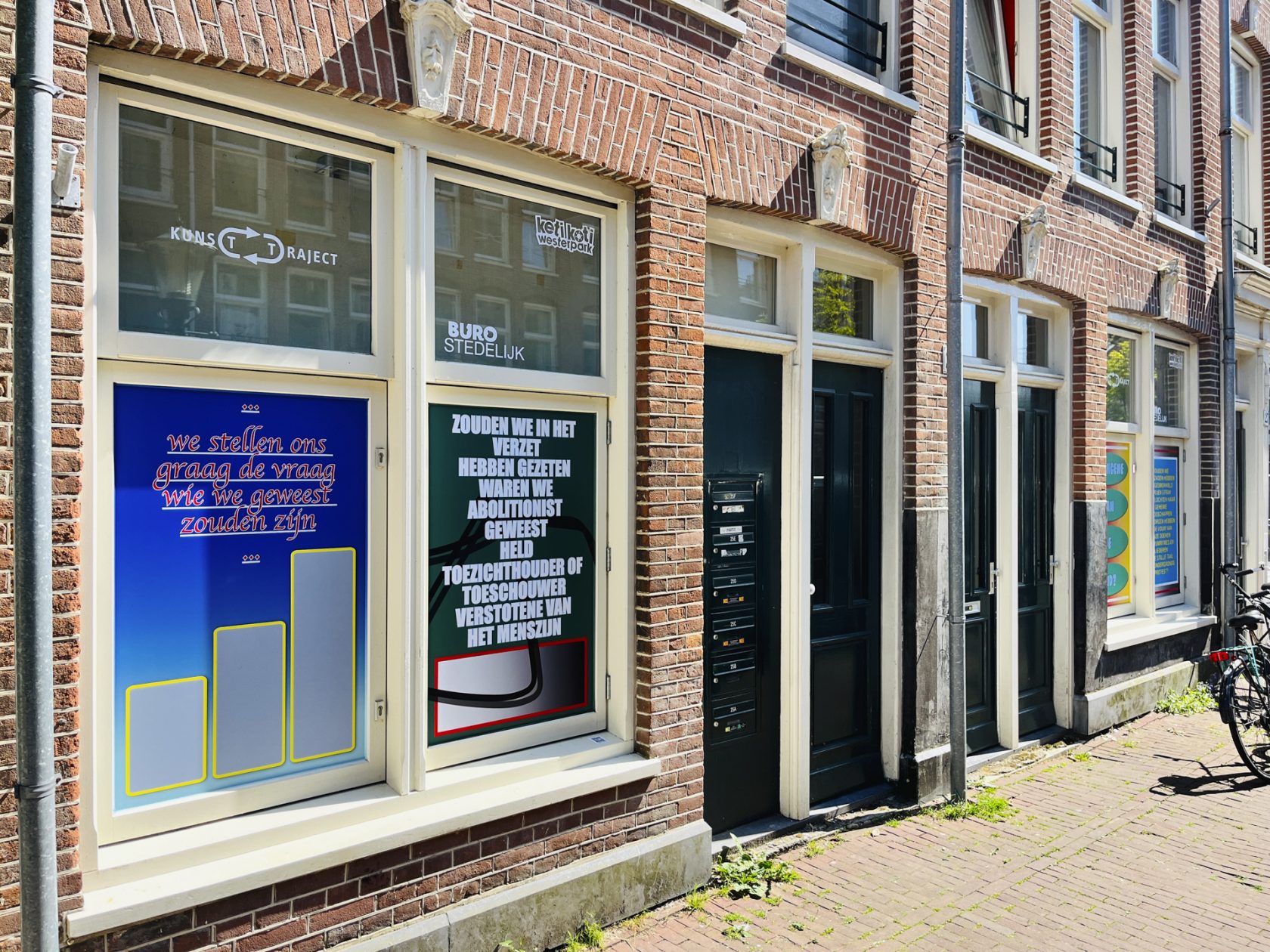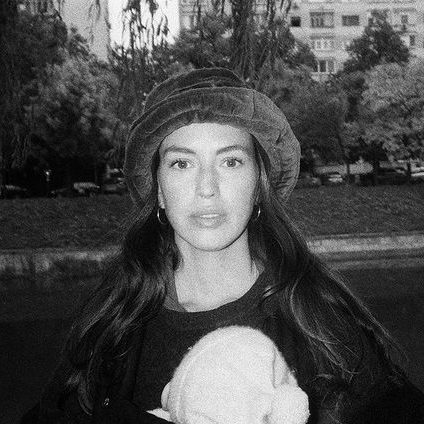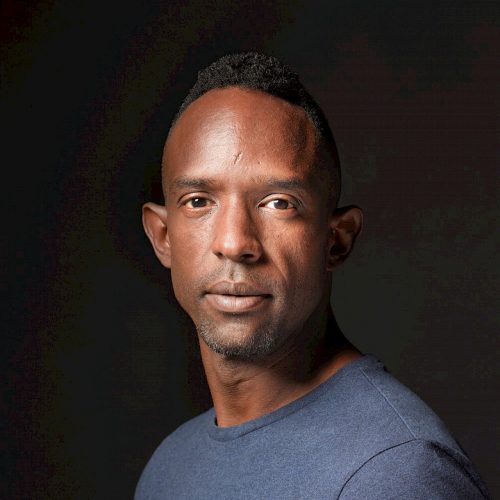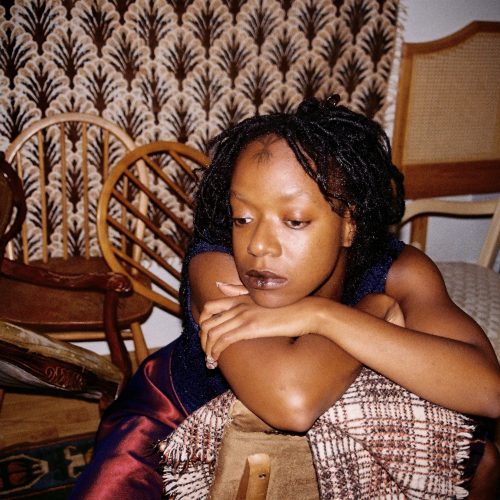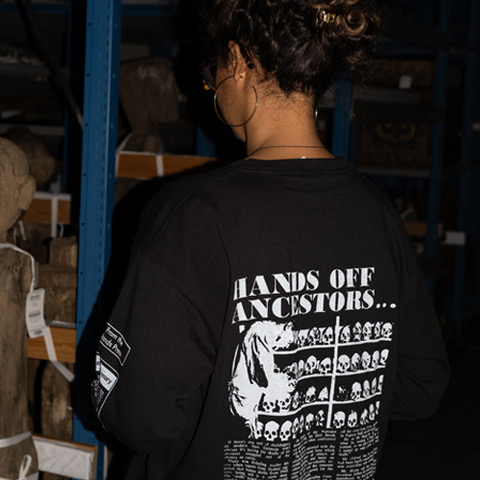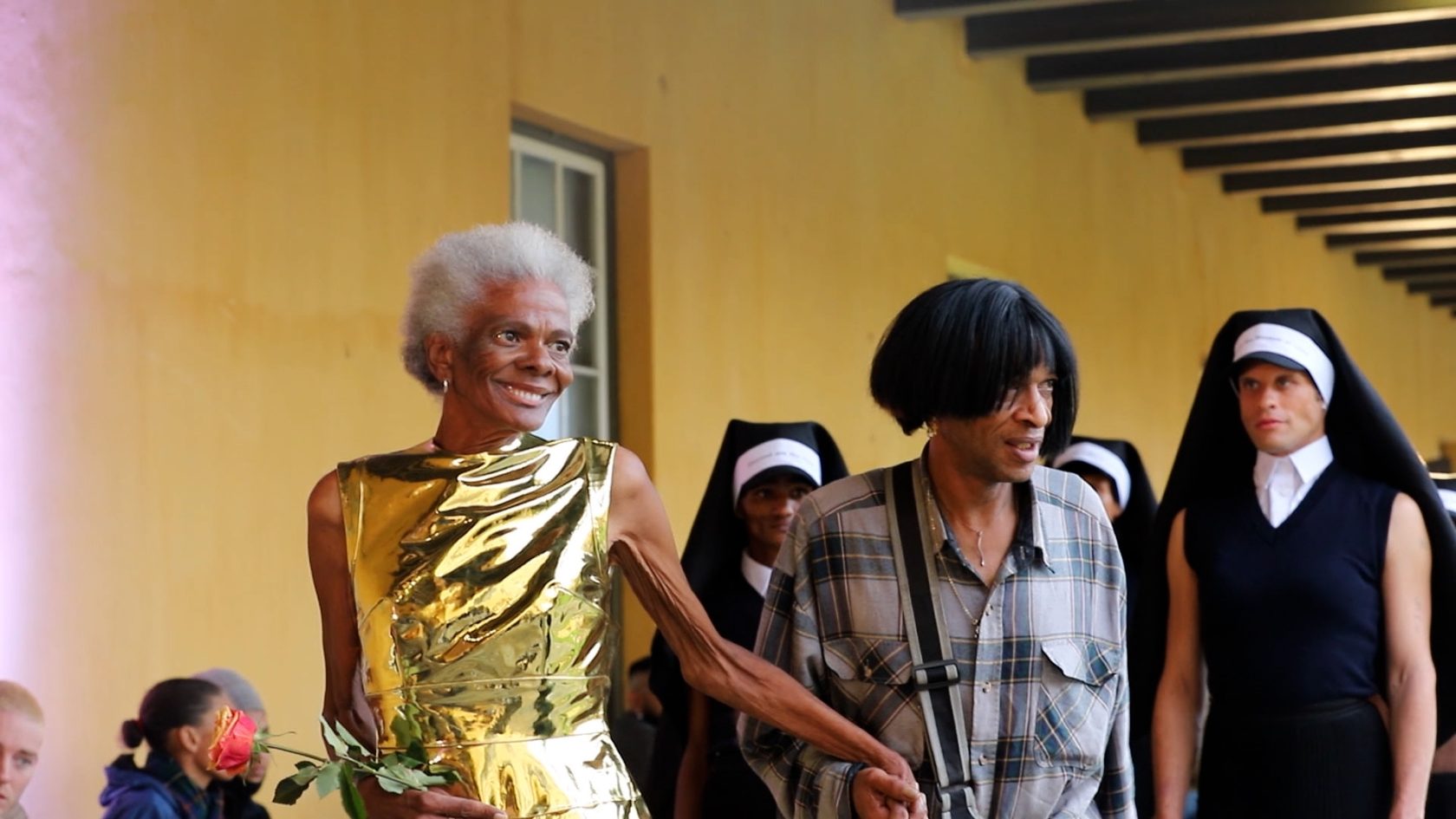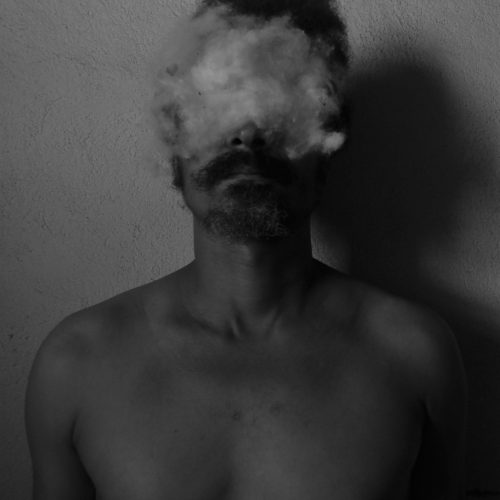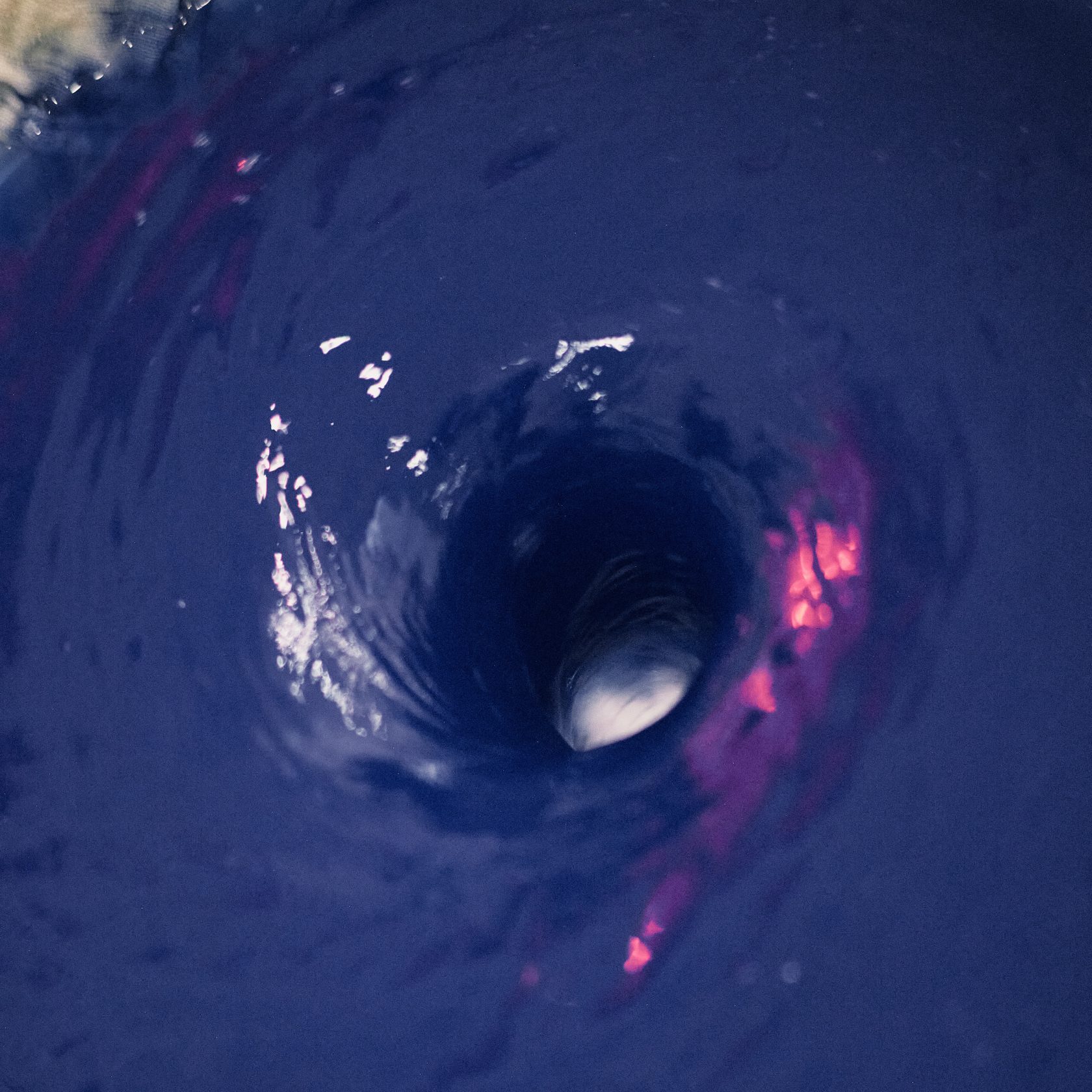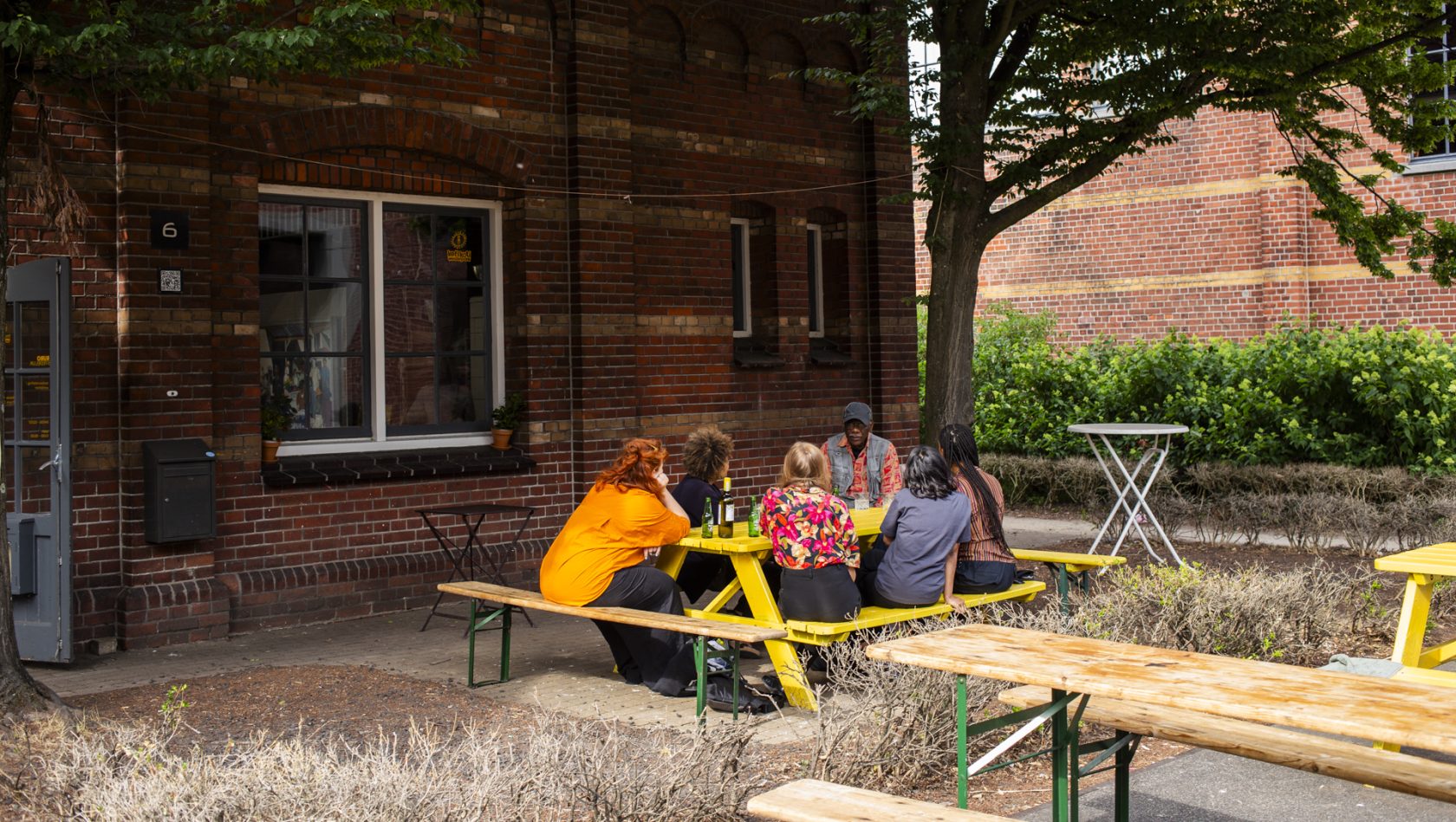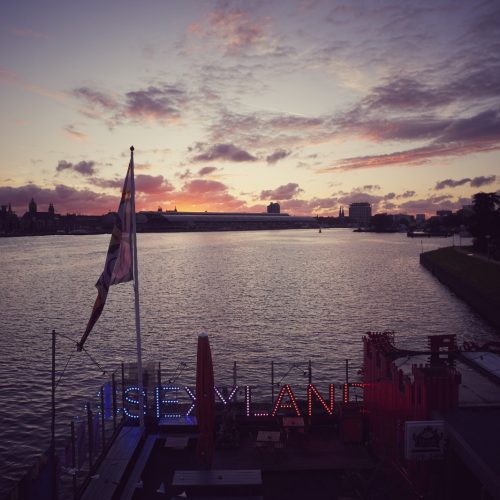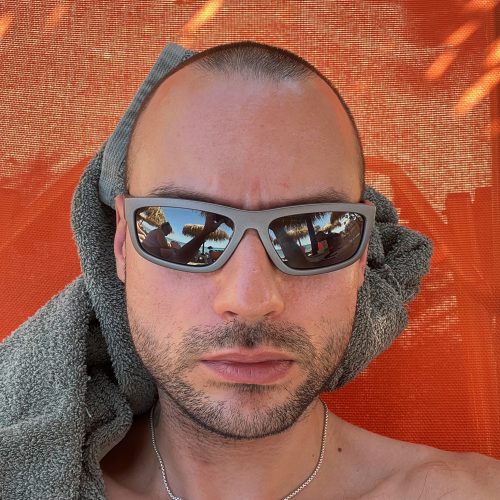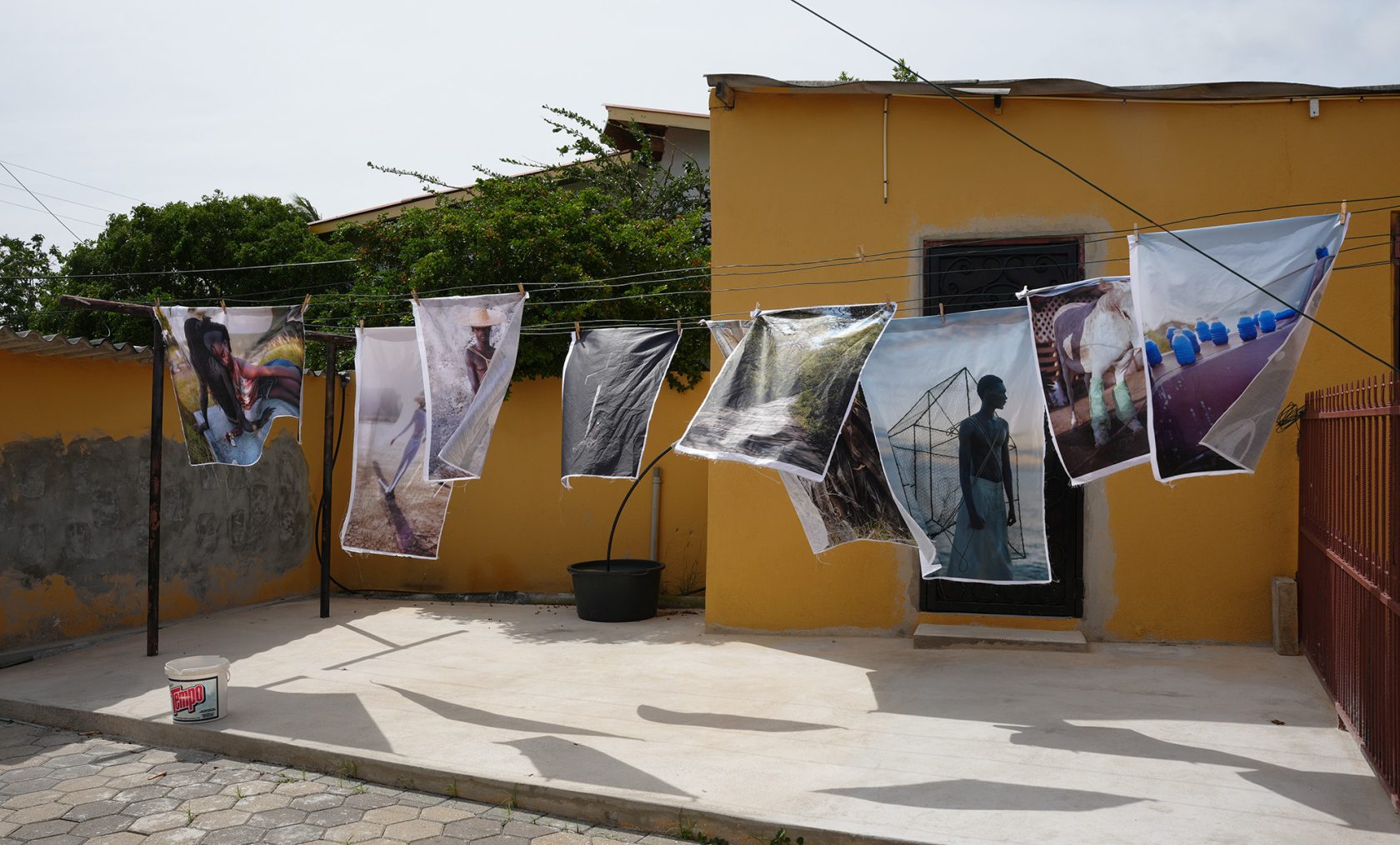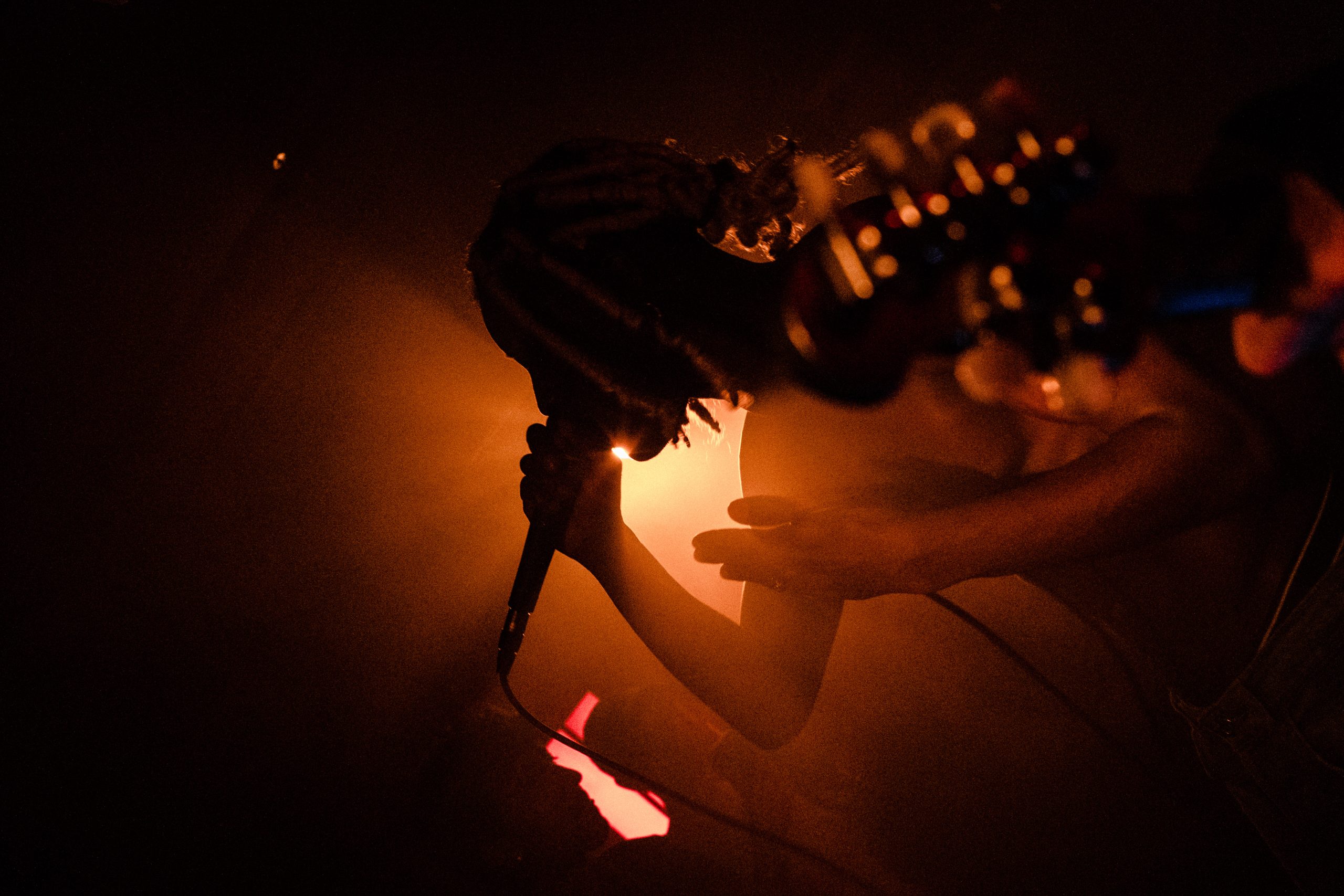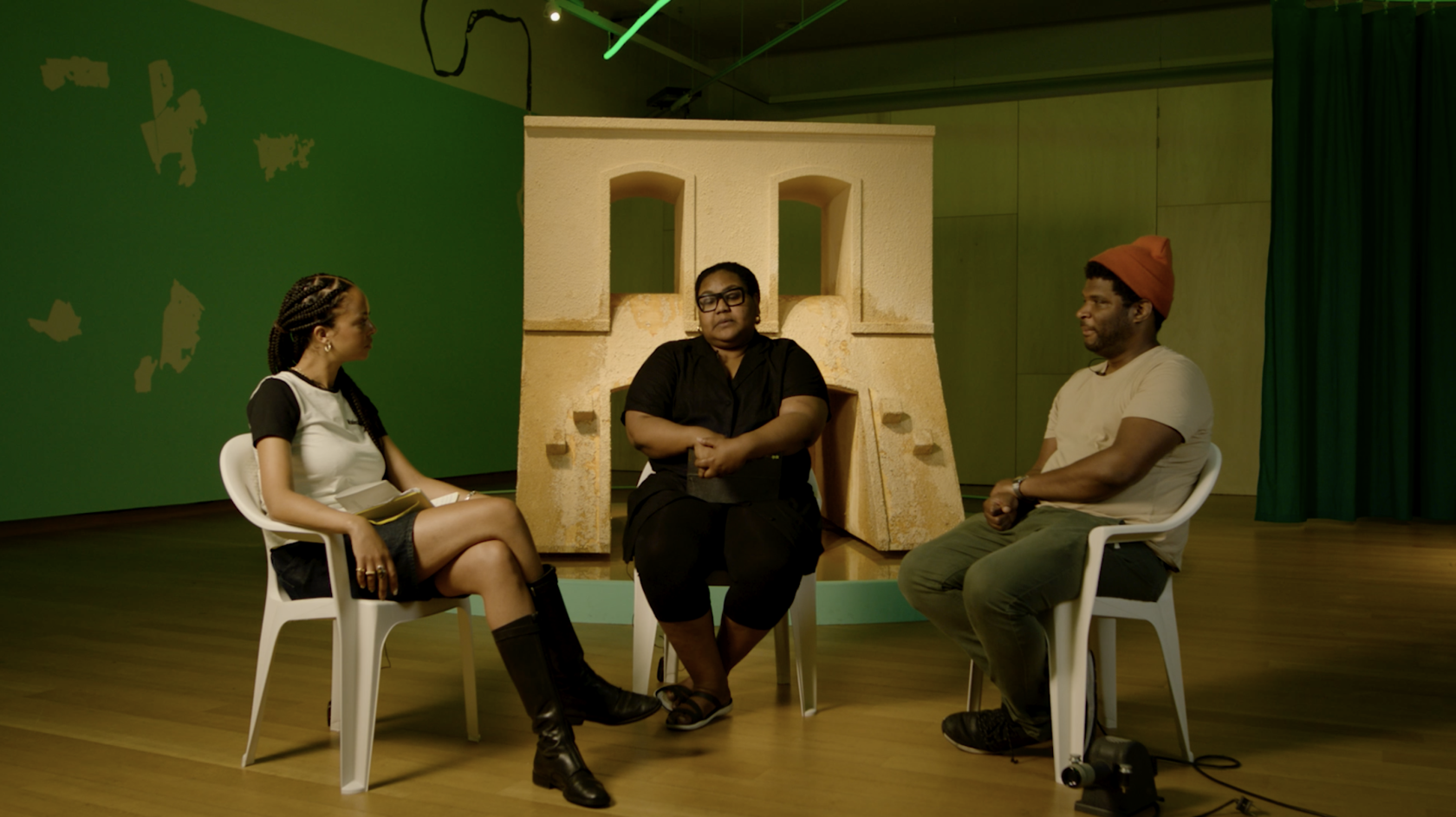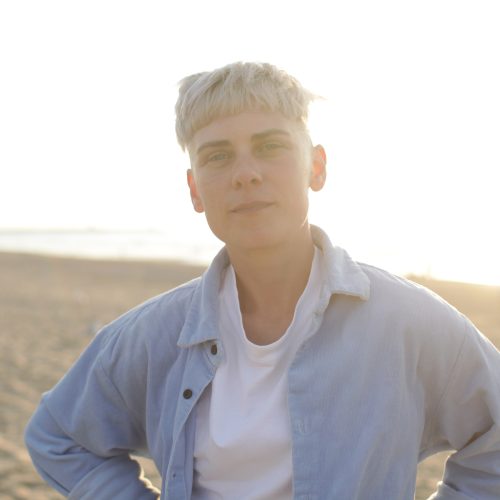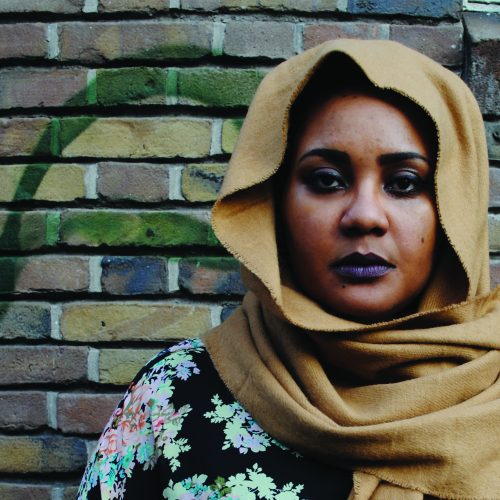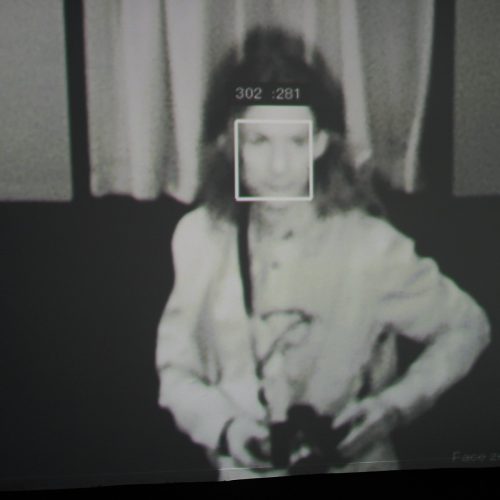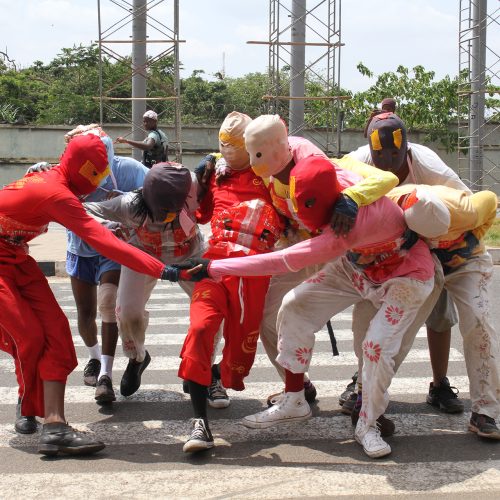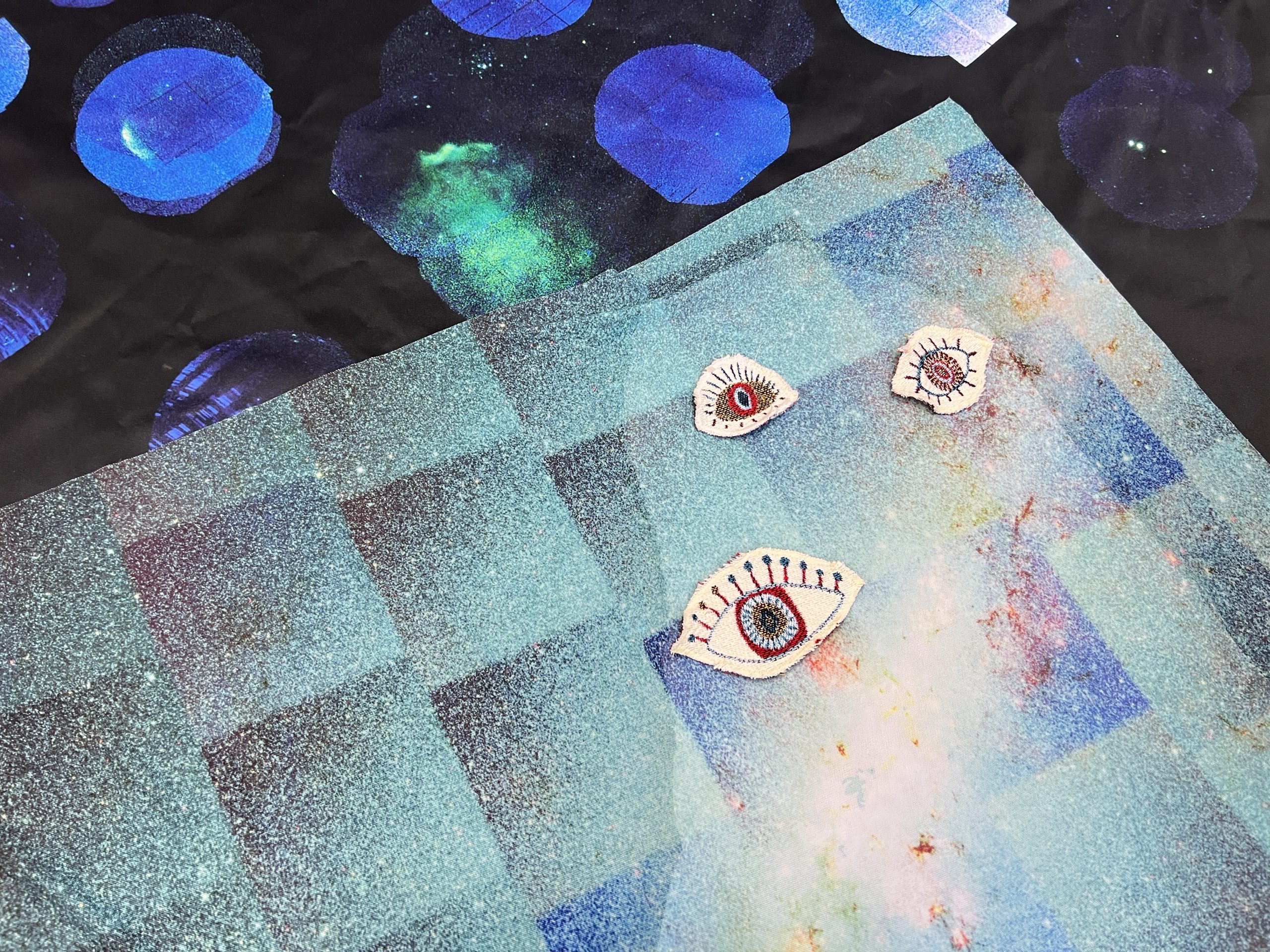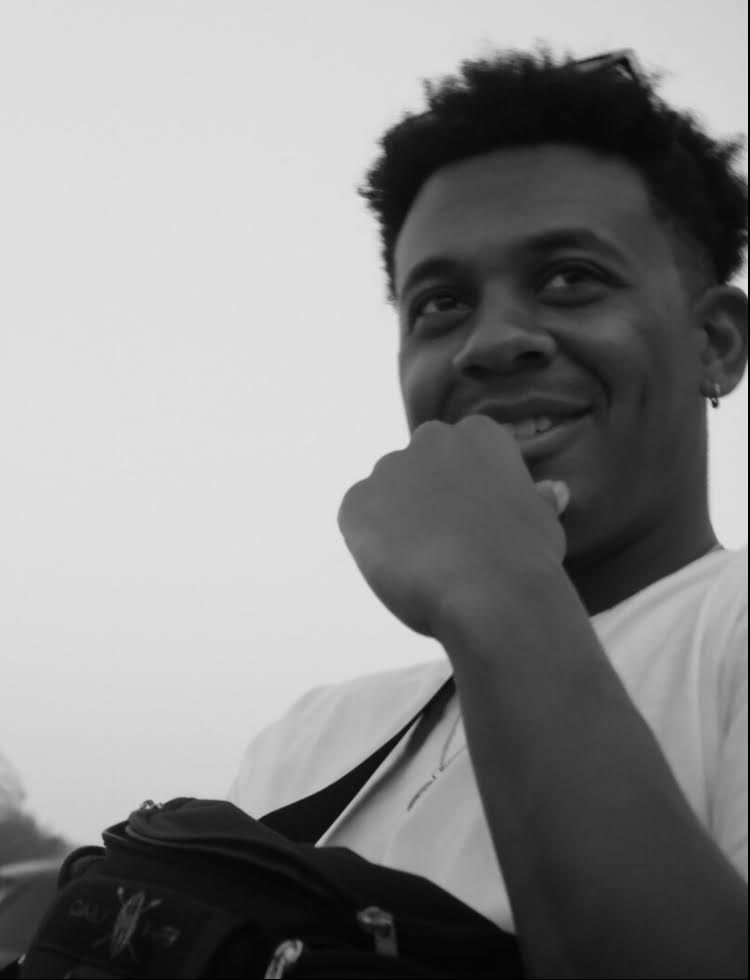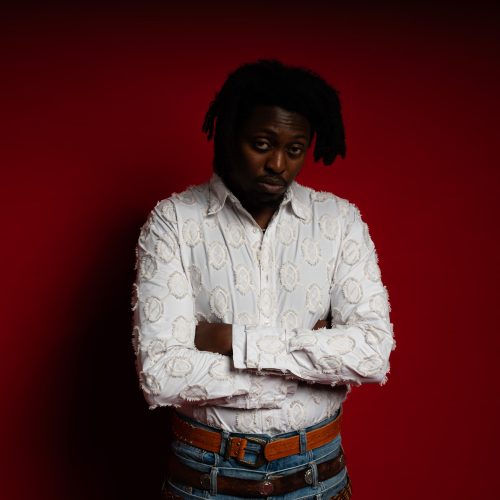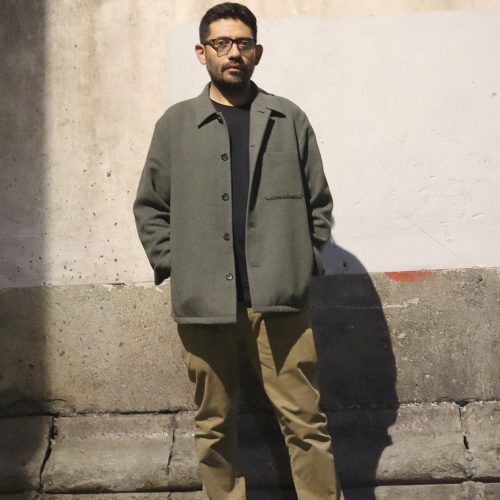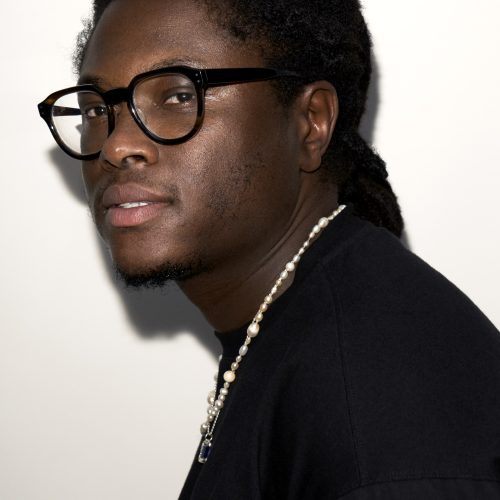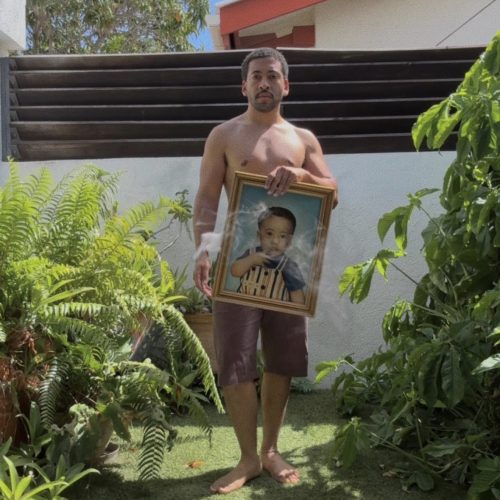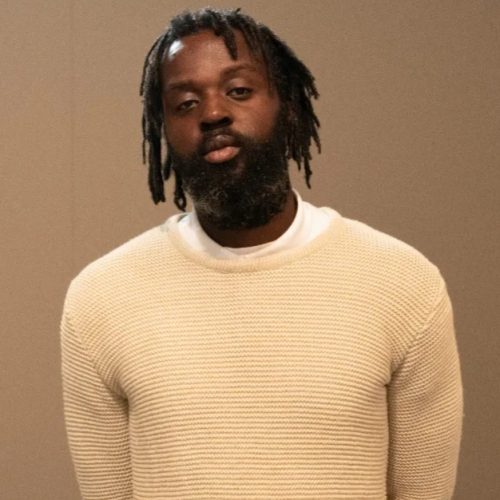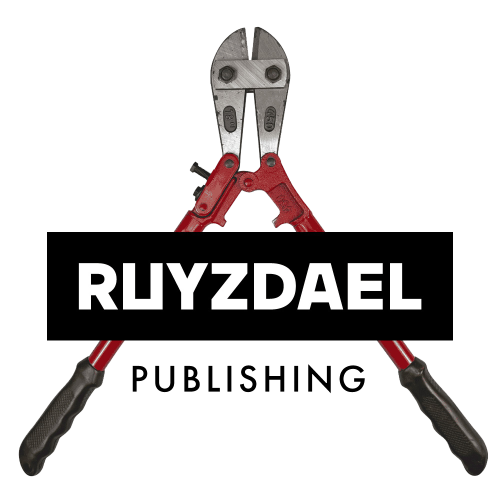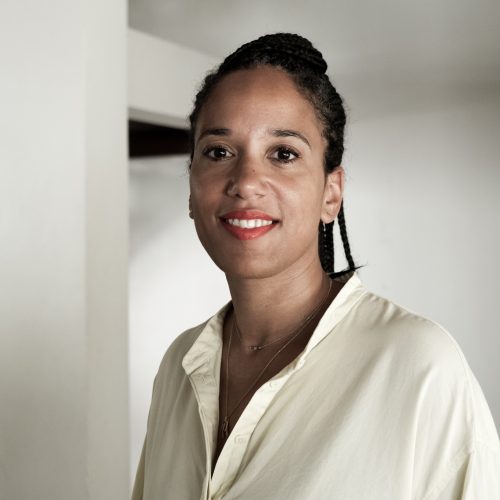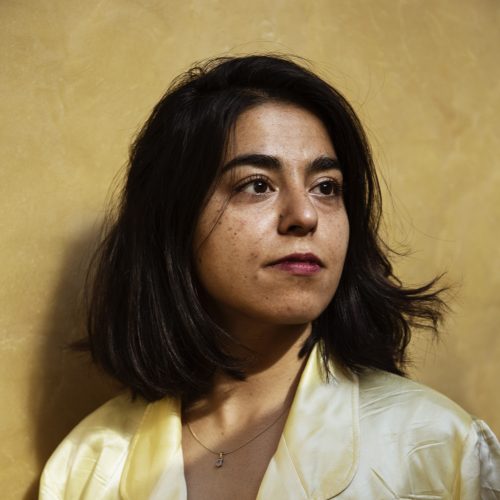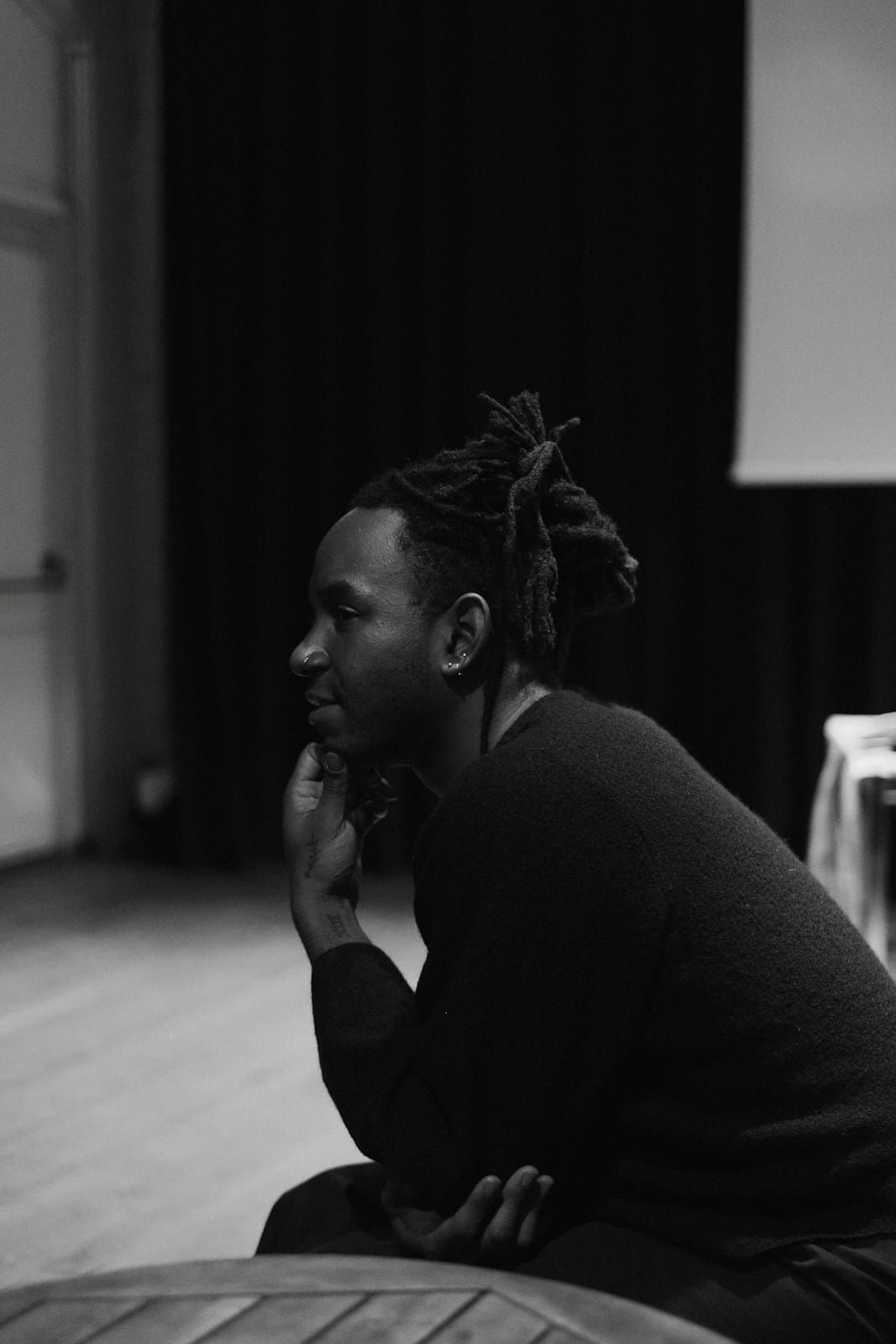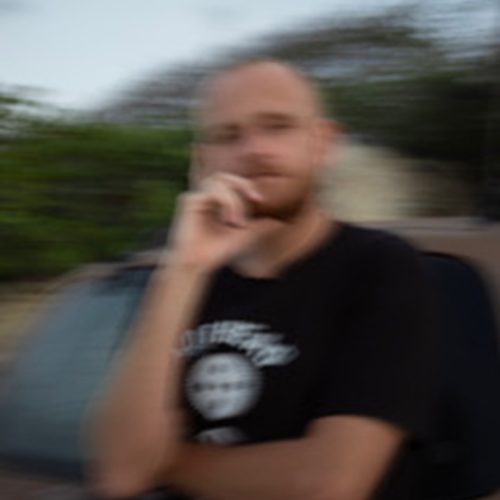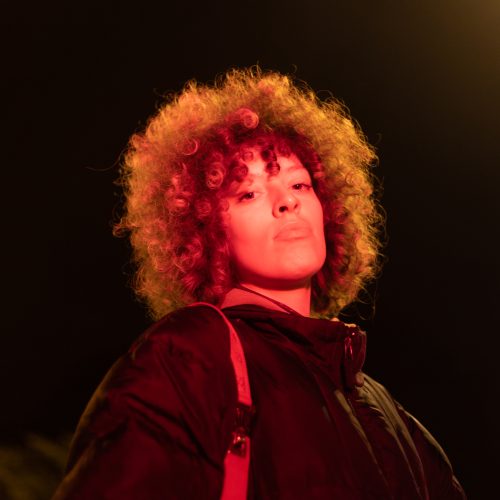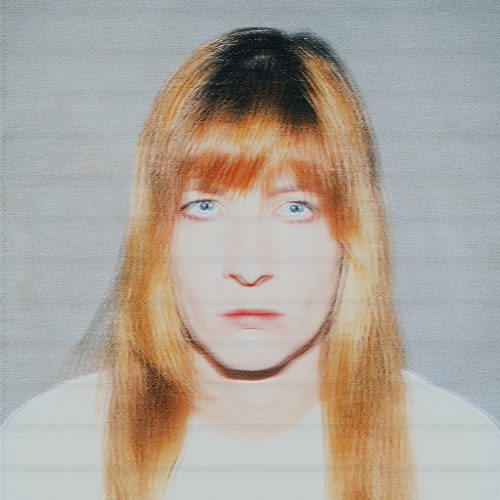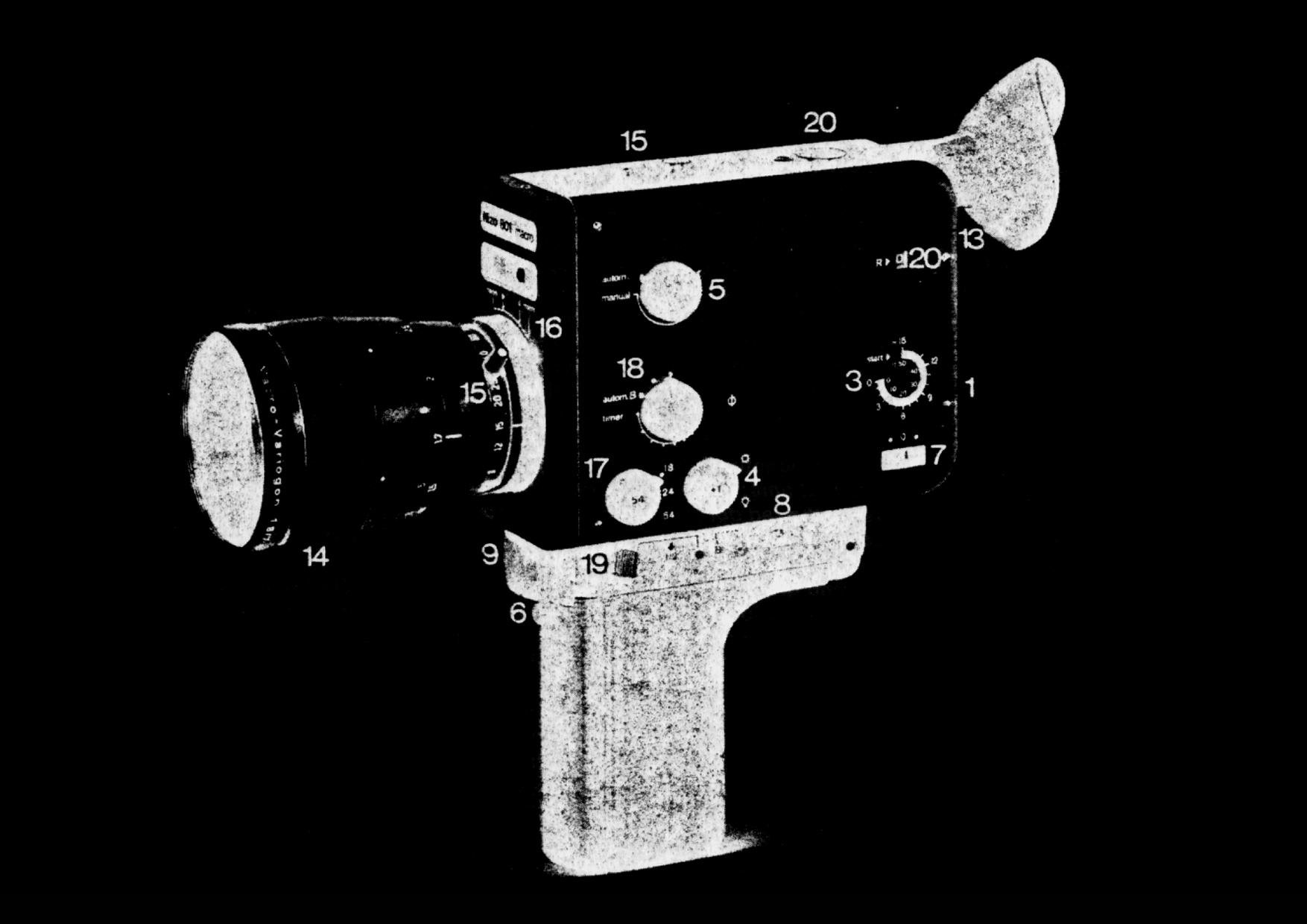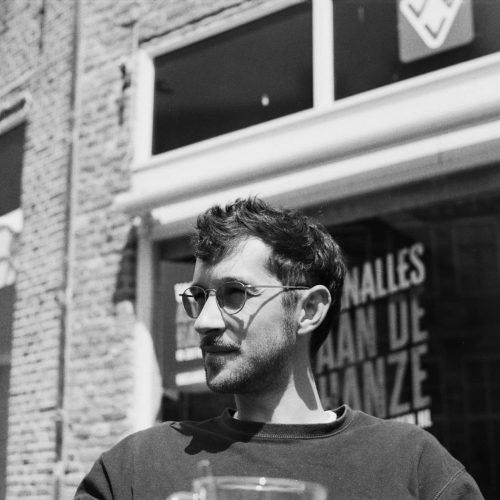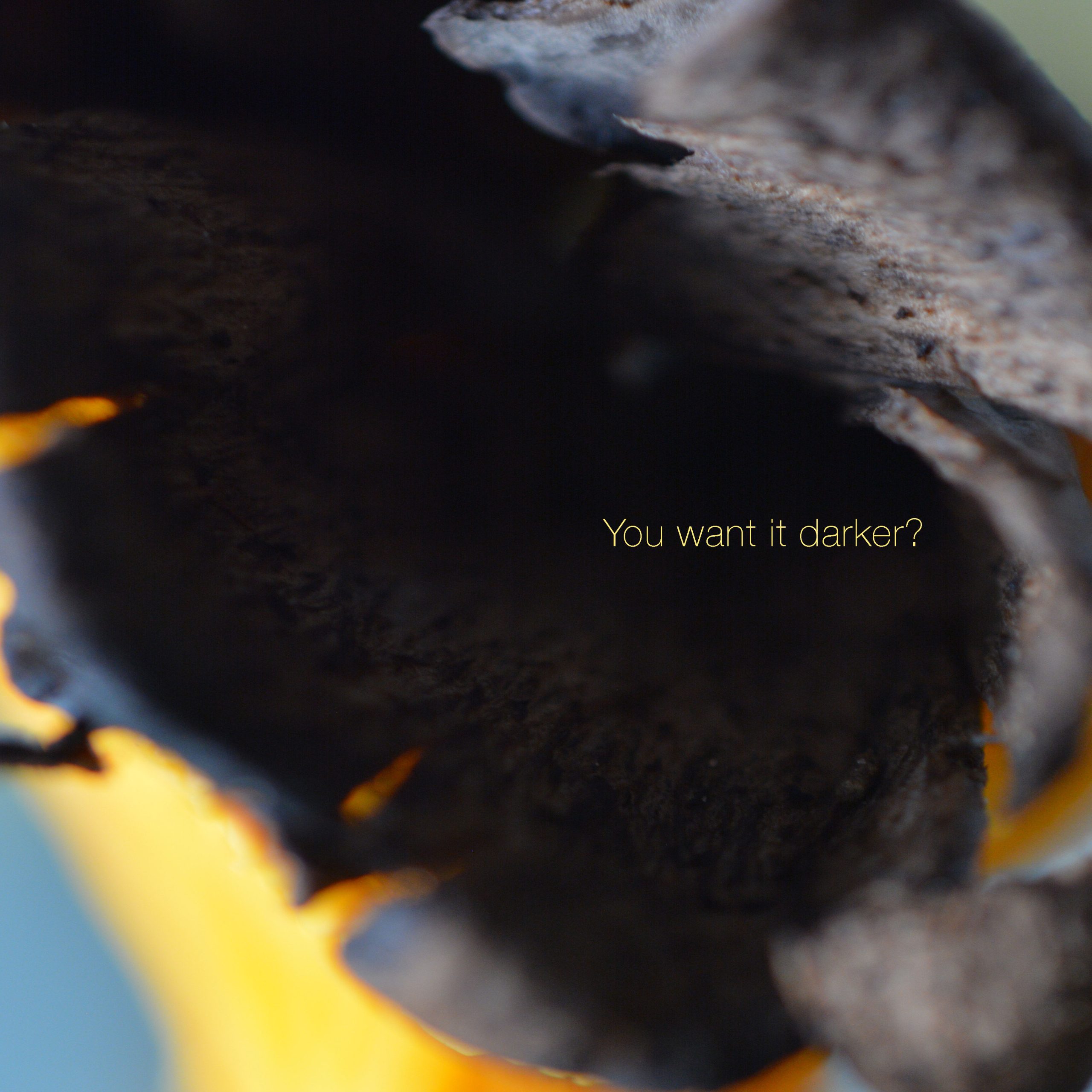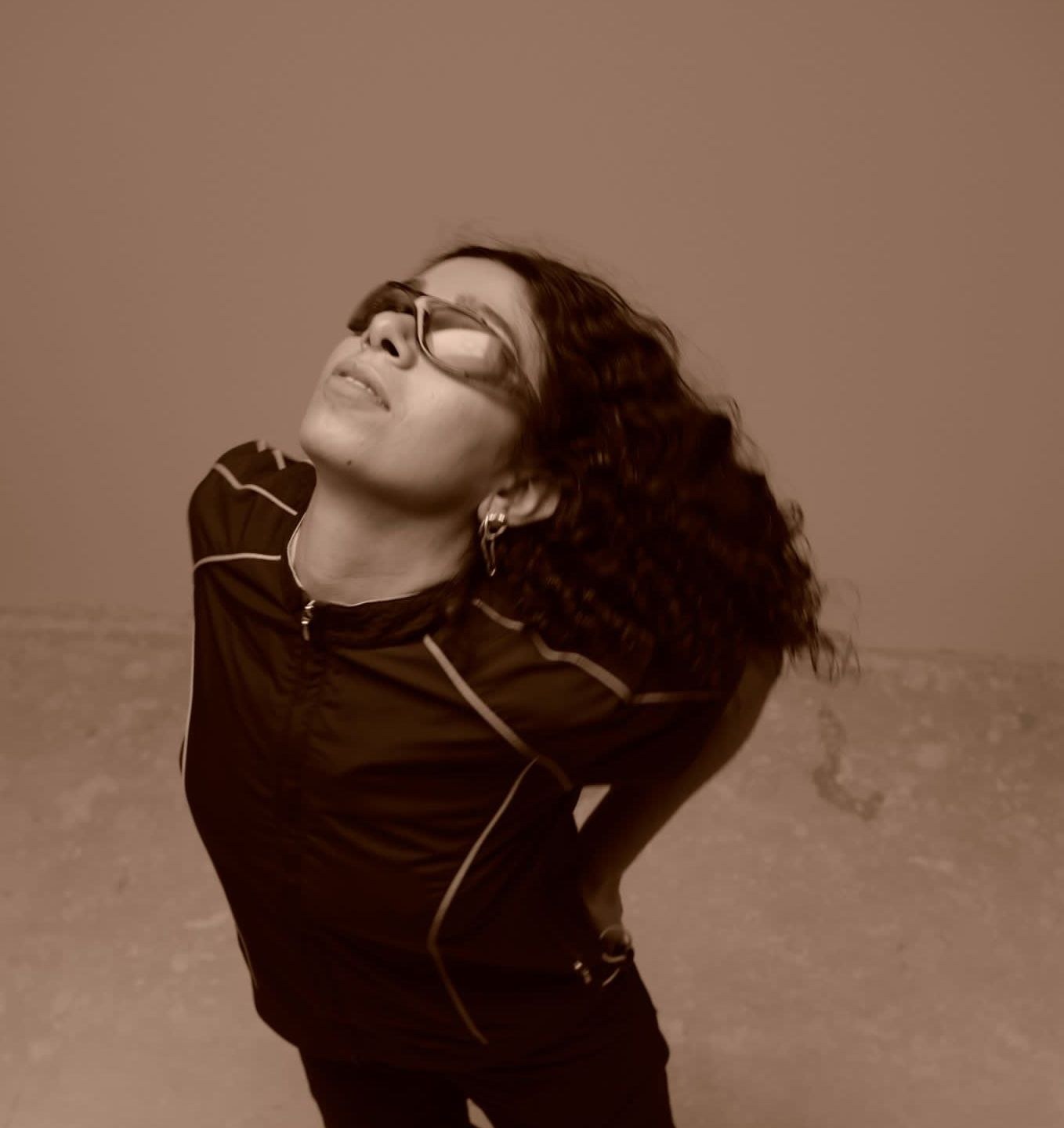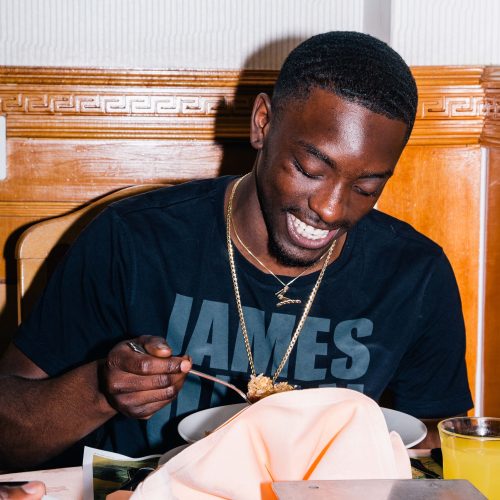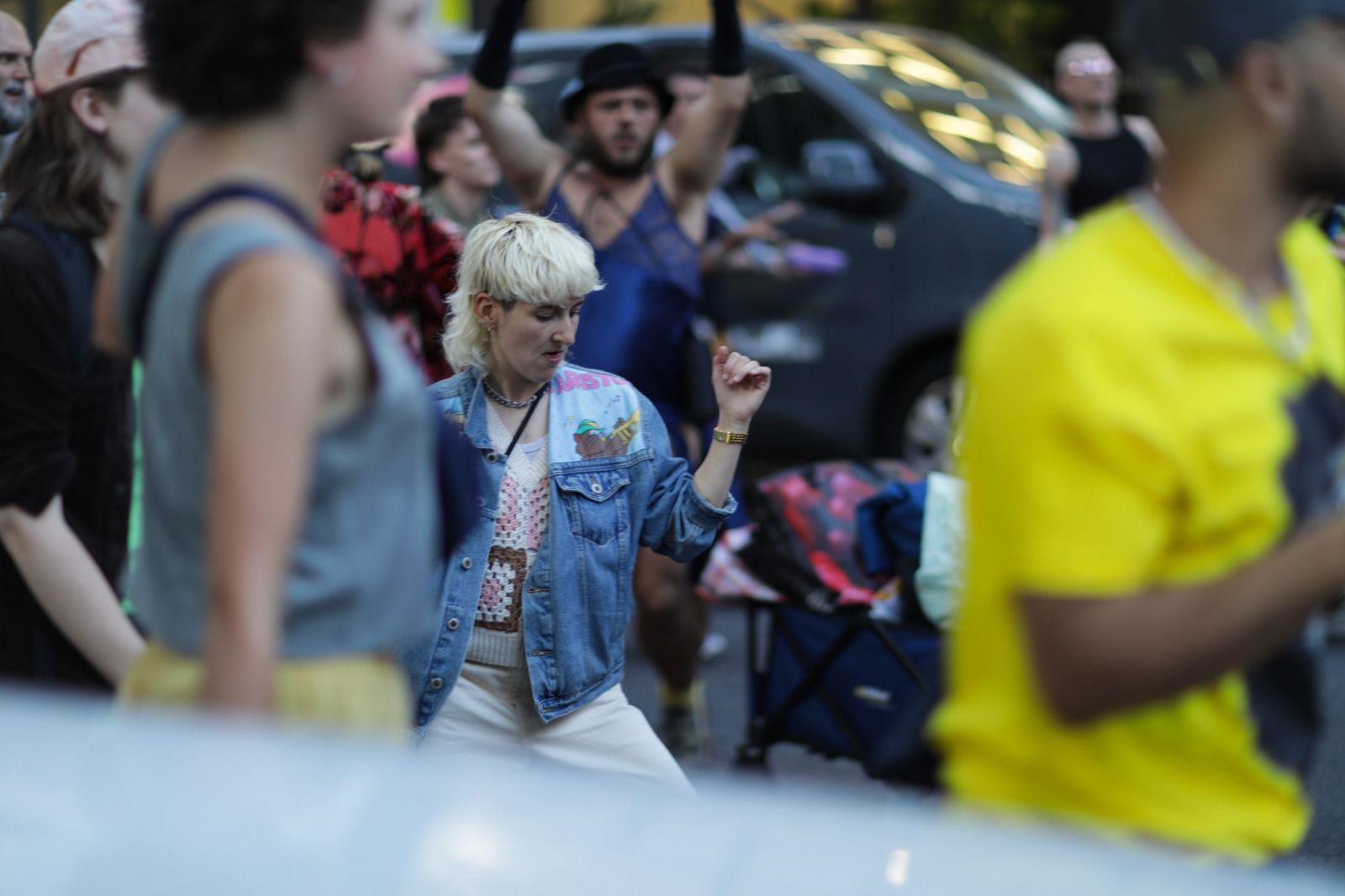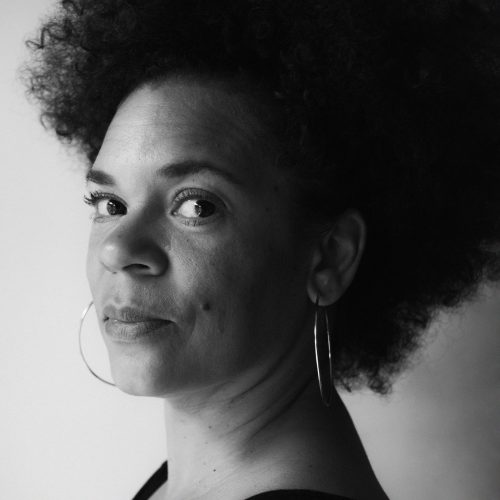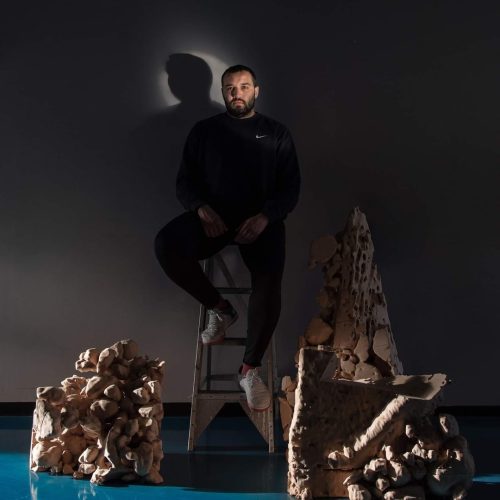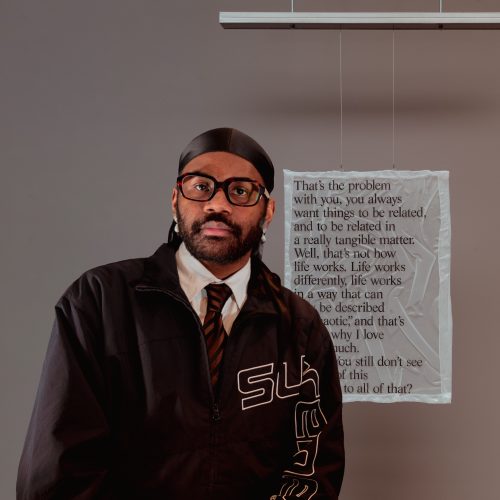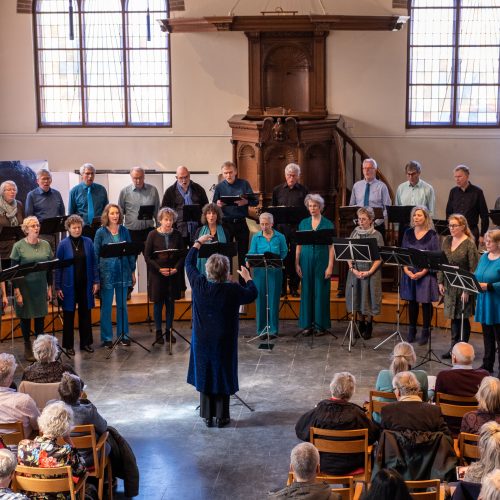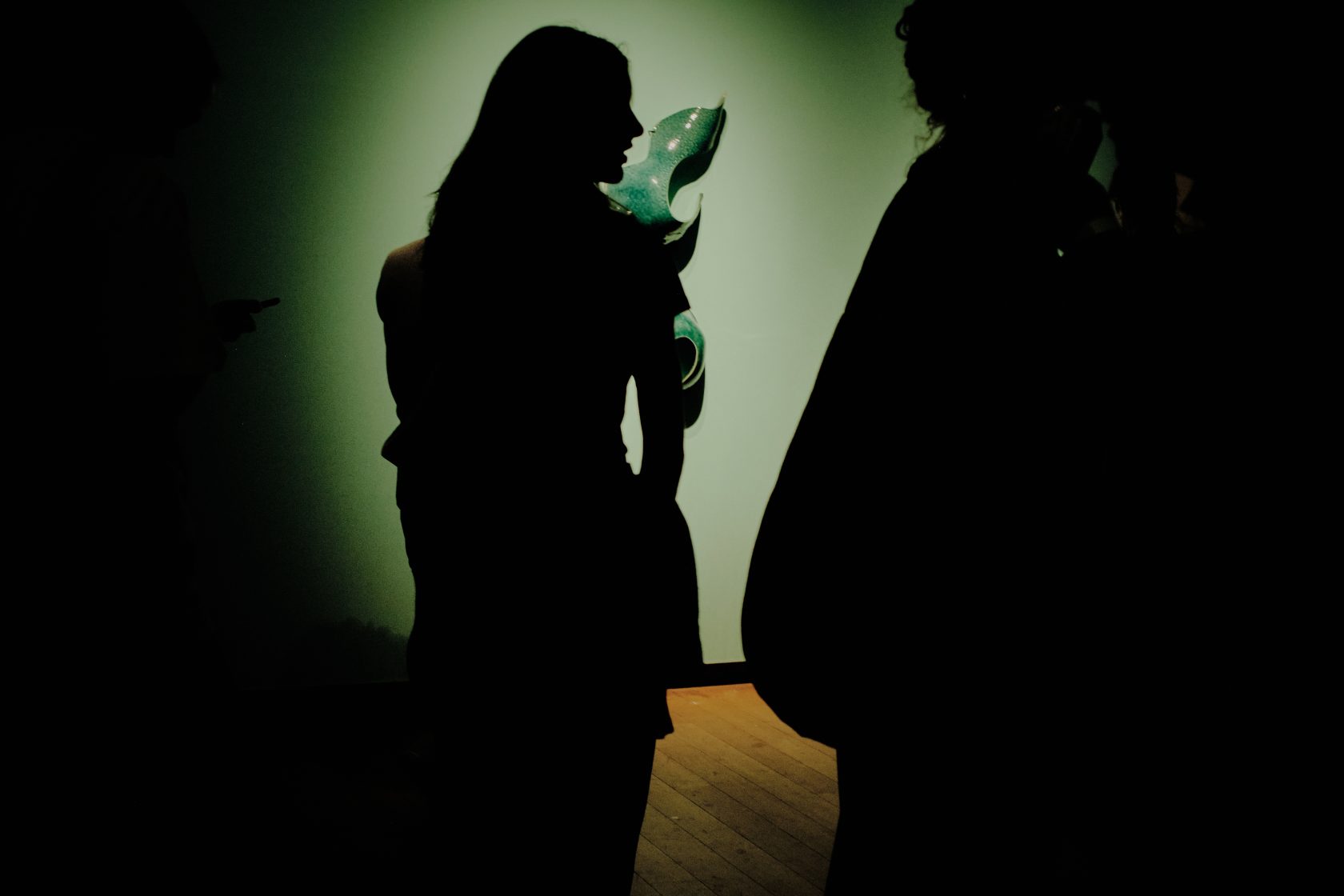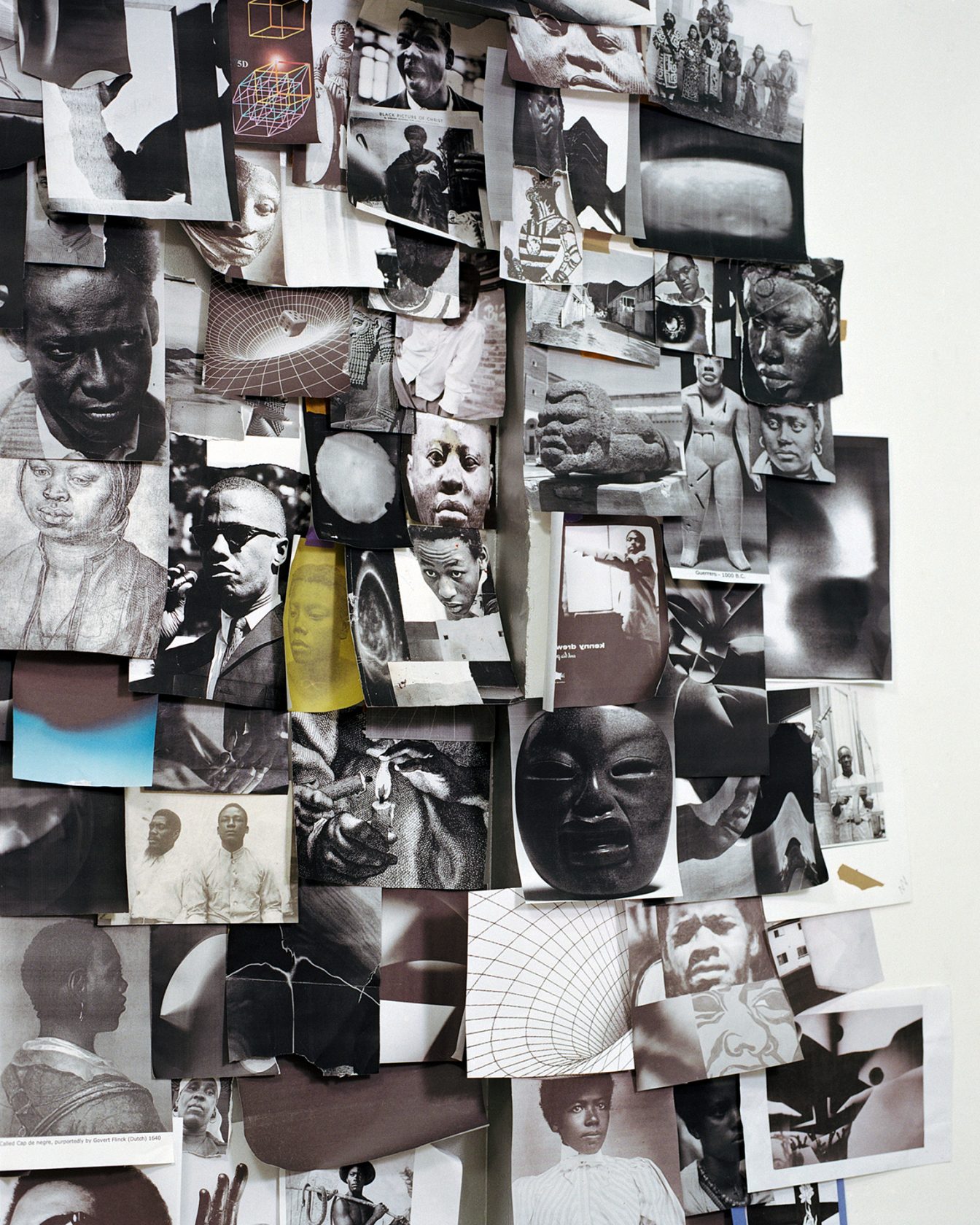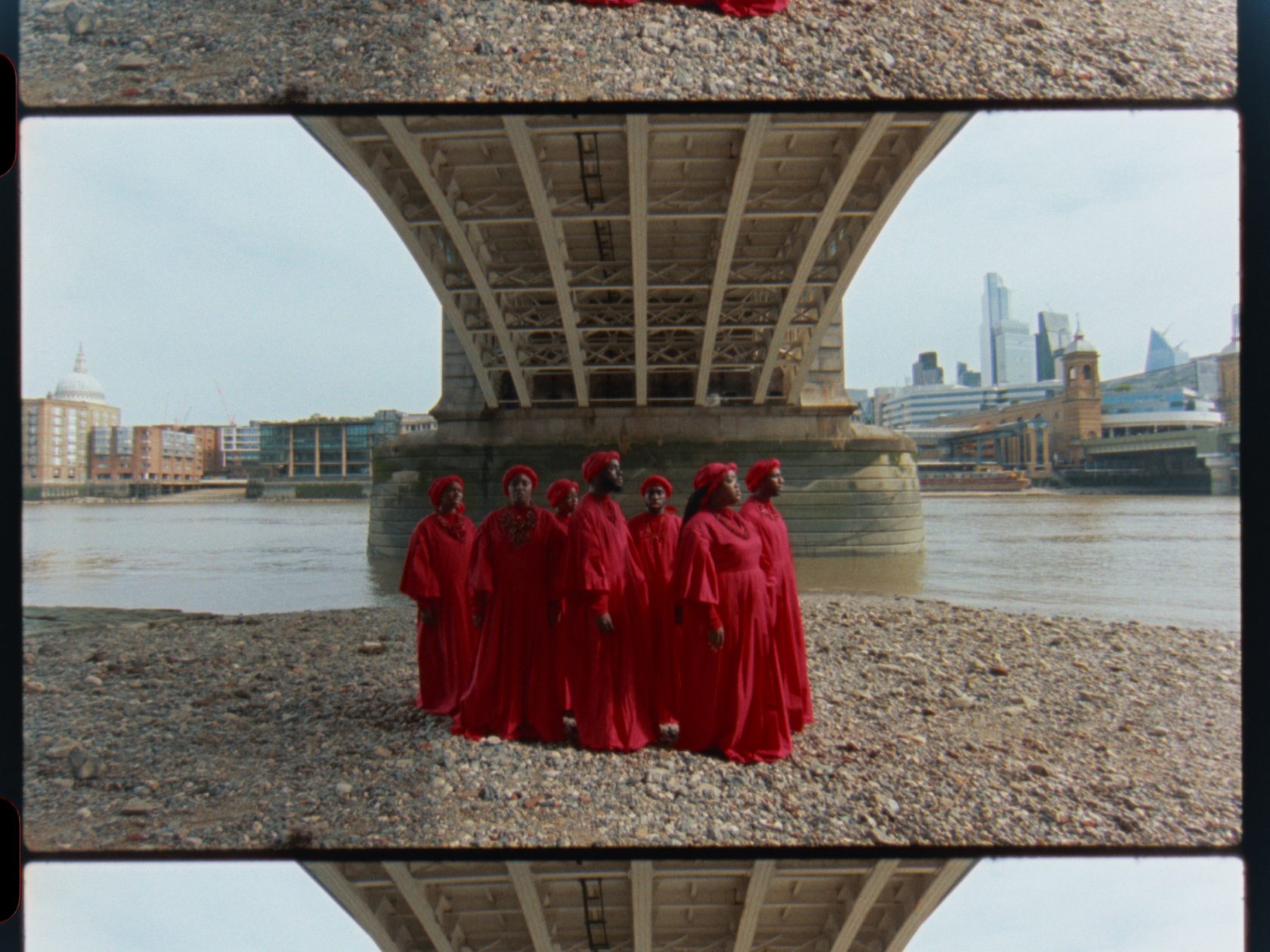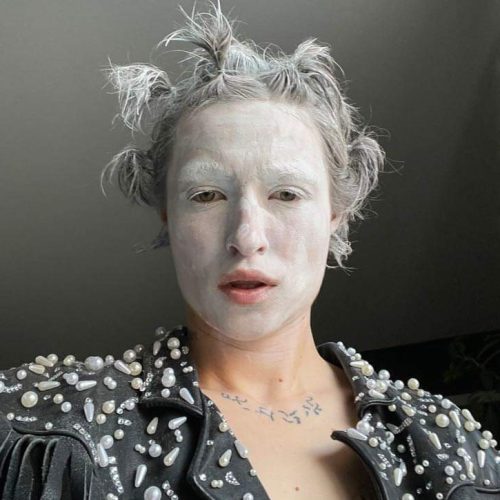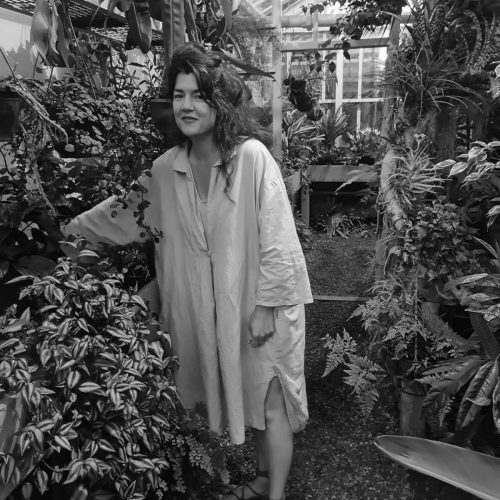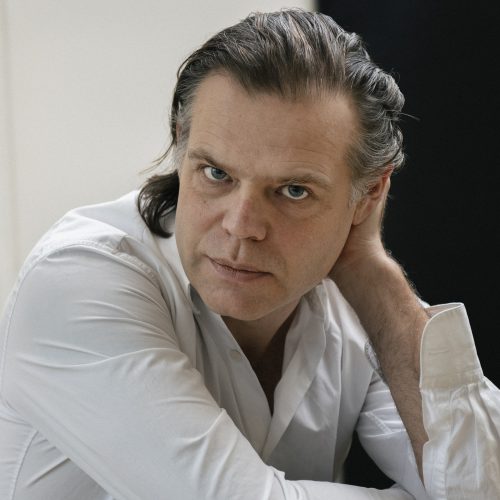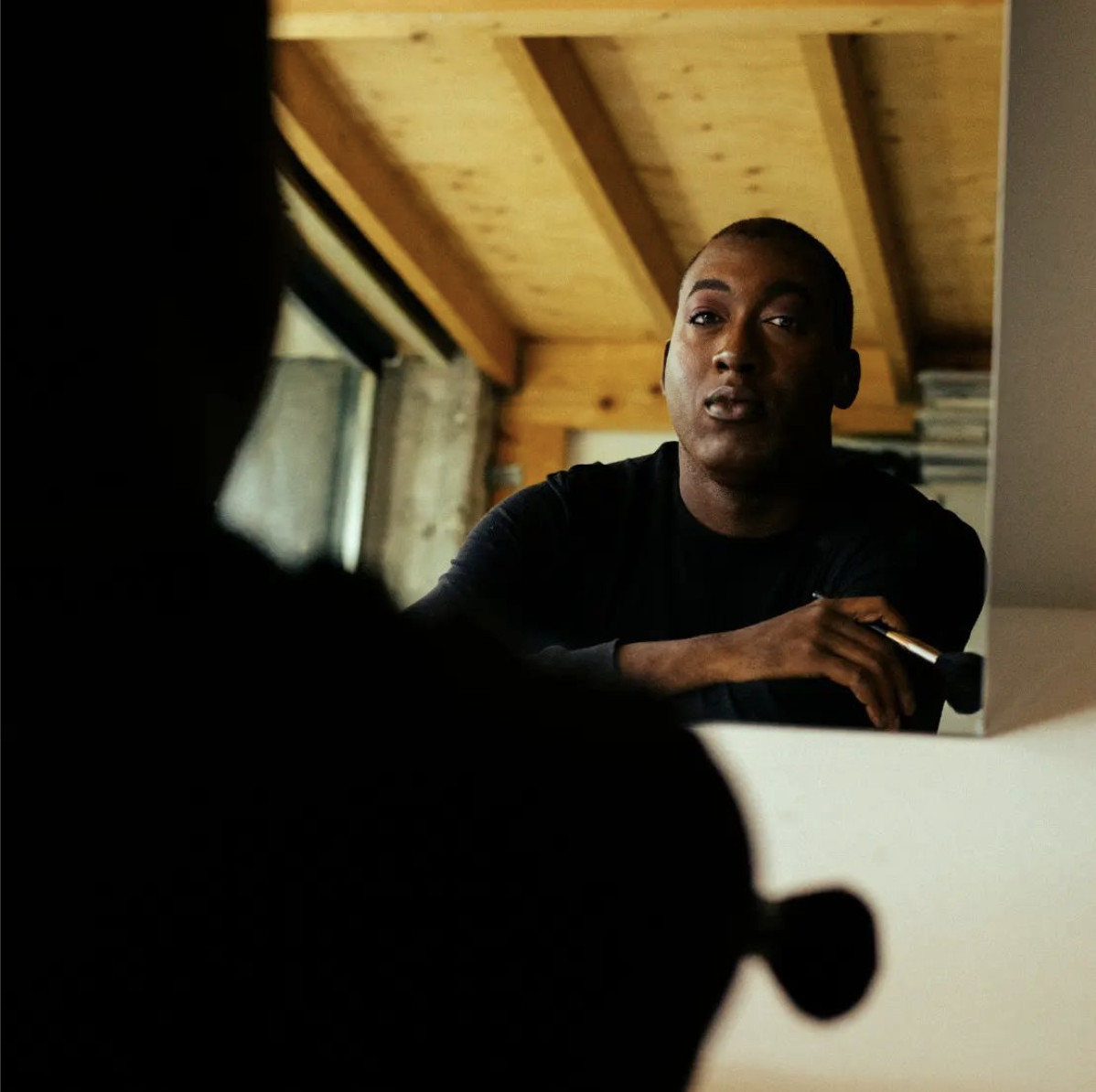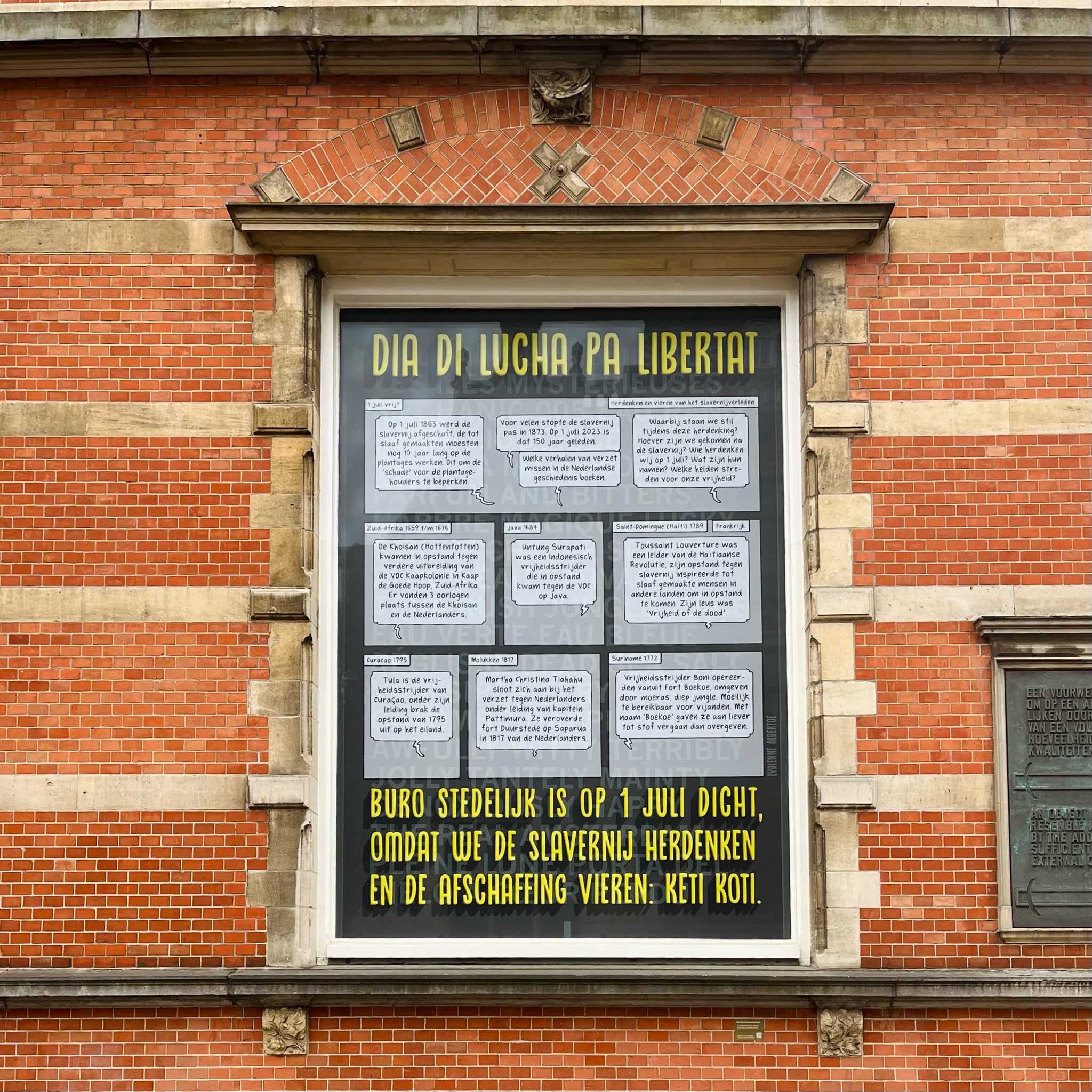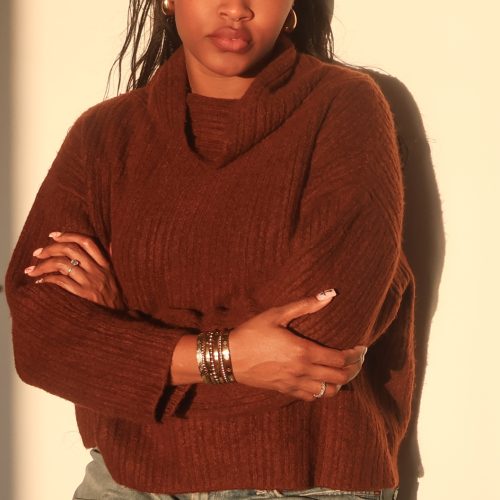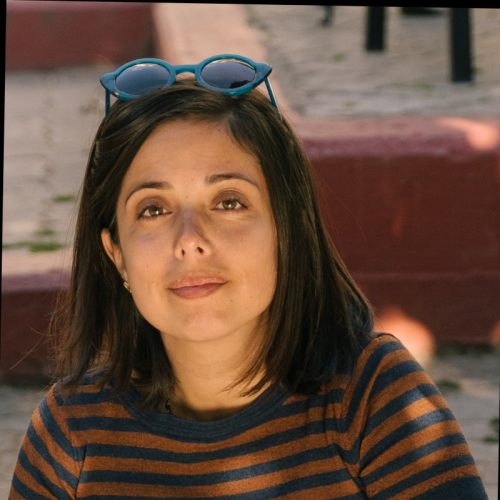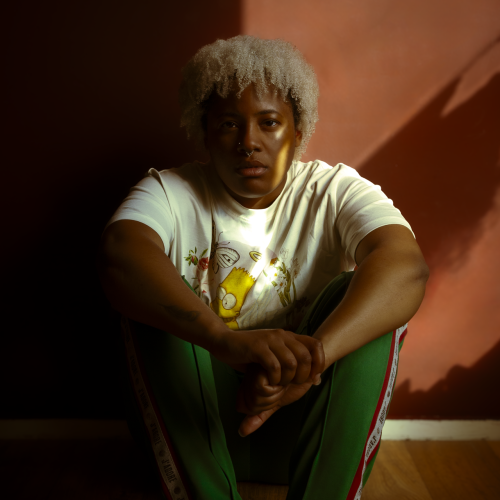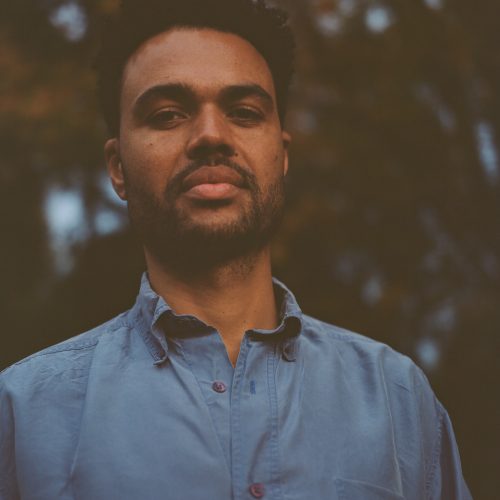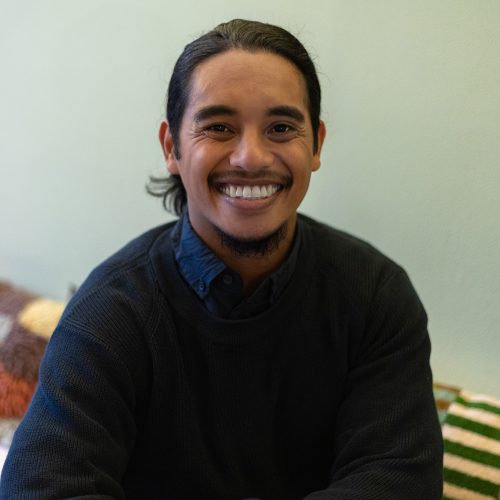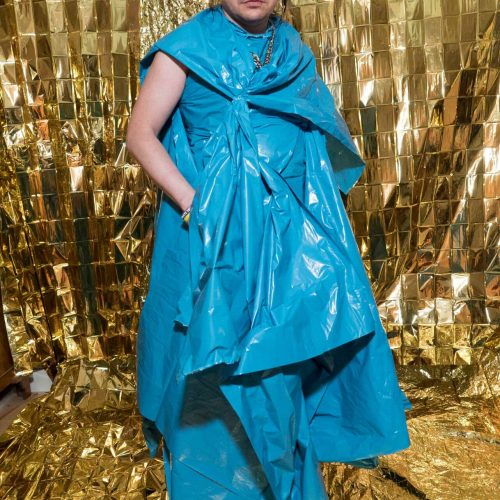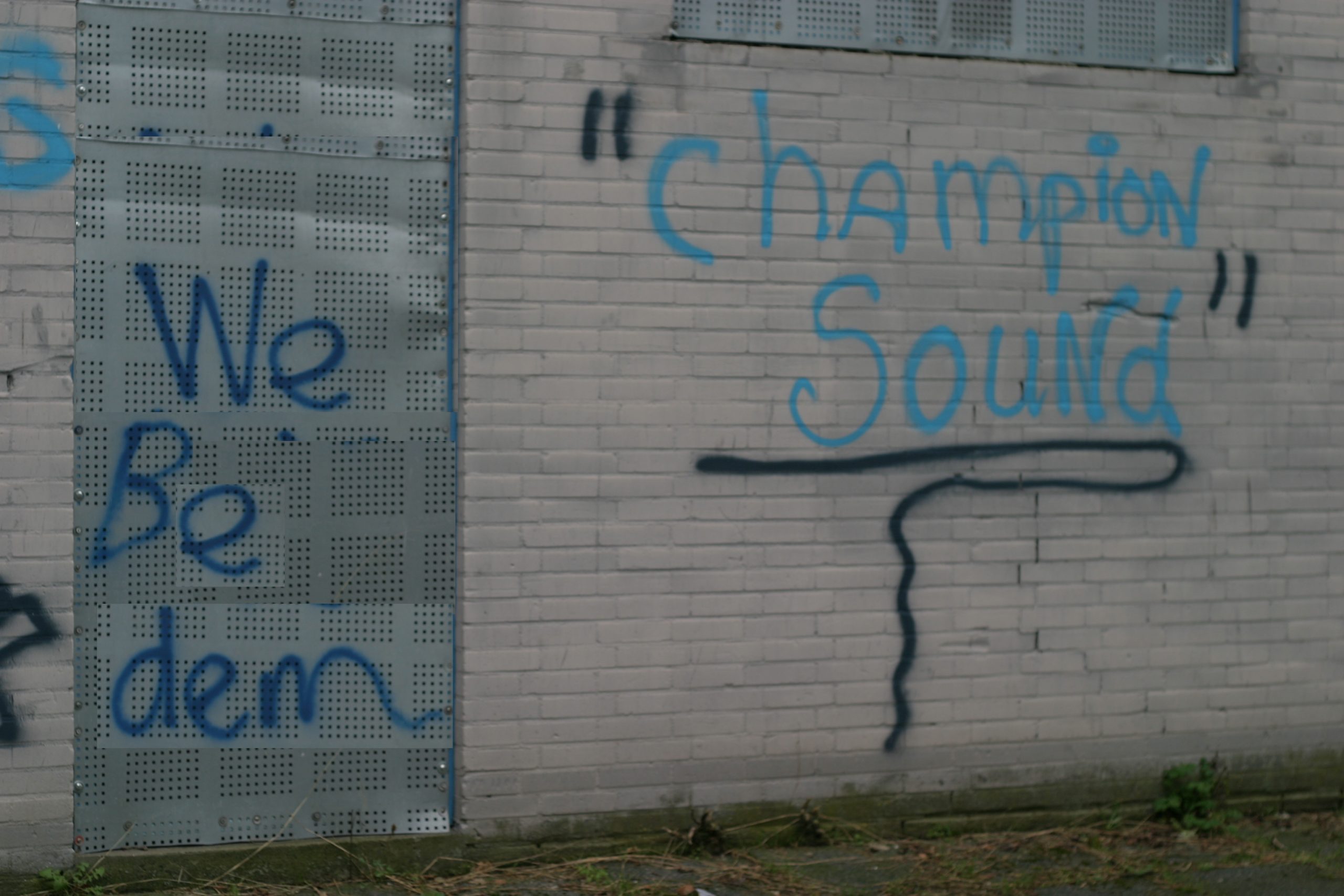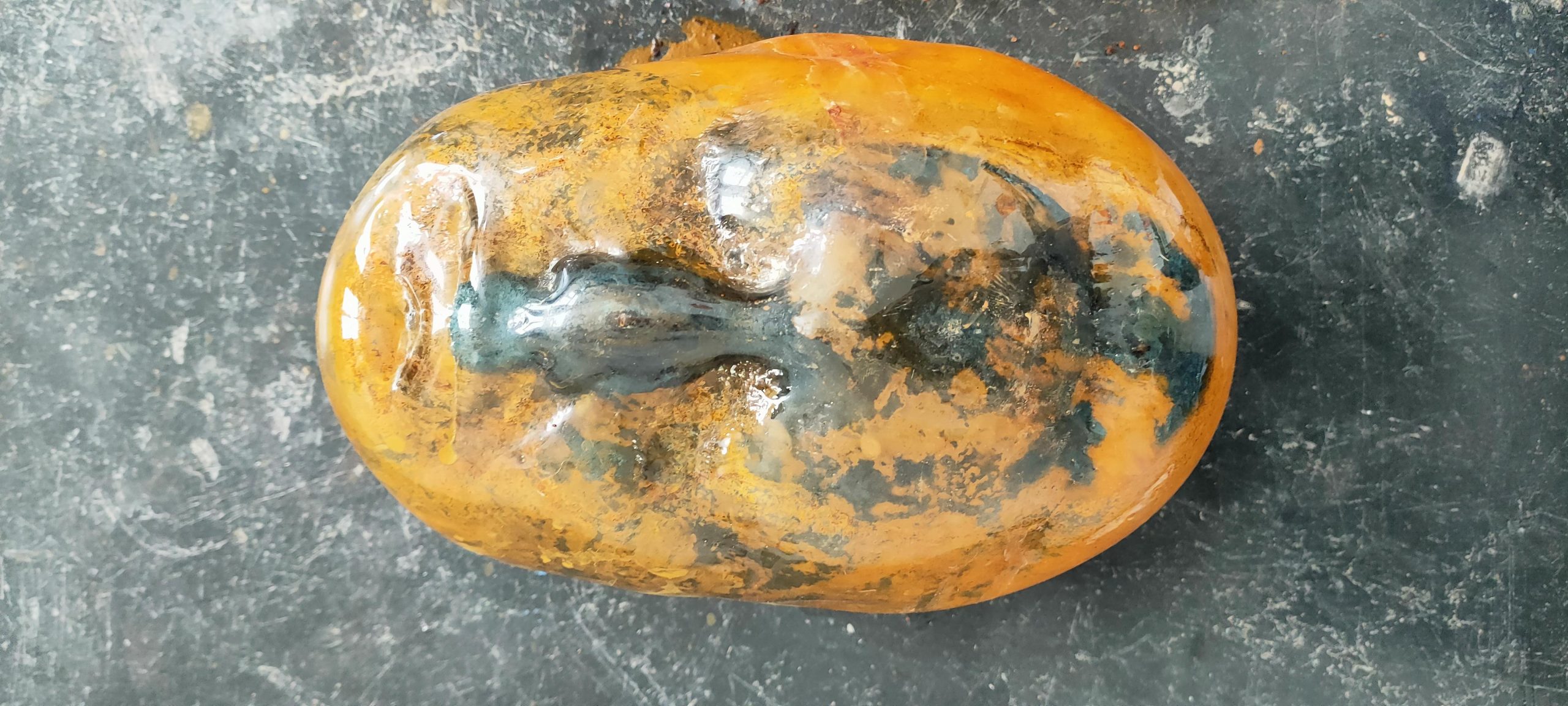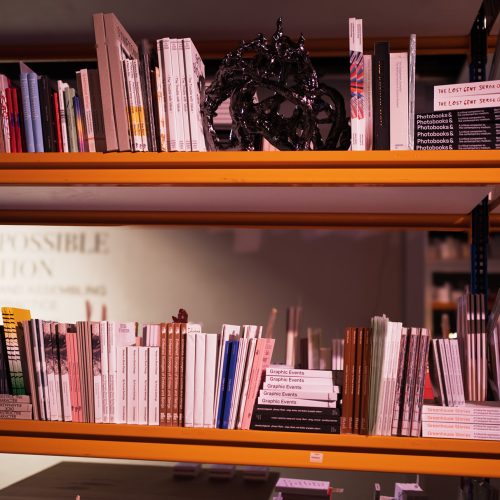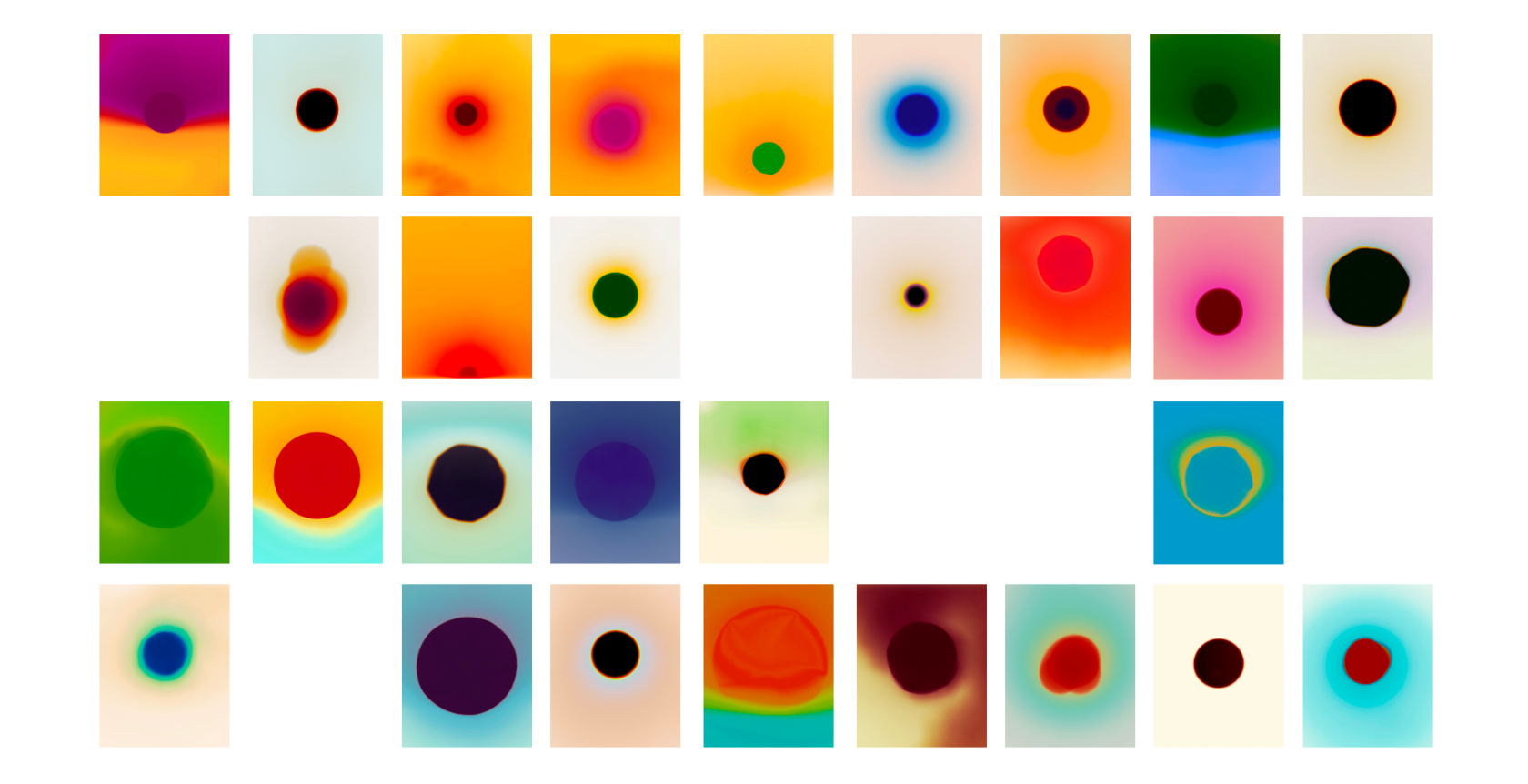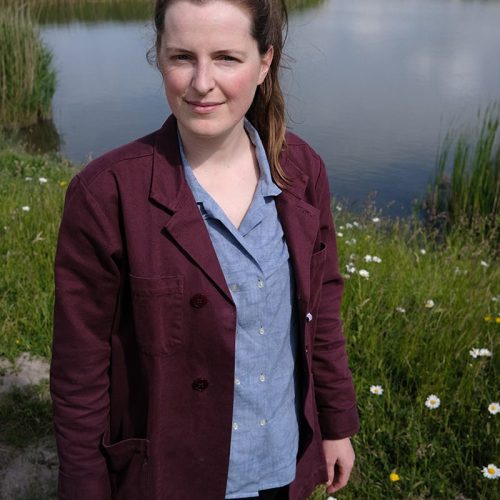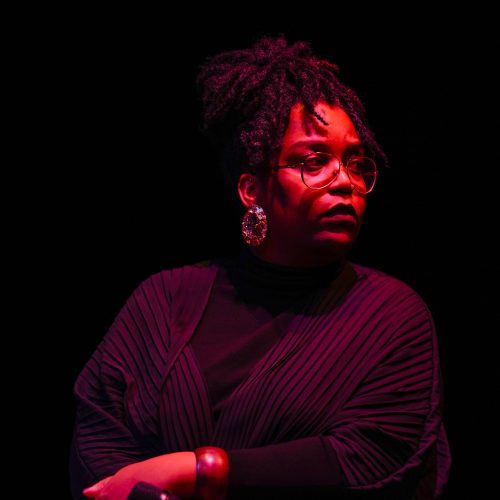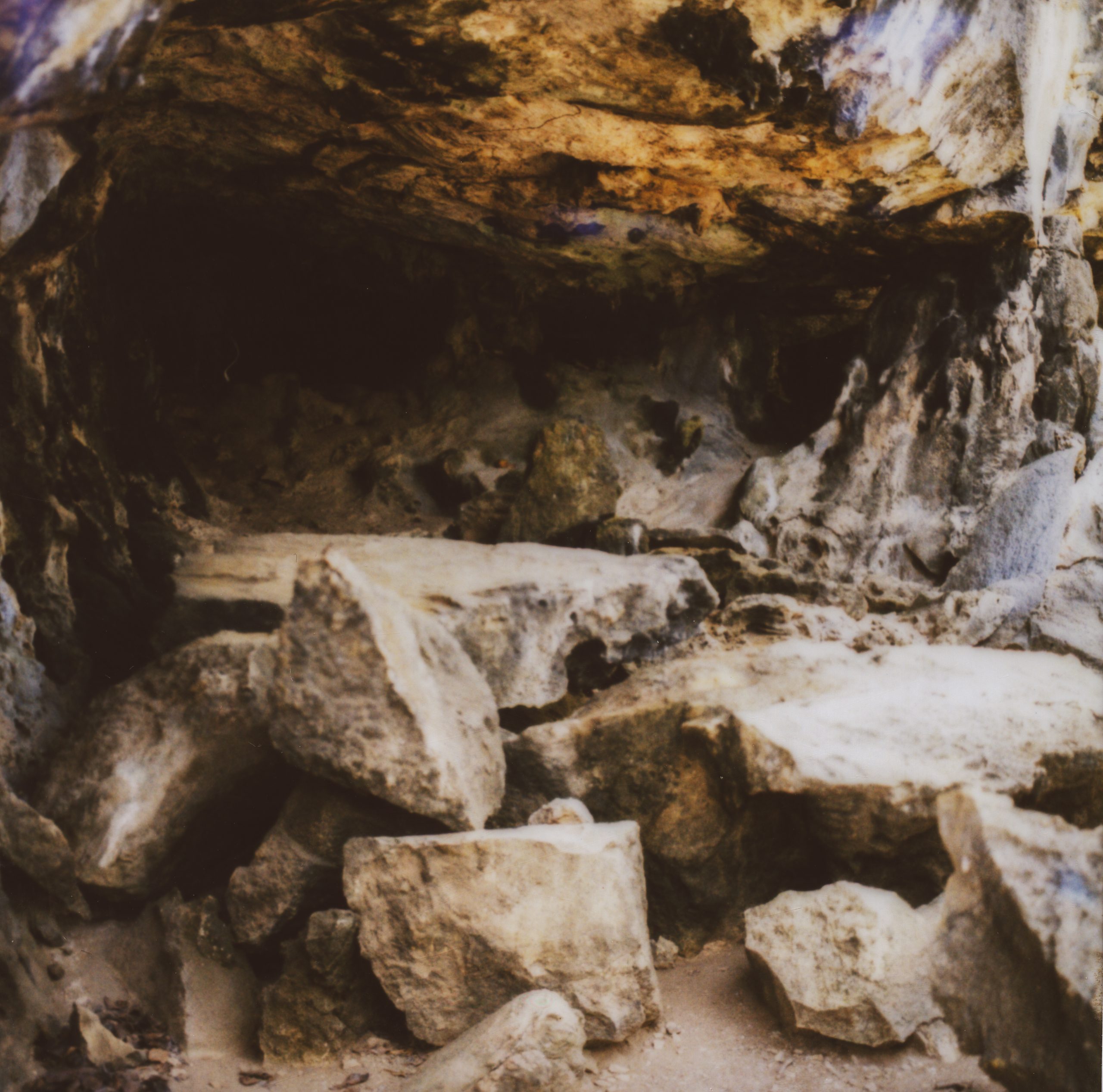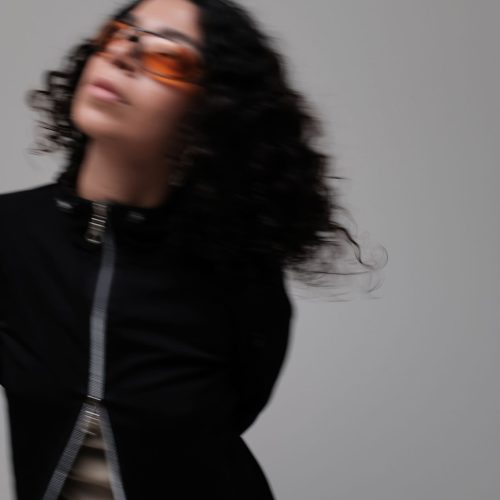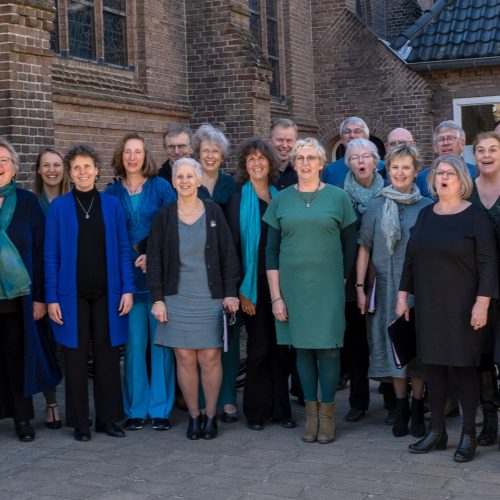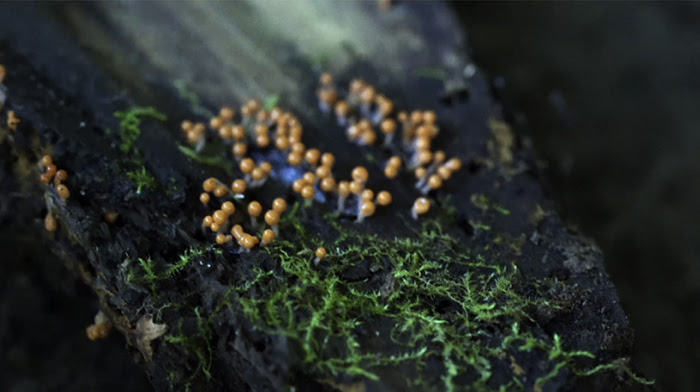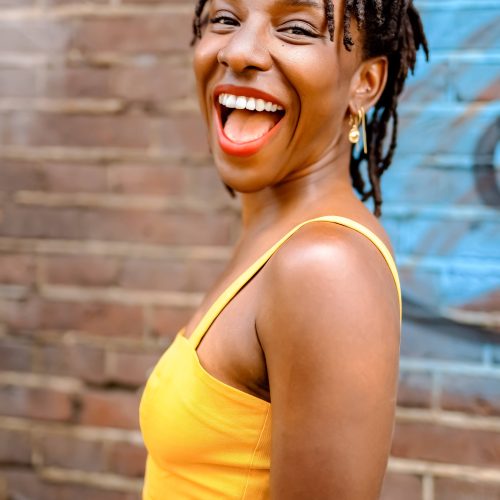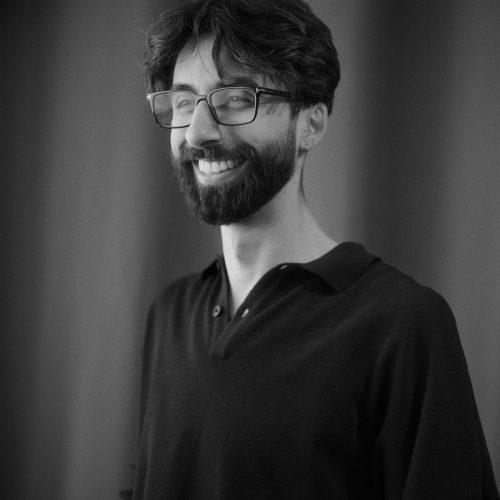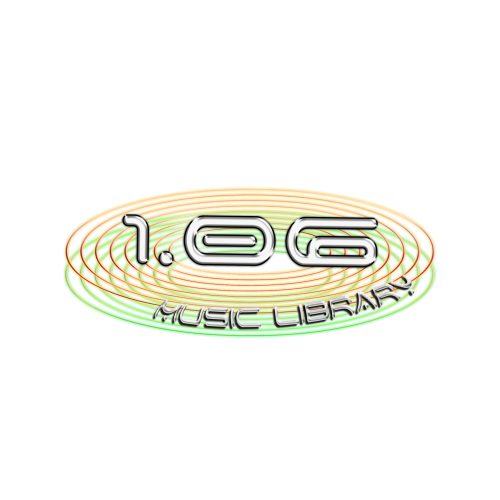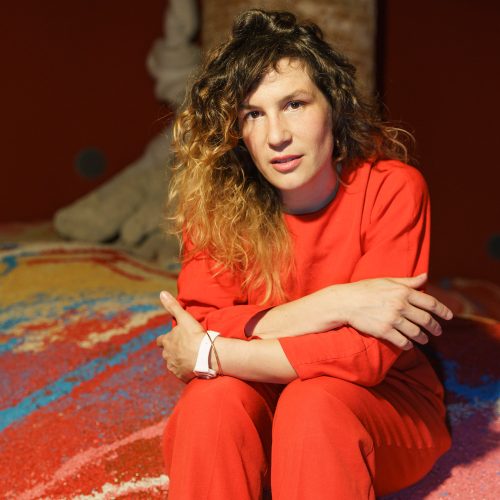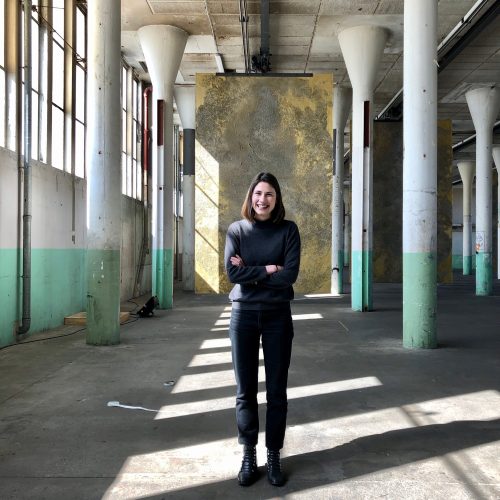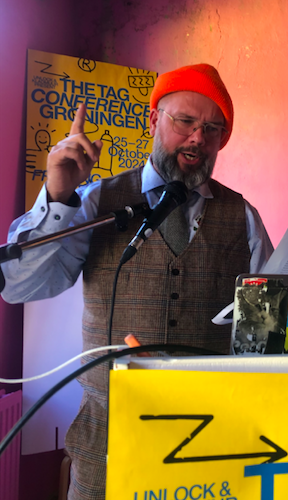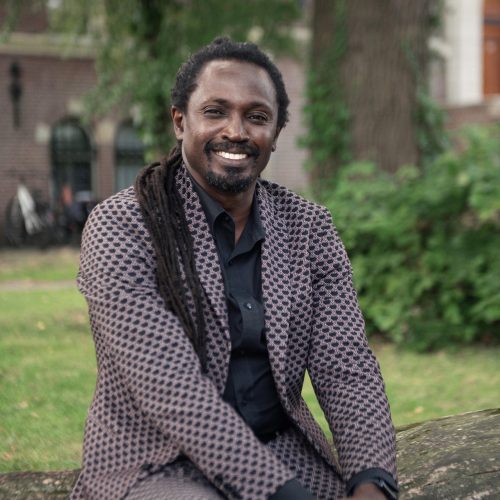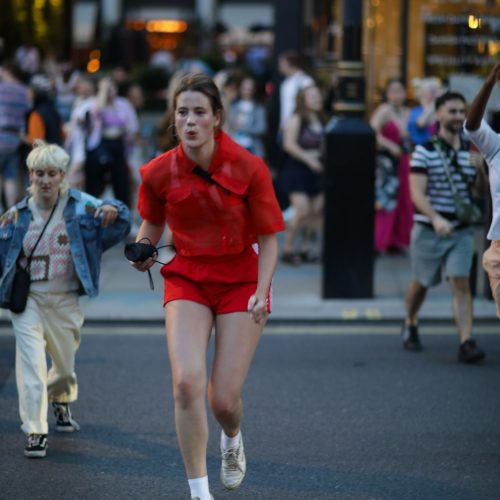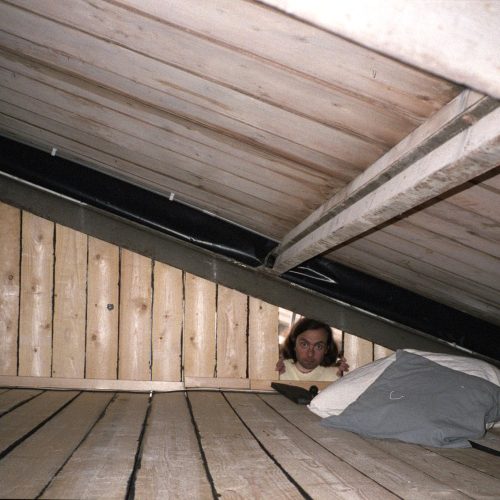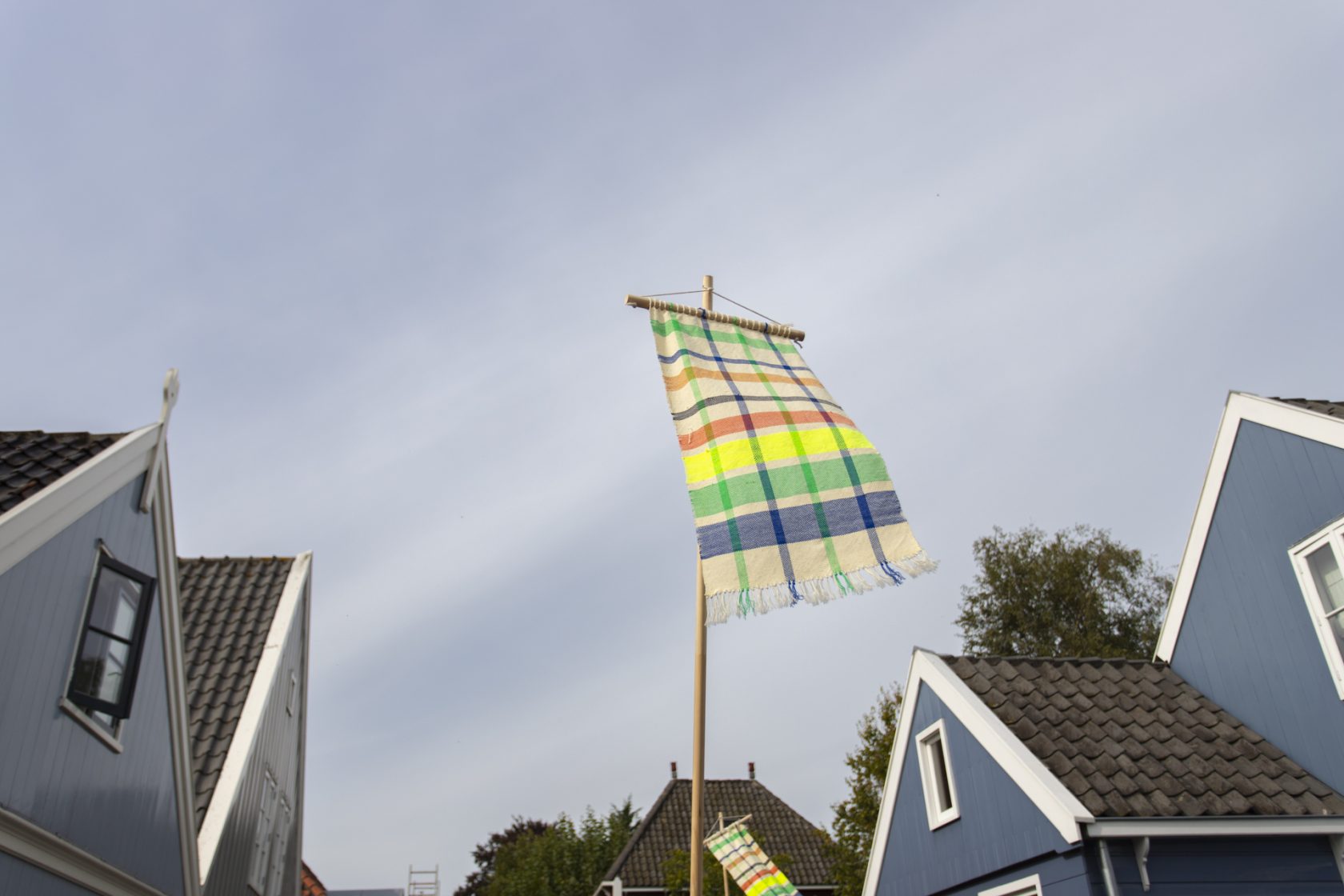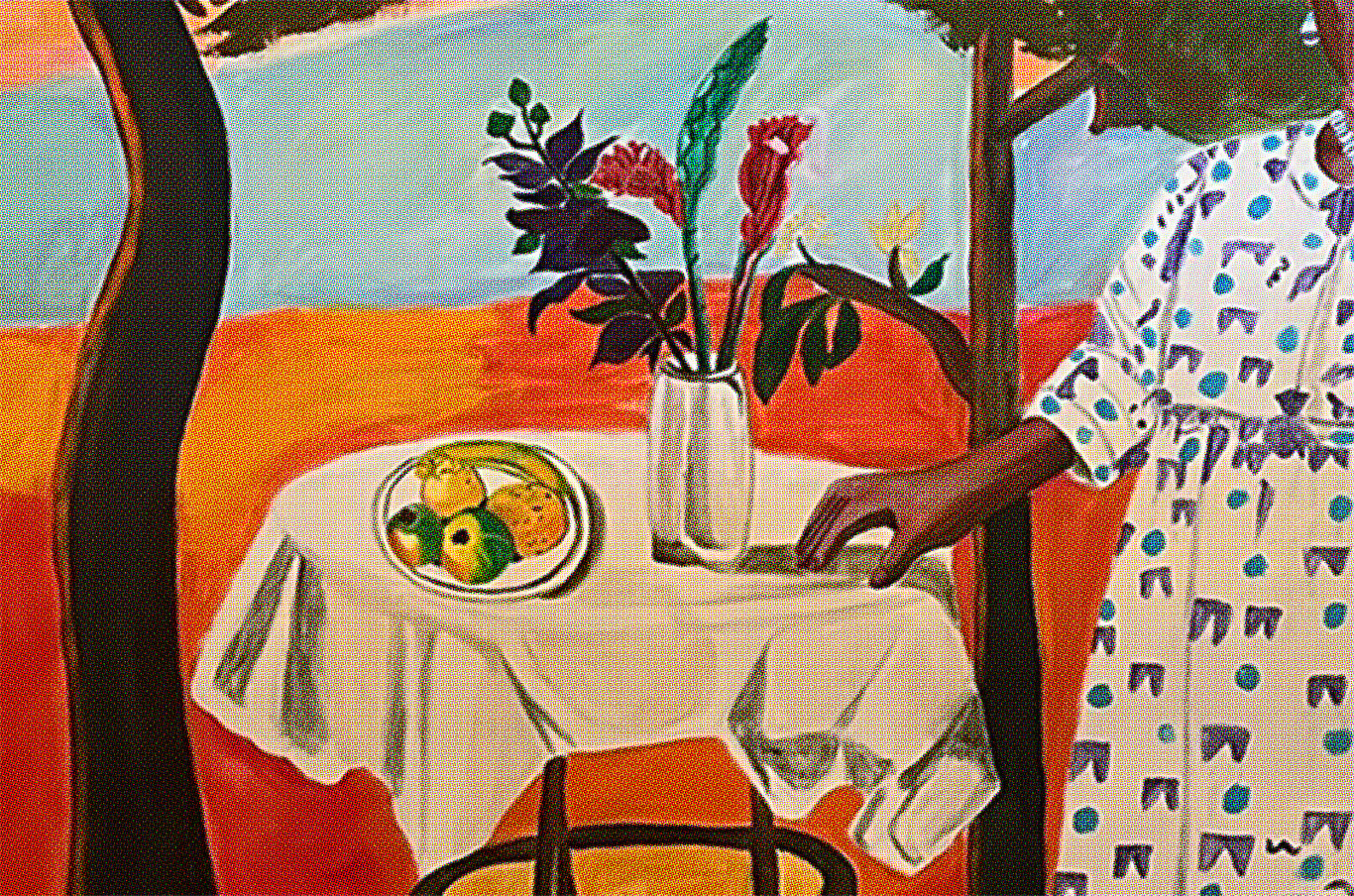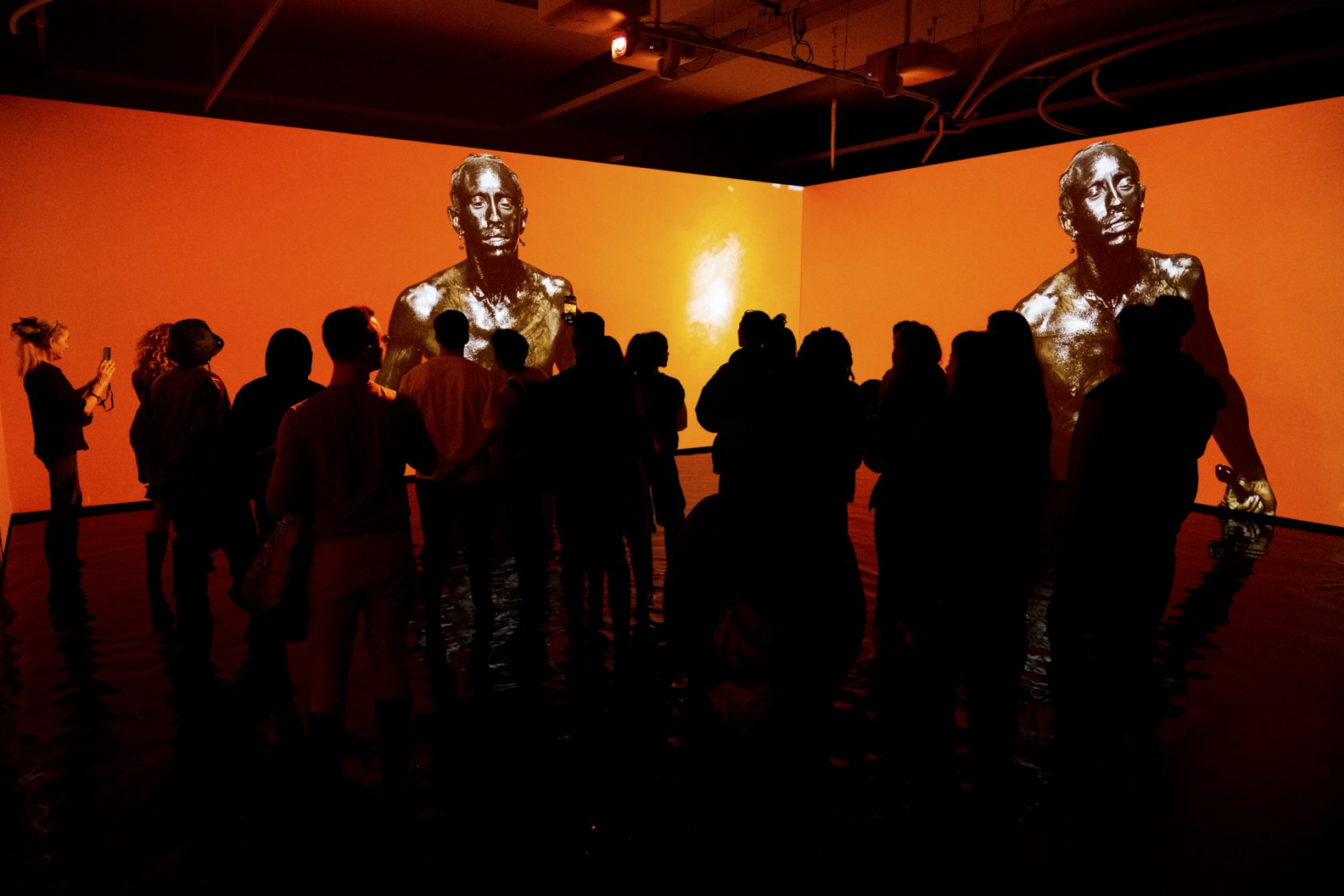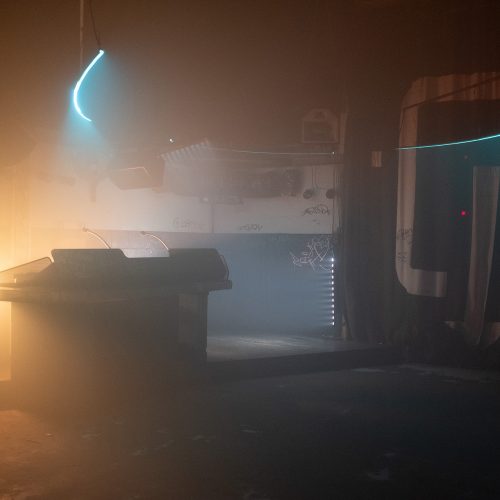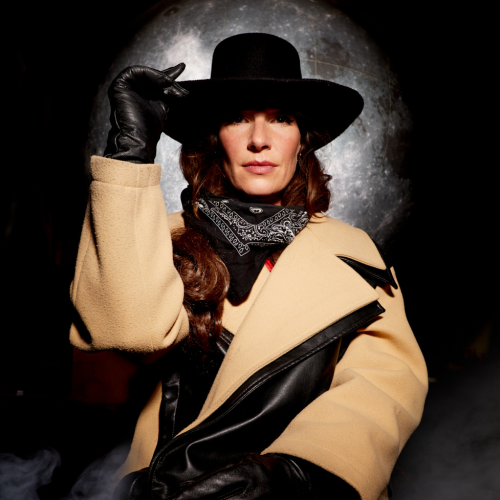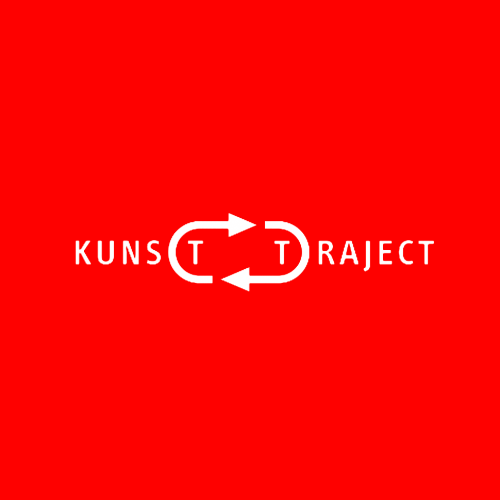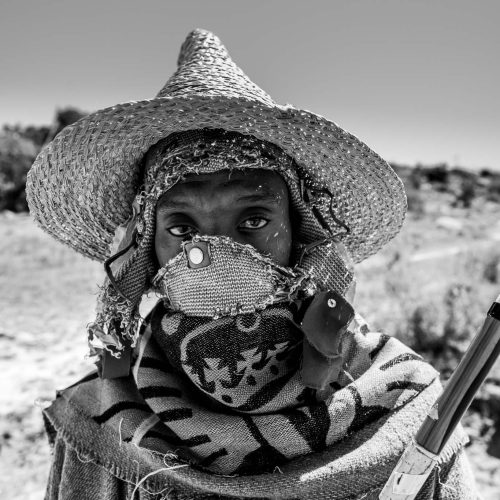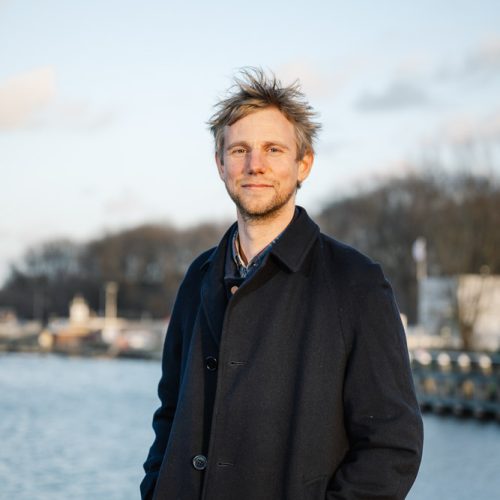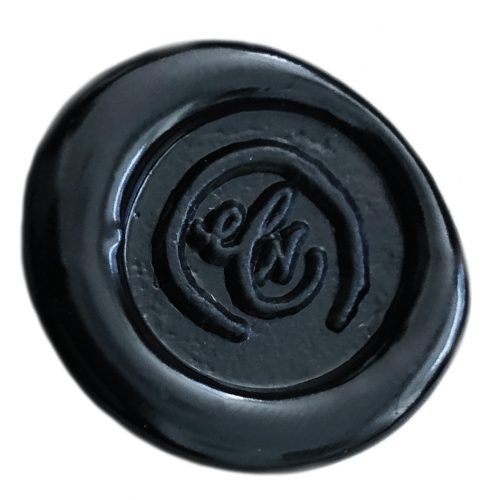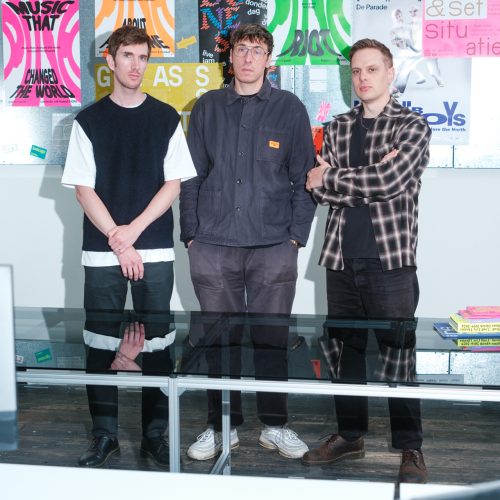#66 All Eyes, All Ears: Listening Lessons
A reflection on Buro Stedelijk's Listening Sessions in April 2023 by Jelmer Wijnstroom
Over the course of the next year, we will intermittently post texts written by former and current Buro collaborators—asking them to share their personal experiences and findings.
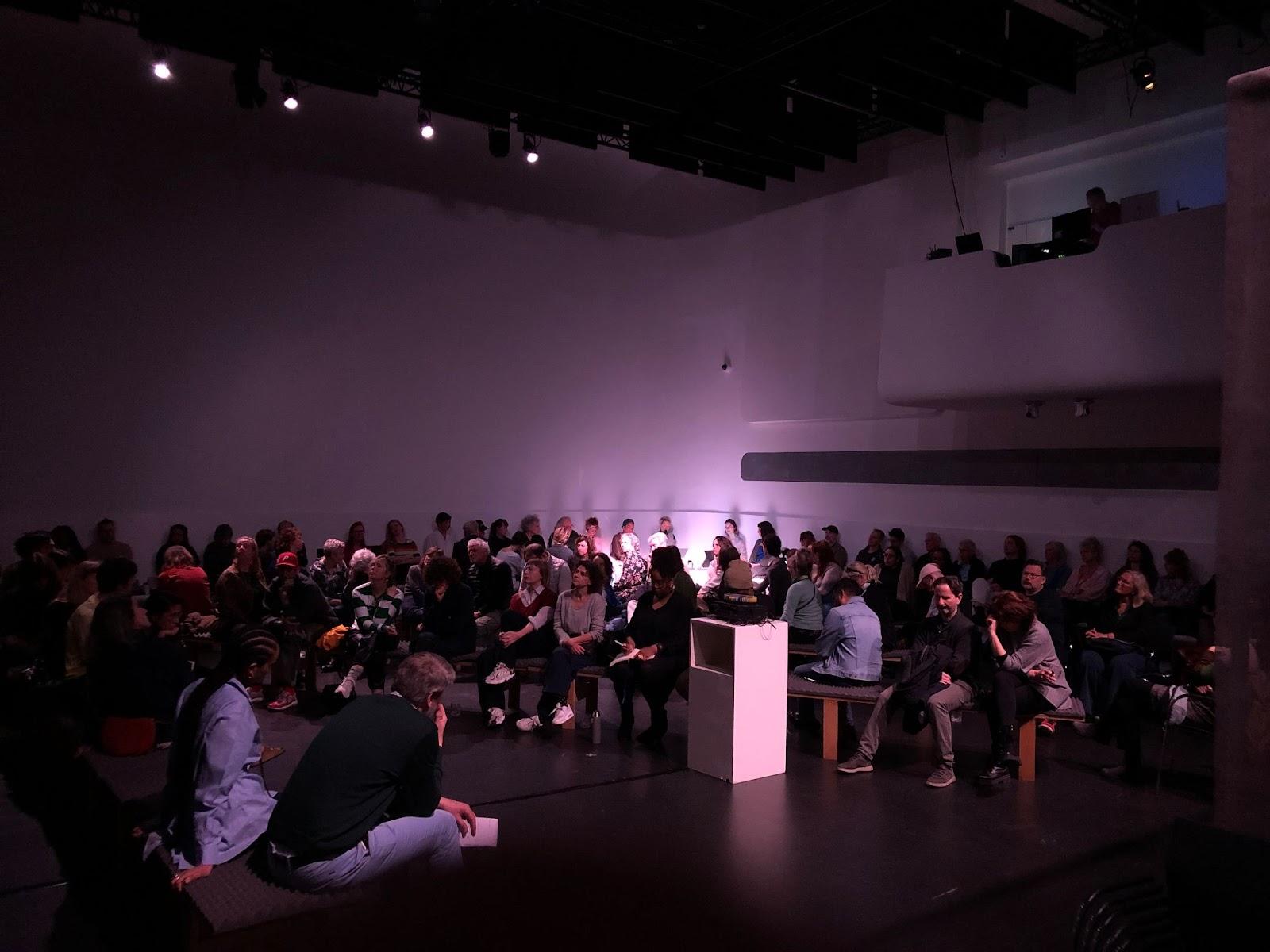
At the end of 2022, it is with curiosity that I read of the arrival of a new art space in Amsterdam: Buro Stedelijk. I had stumbled upon their first announcement, an open call inviting “proposals and papers […], for those willing to participate in the initial performative discourse session (that will hopefully guide the future of Buro Stedelijk).” These sessions were to become the Listening Sessions, the Buro’s first public events, which unfolded over the course of two days in mid-April 2023.
The Listening Sessions were the first manifestations presented by the founding curators: Rita Ouédraogo and Azu Nwagbogu. Buro Stedelijk was a package deal that came with an inheritance of expectations, histories, sentiments, and former iterations. With one important difference from its predecessors: the project space would be housed inside the Stedelijk Museum itself. At the time of the Listening Sessions, however, the physical project space that would eventually house Buro Stedelijk within the museum was not yet ready. The Buro’s website was also yet to go live. At the time, it felt like a lot of eyes were on Buro. With many presumably wondering: will it be like its precursors SMBA and Museum Fodor, or will it become something else? And by inviting speakers to express their ideas on the project space during the Listening Sessions, what commitments did Buro Stedelijk make about how its eventual shape would be formed and by whom?
For the Listening Sessions, an open call was published. Participants could submit a one-page document, a 500-word text, or an audio recording in any preferred language, proposing new approaches to institution building in and with Amsterdam. The open formulation of the call allowed for a flexible and adaptable structure and content of the Listening Sessions. At the same time, this openness did not give much away in terms of what was expected from participants. How, for instance, were they to guide the future of Buro Stedelijk, as suggested in the call?
I joined Buro Stedelijk as a curatorial fellow in January 2023. Having worked as a freelance curator before and after, with artists in institutes of various sizes—from museums to small project spaces. I like to think of my practice as centering around collaboration, listening to artists, and finding ways to share their work with the public. I see curating as a dynamic, daily practice that involves exploring, experimenting, conversing, and probing. In preparation for these Sessions, I was involved in helping to coordinate and carry out this two-day event: talking to the participants, discussing their plans, and preparing for their presentations.
Here, I will share my insights into working on the Listening Sessions and how the project shaped my daily practice at Buro. Diving first into Buro’s history and the concept of the listening sessions.
Buro Stedelijk has precursors: Stedelijk Museum Bureau Amsterdam (SMBA), which operated in Amsterdam’s Jordaan district on Rozenstraat, and before that, Museum Fodor. SMBA closed its doors on July 1, 2016. The closure was said to benefit a reassessment of the role of SMBA within the city. A research team was formed to explore the future of SMBA, who engaged in discussions with various Amsterdam-based institutions. To launch this research, the Stedelijk Museum organized an event called ‘SMBA and Beyond’ on June 19, 2016, featuring speakers such as Barbara Visser (artist and chair of the Akademie van Kunsten, KNAW), Annet Zondervan (director of CBK Zuidoost), artists Sander Breure and Witte van Hulzen, and curator Vincent van Velsen. The event was initiated by former Stedelijk Museum director Beatrix Ruf and supported by Ammodo. The kick-off event was criticized however for not offering room for interaction with the audience present, and the speakers spoke mainly about their own position in the field.
After the 2016 kick-off event, the ideas for the new SMBA seemed to stagnate. Demands were made in an open letter to the Stedelijk Museum Amsterdam, from Platform BK, written by Joram Kraaijeveld. The letter was sent in September 2017. Kraaijeveld asked the Stedelijk to publish the research report on the repositioning of SMBA. However, the report was not published until July 2018, and plans to restart SMBA were postponed until December 2022, when Buro Stedelijk was born. The first text published about its birth, published on the website of Stedelijk Museum Amsterdam announcing the vacancy for Buro’s founding curator, described SMBA in the past tense. The years intervening SMBA and the Buro had inevitably brought changes to the world as well as the city, potentially altering the initial need for a “new SMBA”. However, because of the extended period of time between the two and the challenging circumstances, sentiments and expectations of the “repositioned SMBA” were high.
To enable a fresh start, the Buro Stedelijk curators set out to develop sessions that not only allow for the many sentiments surrounding the closure of SMBA and its dearly missed precursor to be expressed, but where they are heard and listened to. During the Listening Sessions room was made for listening to the opinions and feelings surrounding the delayed repositioning of SMBA and most importantly to host a moment to vent sentiments about the changing art field in Amsterdam more generally.
Before starting my work on the sessions, I was curious to better understand what a listening session could entail, and how they have been shaped and used by others. To this end, I prepared a presentation on the various known forms of listening sessions. What are they, who holds them, and what’s the harvest, from various organizations? Generally, the listening sessions I came across could be categorized into two types: one where an organization invites different stakeholders or audiences to share ideas, express their needs, and provide feedback, which the organization then uses to reevaluate its goals and strategies; and another where attendees are invited to listen to a composition of music or some form of sonic play. Both are events where a group of people is invited to both speak and listen.
Buro Stedelijk’s Listening Sessions were inadvertently hosted as a hybrid of these two approaches. The internal goal of the Listening Sessions was to establish long-lasting relations: and gather a group of so-called collaborators. However, this was not concretely communicated as such from the outset, other than the hope that the future of Buro could be guided by ideas presented during the sessions.
According to theories on listening sessions, however, to be a successful host, Buro would need to be fully transparent about its aims and goals, share the results, and keep contact with the speakers afterwards. Although the open nature of the call could have been more explicit about its intentions, ultimately I feel that the sessions did succeed in establishing a network of collaborators with whom Buro still works to this day—and who have indeed been able to help shape what Buro was to become. And perhaps most importantly, it succeeded in offering the space, time, and place to ventilate sentiments, allowed for memories and critical thoughts to be shared, and from there, opened the pathway to move forward anew.
The open call for the Listening Sessions allowed submissions in any language, written or as an audio file. Buro received around 50 submissions, in a variety of languages, both written and in audio. After reading, listening, and translating the entries, we arranged them and categorized the addressed topics. There were several prominent themes: care, cultural labor, art mediation, the future of institutions, the Stedelijk Museum, the archive, and more specific themes. Each of these topics is of importance to Buro Stedelijk.
When it came to choosing the venue for the Listening Sessions Stedelijk Museum’s Teijin Auditorium came up as the most practical option, as Buro’s physical space was still under construction. However, using the auditorium meant adhering to the museum’s facilities and existing contracts with caterers, which limited the ability to establish independent relationships with different providers for food, coffee, and other necessities. This created a sort of co-dependence between Buro Stedelijk and the Stedelijk Museum, while also imposing restrictions on how we could shape the event environment to make participants feel comfortable throughout the day-long program.
One of the ambitions the curators’ expressed, was that the Listening Sessions had to be a prelude to Buro’s visual and spatial identity. To stand out against the infrastructure of the Stedelijk Museum, artist Frédérique Albert-Bordenave was invited to create the spatial design for the Listening Sessions. Consisting of a constantly changing arrangement of benches with acoustic foam and alternating speaking positions, the spatial design also referred to Buro being a project still under construction by using building elements such as scaffolds.3
Preparing for the Listening Sessions without a dedicated office space meant that we had to integrate into the existing office environments of the Stedelijk Museum. The team of Buro Stedelijk, the ‘we’, consisted at the time of two founding curators sharing a part-time position, project manager Niels Staats, and two curatorial fellows (Anne Lakeman and myself). Every Wednesday, Buro Stedelijk booked a meeting room known as Studio B, located below the museum next to the library. Here, we worked together, seated around a table with our laptops.
While handling multiple tasks simultaneously, Buro Stedelijk faced additional challenges due to the absence of a dedicated website and a newly created Instagram account, which limited the outreach for the Open Call and its general communication channels. Although the call was posted on e-flux and received a mention on the Stedelijk Museum’s website, the submissions were not fully representative of the diverse fields and regions in Amsterdam. The open call managed to attract some local participants, but most responses came from international individuals. We considered digital contributions for international submissions. Some speakers contributed to the Sessions through an audio submission or a prerecorded video presentation.
Because the submissions lacked the diversity we were looking for, we invited additional speakers who had not initially submitted through the Open Call. This allowed for a curated, more balanced, and layered program. By including voices from various perspectives, and those rooted in the city of Amsterdam, we enriched the discussions and broadened the scope of the Listening Sessions. This approach allowed us to reflect on topics from multiple angles and ensured that our program was more comprehensive. We also invited the curators who shaped SMBA and established voices in the arts field.
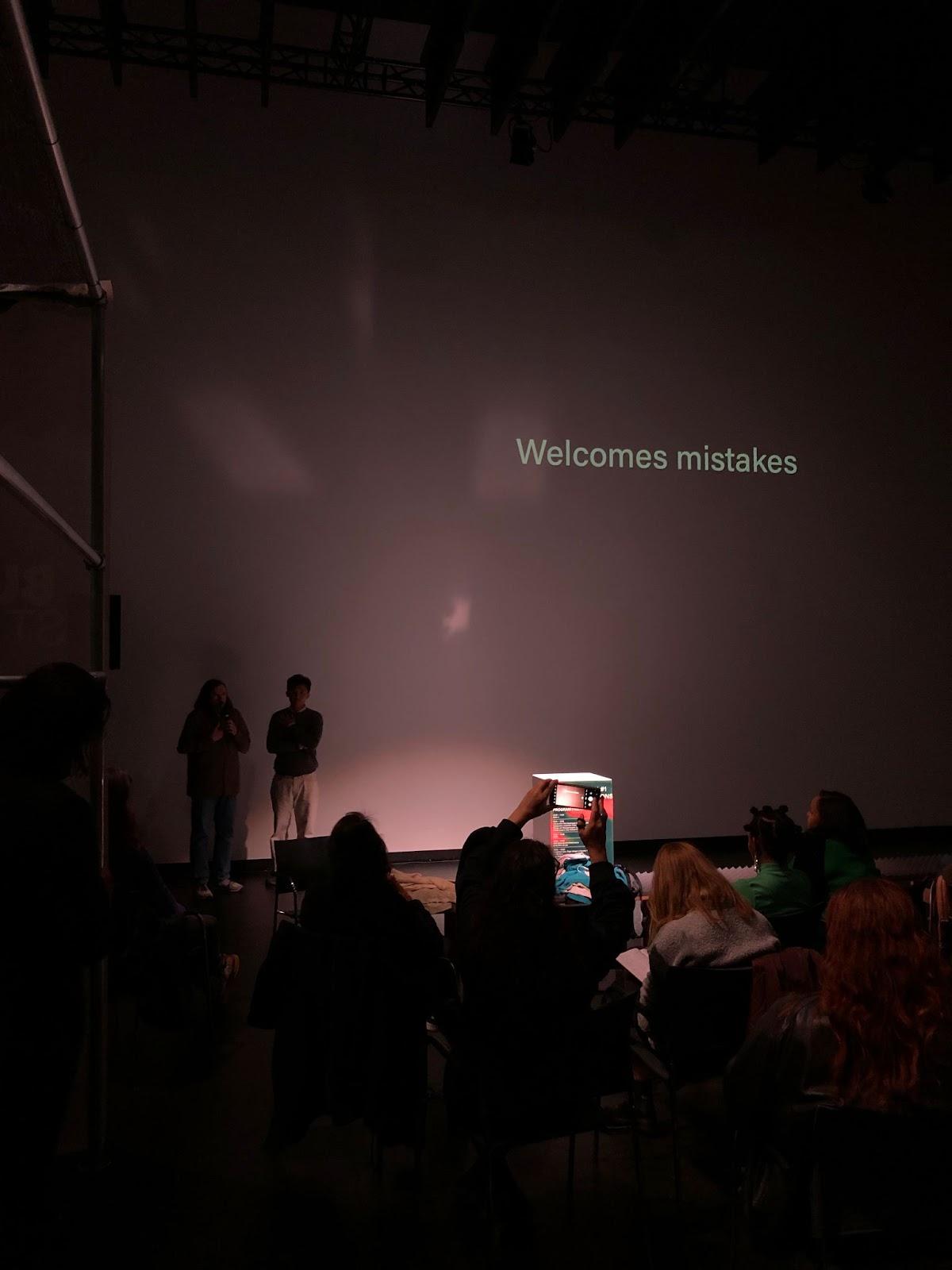
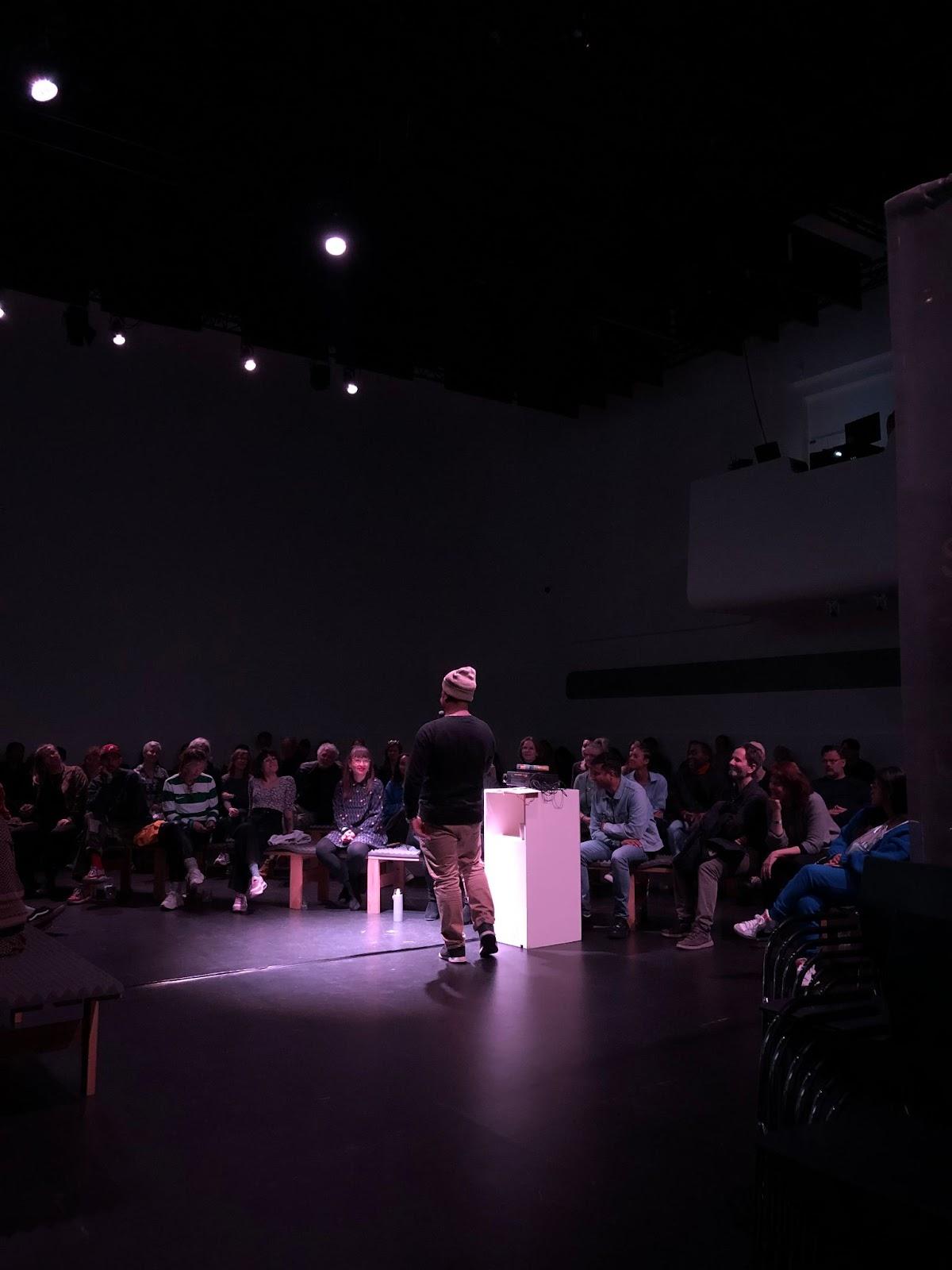
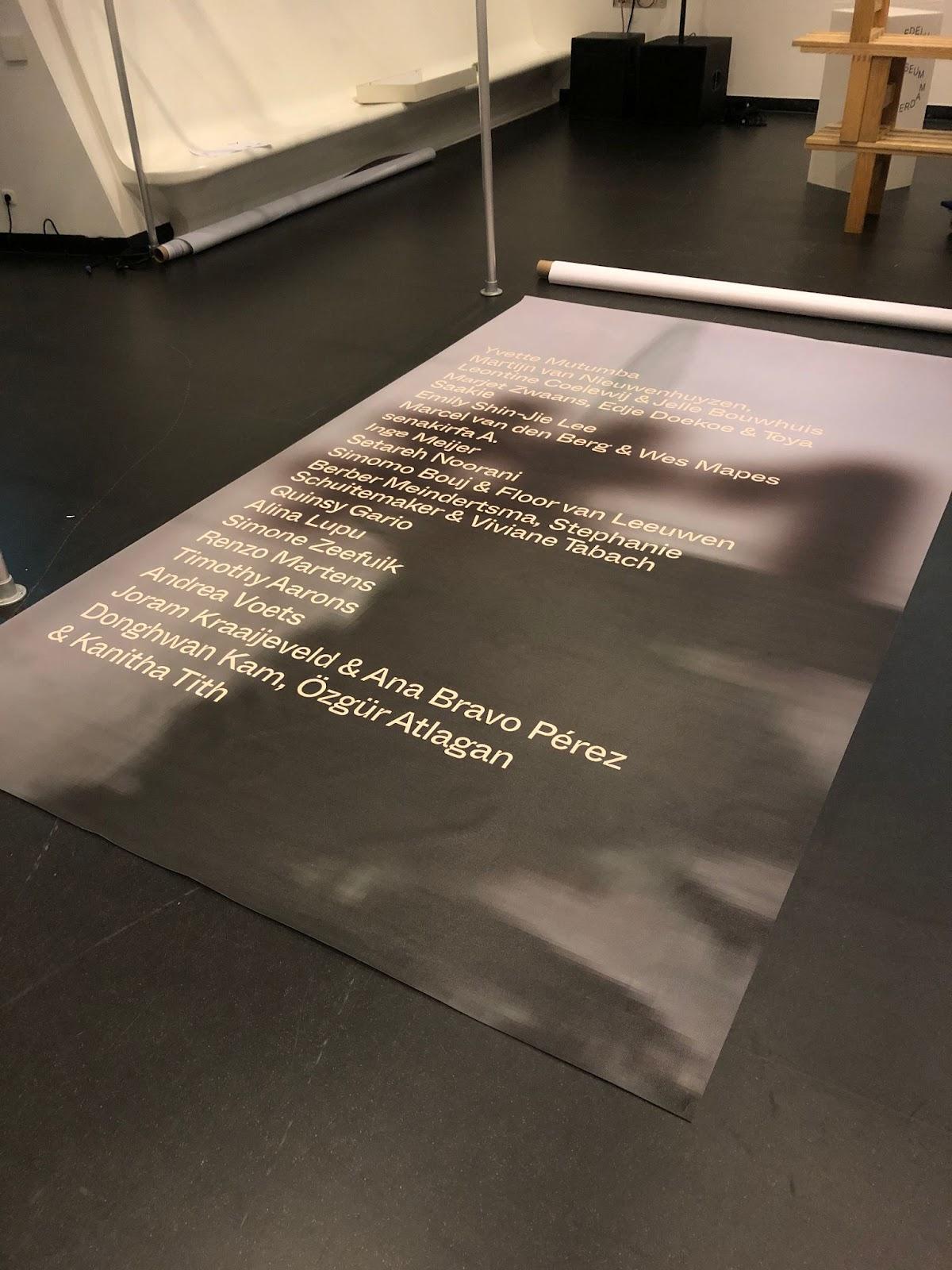
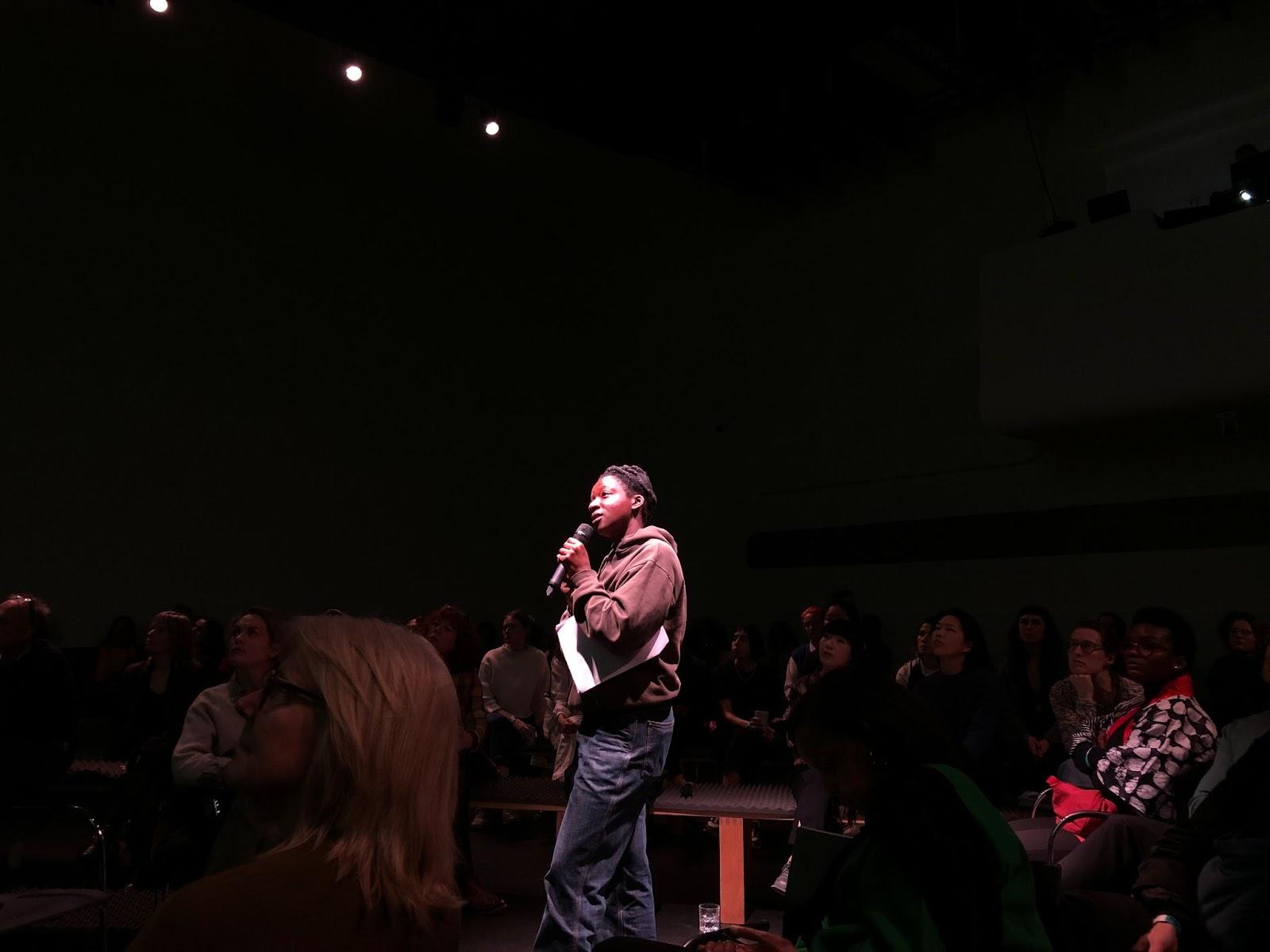
To ensure that everyone felt at ease to speak freely, individual recordings of the two-day event were not published. This decision necessitated attentive listening during the sessions, as the conversations would not be available for public review. Two contributors from the Open Call were invited to document the Listening Sessions in their respective mediums. Basir Mahmood created a visual interpretation, while Anna-Rosa van Wees and Naema Abdi co-authored a visual essay. Both contributions are available on Buro’s website archive, providing valuable perspectives on how the sessions were experienced and reflected upon.
Reflecting on the sessions, although very aware of the need to share their goals and ambitions, Buro did not fully articulate them at the outset—possibly because they were still being formed at the time. However, this simultaneously allowed speakers and the audience to freely express their feelings, needs, as well as frustrations about the closing of SMBA. The primary focus for the Listening Sessions was to provide a platform for speakers to indiscriminately share, and to envision the potential of Buro Stedelijk through the process of listening. The sessions have extended into a network of collaborators that Buro Stedelijk could work with repeatedly in the future, fostering long-term relationships: an intended and not unimportant outcome. Many of the participants of the Listening Sessions have since contributed to manifestations at Buro Stedelijk.
Buro Stedelijk is a space intended to be formed through collaboration and in direct response to the current times. In order to be responsive it sets out to be flexible and resilient. At the time of writing, Buro Stedelijk has its physical space, a studio space quite different from the home that SMBA once had, and a robust network of collaborators. The Listening Sessions allowed feelings to flow, sentiments to be aired, and new beginnings to grow. And in doing so, the speakers have helped guide the future of Buro Stedelijk as intended. The expectations of its collaborations were and remain open, as working together occurs in dialogue and finding what works both ways.
I hope Buro will remain committed to listening and host further iterations of the Listening Sessions in the future.
